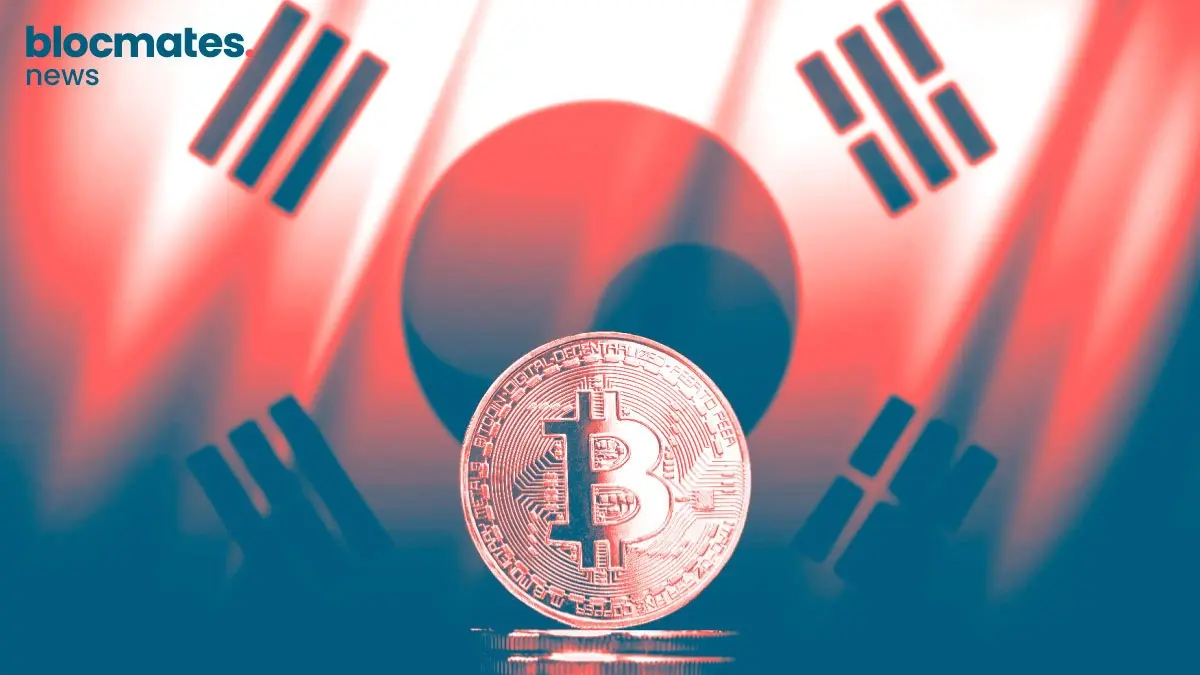Let us pretend, for a moment, that we aren’t just pea-brained degenerates looking for a way to escape the matrix.
Maybe we say and write smart stuff, build cool things, and contribute towards making the world a better place, instead of gambling our net worth away in the shitcoin casino.
If this were the case, then these contributions to improving the world would surely hold some value, right?
After all, they say data is the new oil. But what exactly is contained within this “data”?
In its simplest form, it’s the ideas, creations, and thoughts of everyone ranging from the left-curved crayon eaters to the right-curved giga chads.

The problem here is that big tech mega-corporations collect this data for pennies on the dollar and use it to build empires. The little guy gets nothing more than a few likes, some followers, and a periodic dopamine hit in return.
We are all data slaves being milked for our minds.
If we reframed the word “data” into the term “intellectual property,” then suddenly, we would feel some form of actual ownership. We would probably care a little more about who uses our intellectual property and for what.
Enter Story Protocol. The world's intellectual property blockchain that turns your brain into an asset class.
What actually is intellectual property?
In the wise words of Story co-founder Jason Zhao, who just so happens to have worked on Google’s Deepmind project, “Intellectual property is the atomic unity of ingenuity.”
If you, like me, have no idea wtf this actually means, the following paragraphs should help explain it.

Take a drive around your local town, turn on your TV, and visit your favorite website (incognito mode might help). Everything you see everywhere is someone's intellectual property (IP).
Every brand name, every logo, every catchphrase, even your own birth-given name is a form of intellectual property.
When you consider this on a less abstract scale, it involves all the big companies, famous people, inventors, and all of the creations they have made. All these hold immense amounts of value. Hence, they are generally trade-marked.
The cumulative value of the world’s intellectual property is somewhere around $61 trillion. For reference's sake, this is roughly half the value of every public company in the world combined.
Obviously, it’s hard to put an exact figure on this, but you get the general idea. IP is worth a lot, not to mention the intellectual property of folks like us who haven’t got a trademark to our names.
So if IP is data, and data is the new oil, then what is this oil going to be used to power?
Artificial intelligence (AI), of course.

How does AI drain our IP reserves?
In order for AI to become super intelligent, it requires immense amounts of data to be fed to it. This data, or IP, is literally the fuel that AI needs to survive.
The problem is that as AI swallows up vast amounts of global intellectual property on its path to total domination, those who have provided this valuable resource receive nothing in return.
It actually gets even worse than this.
Once AI has consumed a large percentage of global IP, it will then begin to produce IP of its own, if it hasn’t already. This has the potential to make human IP irrelevant over a long enough time span.
Consider also the fact that in the process of sucking up the world's IP and pumping out its own, there will be no real incentive for humans to bother creating anything anymore.
Things are starting to look pretty bleak for our humble, ape-like species.
As Jason Zhao puts it,
“The internet has brought the marginal cost of distribution to zero, AI will bring the marginal cost of creation near zero as well.”
Fortunately, Jason doesn’t just point out the potential problem, and the team at Story Protocol believe that they have the solution.
As always, it exists on the blockchain.
What is Story Protocol?
Story is a layer-1 [L1] blockchain tailored to help tokenize intellectual property. This IP can come in pretty much any form imaginable.
Artwork, music, code, ideas, AI agents, images, there is really no limit to what counts as tokenizable IP.

By bringing this IP on-chain, it becomes programmable and immutable.
Thanks to the Story Protocol technology, IP can be given a variety of attributes, like royalty agreements and terms of usage, that are forever stored on-chain and cannot be exploited or used in an unintended manner by a would-be data drainer.
This creates a decentralized way of managing intellectual property that provides maximum benefits to humans and AI creators alike.
Why is this important?
One of the biggest issues with IP in the online world is plagiarism. Someone creates something of value and others come along and copy it without giving any credit to the original creator.
This becomes especially problematic when training AI models as they emotionlessly suck up every piece of data available to become as intelligent as they possibly can.
Many AI systems are given the goal of discovering viral trends and capitalizing on them to produce content and give information that they believe is most relevant to the user.
The producers of this viral data are left to seeth away on the timeline as their cool idea gets spammed across the world wide web with nothing to show for it themselves.
Because AI is so fast at absorbing information, the current human creation of IP simply cannot keep up.
Story provides a solution to these issues by giving creators a way to protect their intellectual property by registering it on their platform.
This doesn’t only apply to human creators but also to AI creations, which can be equally as original.
Once a piece of IP is registered on the Story platform, its creator gets credit wherever it is used. This includes a share in any revenue that is made from its usage.
How does Story work?
There are four main components to the Story Protocol that give it the ability to protect the IP of its users.
- The network itself: Story L1
- Proof-of-Creativity Protocol
- Programmable IP license
- Agent-to-Agent IP

The Story L1
Story’s L1 network is a fully EVM-compatible blockchain, built specifically to handle the technicalities involved in managing intellectual property data sets.
Being an L1, it enables building applications and tools on top of its tech stack.
It has been designed with very specific execution layer traits that enable it to handle the complicated graph-like data structures necessary to protect intellectual property rights.
With a consensus layer based on the CometBFT tech stack, fast transaction speeds at low costs are guaranteed.
Thanks to LayerZero’s cross-chain capability, it won’t matter where in the crypto world your IP is being used; you will still receive what you are owed by those who wish to use it.
Basically, Story Protocol has created a way to represent your IP, via license agreements in code, i.e. smart contracts, so that it can be used both in the on-chain world and off-chain world in a seamless fashion.
One of the huge benefits of using Story Protocol to code-ify your IP is that you can avoid having to go through expensive processes with the likes of grifting lawyers in order to stake your claim on the great ideas and creations you have.

Proof-of-Creativity Protocol
The Proof-of-Creativity Protocol is basically a bunch of smart contracts that allow users to upload their IP onto the network and receive royalties whenever it's used.
This is done by registering your IP with Story as an IP asset (IPA).
The registration process involves creating an NFT or using an existing one and then creating an IP account. The IP account is represented by a modified version of ERC-6551, which effectively tokenizes it for use in the real world.
Once an IP account is created within the Proof-of-Creativity Protocol, the user can then customize the terms of its use. This includes things like: what exactly it can be used for, the ability to allow derivatives to use the IP, and the royalties claimed when someone decides to do so.
Modules are used to interact with the IP, more specifically a licensing module, dispute module, and the royalties module.
The licensing module allows creators of derivatives work to mint license tokens while the royalties module is used to collect income from the derivatives work itself. If something goes wrong along the way, the disputes module can be used to settle it.
Basically, if you can come up with an idea or a creation that is good enough to be mass-adopted, then there is some serious potential to make a pretty penny. You may even be able to leave the trenches forever and experience how those one-per-centers live on the other side.
Apparently, the grass is greener over there, but I doubt it.

Programmable IP license
The concept behind the programmable IP license (PIL) is a relatively simple one. At its core, it is just an off-chain legal contract that protects the creator's IP when used in real life.
This legal contract contains all the terms and parameters created in the Proof-of-Creativity Protocol.
What this does is create a link between the on-chain world and what has been put into code there, and the off-chain world where the IP asset may be used. It creates a redemption mechanism that enables the redemption of intellectual property.
Unlike when you buy a sub $200k coin that rugs and then proceed to DM the dev on Twitter for a refund, this IP license is an actual legal contract and guarantees a creator that the terms they set in their IP usage are met.
Agent-to-agent IP
One of the most interesting aspects of what Story Protocol is doing comes in the form of its agent-to-agent transaction system.
This system, facilitated by the Agent Transaction Control Protocol for Intellectual Property (ATCP/IP), allows AI agents to trade all things IP with one another. This creates the potential for a future where AI agents can create and monetize their own IP with ease.
Imagine a world where an AI agent creates some form of intellectual property, e.g., a song, and another AI agent can then go ahead and buy the derivative rights to the music in order to remix it.
This could all happen in a fully automated fashion and any revenue created by doing so will flow back to the original agent creator.
On top of this, leading AI agent creators can use the vast library of IP stored on the Story network to train their models into super intelligent beings.
Truly mind-blowing stuff.
Putting it all together
Let’s imagine for a second that you are the famous Norwegian artist, Edvard Munch, and you have been hanging out at the local watering hole with none other than Nikola Tesla, showing him your latest artwork of a weird screaming man.
After a few too many pints, Tesla starts talking about this time machine he has created, and you immediately call him out for being completely full of shit. In your drunken stupor, you head back to his place and tell him to send you to the year 2025.
In a great flash, you are sent speeding down a wormhole and in your amazement, you arrive at the other end surrounded by a bunch of strange, broccoli-hairstyle zoomers making stupid TikTok songs and uploading them into Story Protocol as IP.
You check your pockets and find the screaming man painting and decide, as it's the only thing you have to your name, that you’d better secure its intellectual property rights and get one of these zoomers to help you upload it into Story.
You upload the image as an NFT, register it as an IPA on the Proof-of-Creativity Protocol, and outline the terms of its use as a derivative, including the royalties you will receive if anyone decides to use it.
Next, you mint a few license tokens, backed by a programmable IP license legal contract, so anyone who decides to use your screaming man painting can purchase the right to do so.
The following day you wake up to discover that some basement dwelling virgin on CT has taken your world-class painting and replaced the screaming man with Pepe, the frog.
Naturally, you are pissed.
The anger soon disappears, however, when you discover you have made a decent chunk of coin for the use of your image. You head straight back to the pub to spend your newly acquired wealth on a mountain of beverages, only to be met with an even worse fit of anger when you discover that in 2025, a beer costs $8.
True story.

IP token
The IP token is Story Protocol’s native token that will be used to tokenize the world of intellectual property. It stands as the centre-piece in the Story ecosystem.
The token itself serves multiple purposes.
IP is used to secure the Story network via staking and has added utility in the form of being the gas token for transactions on the protocol, something that is always good to see. This can potentially create deflationary circumstances as the network grows, IP will be burnt as a result.
The IP token is also used to vote on governance proposals, giving it all the multi-purpose use cases one wants from a native token.
With an initial supply of 1 billion IP tokens, 25% of which will be unlocked from day 1 to get the ball rolling, the IP distribution is as follows:
- 38.4% of tokens are allocated to the ecosystem and community
- 10% goes toward initial incentives
- 10% to the foundation
- 21.6% is allocated to early investors
- 20% to core contributors

The community-allocated IP tokens will be unlocked from the first day of the public mainnet going live and the remaining token unlocks are set to occur over the following 48-month period.

Story Protocol has also implemented a fair launch staking mechanism that prevents insiders from earning early staking rewards.
Always a positive sign!
For a full overview of the IP token, its tokenomics and the staking mechanisms check out this blog article from the Story chads themselves.
Closing thoughts
Ridiculous time-traveling stories aside, protecting creators' intellectual property is big business, and in an AI-driven world, it’ll only grow even more.
Large companies spend fortunes ensuring that their IP remains theirs and sue anyone and everyone who use it without their permission.
The Story Protocol team is about as stacked as it gets and includes Jason Zhau (who previously worked on Google’s Deepmind), Seung Yoon Lee, and Jason Levy (ex-Apple).
These guys share a wide scope of expertise in crypto, AI, and IP.
Since its inception in 2023, Story has raised $140 million from three rounds led by none other than a16z crypto. Fair to say that the big players in the AI/crypto world are very interested in what is being built here.
Essentially, the chads at Story Protocol are hoping to create an entirely new online economy where creators and AI can work together to share ideas, concepts and creations while being fairly rewarded for doing so.
The underlying belief behind the Story Protocol team is that in order for IP to survive in this new AI age, it needs to become software. It just so happens that the best place for anyone to own their own software is right here on the blockchain.
This really is the future in the making, and it’s all happening directly under our degenerate noses.
What a time to be alive!






%20(1).webp)
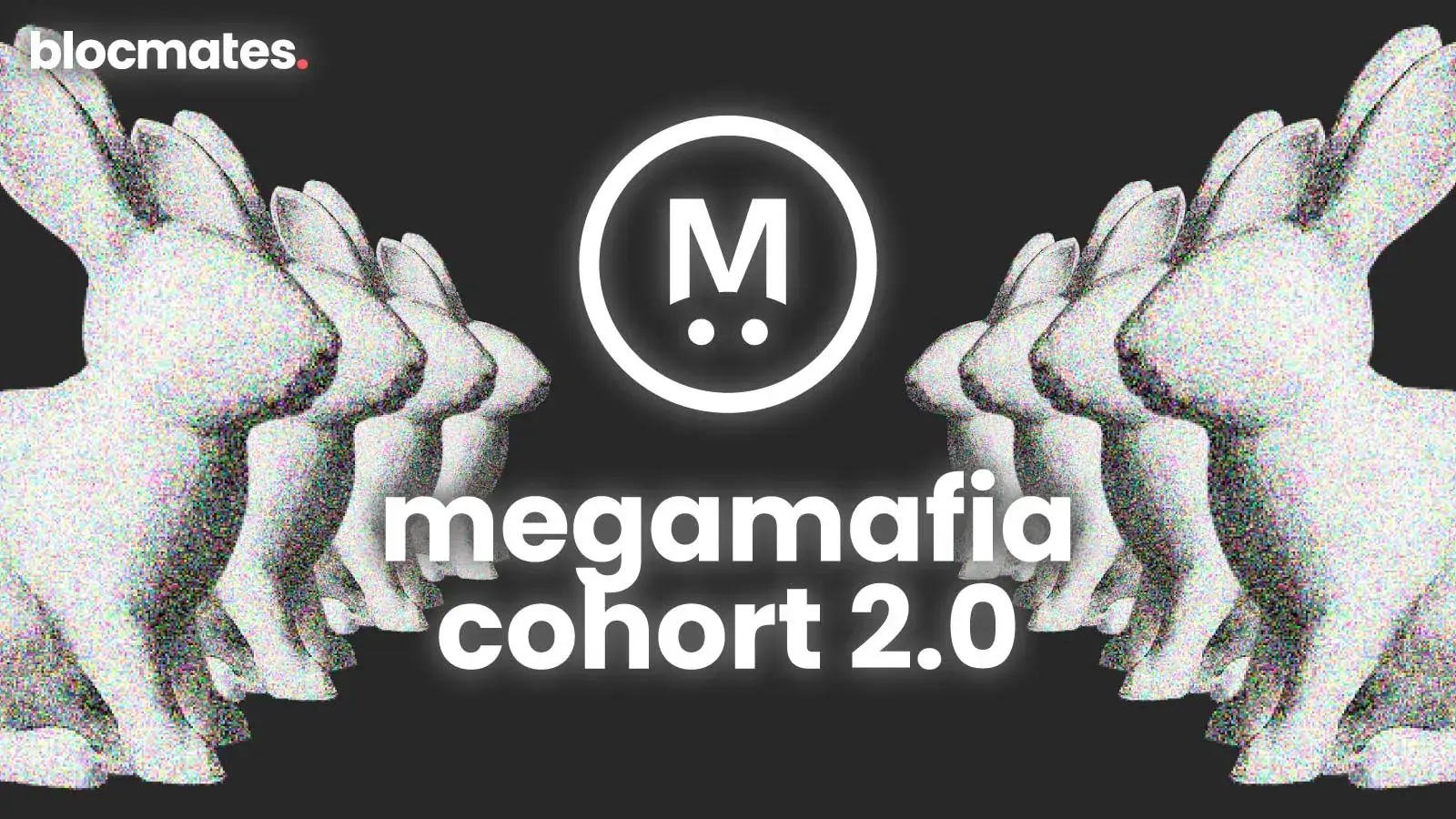



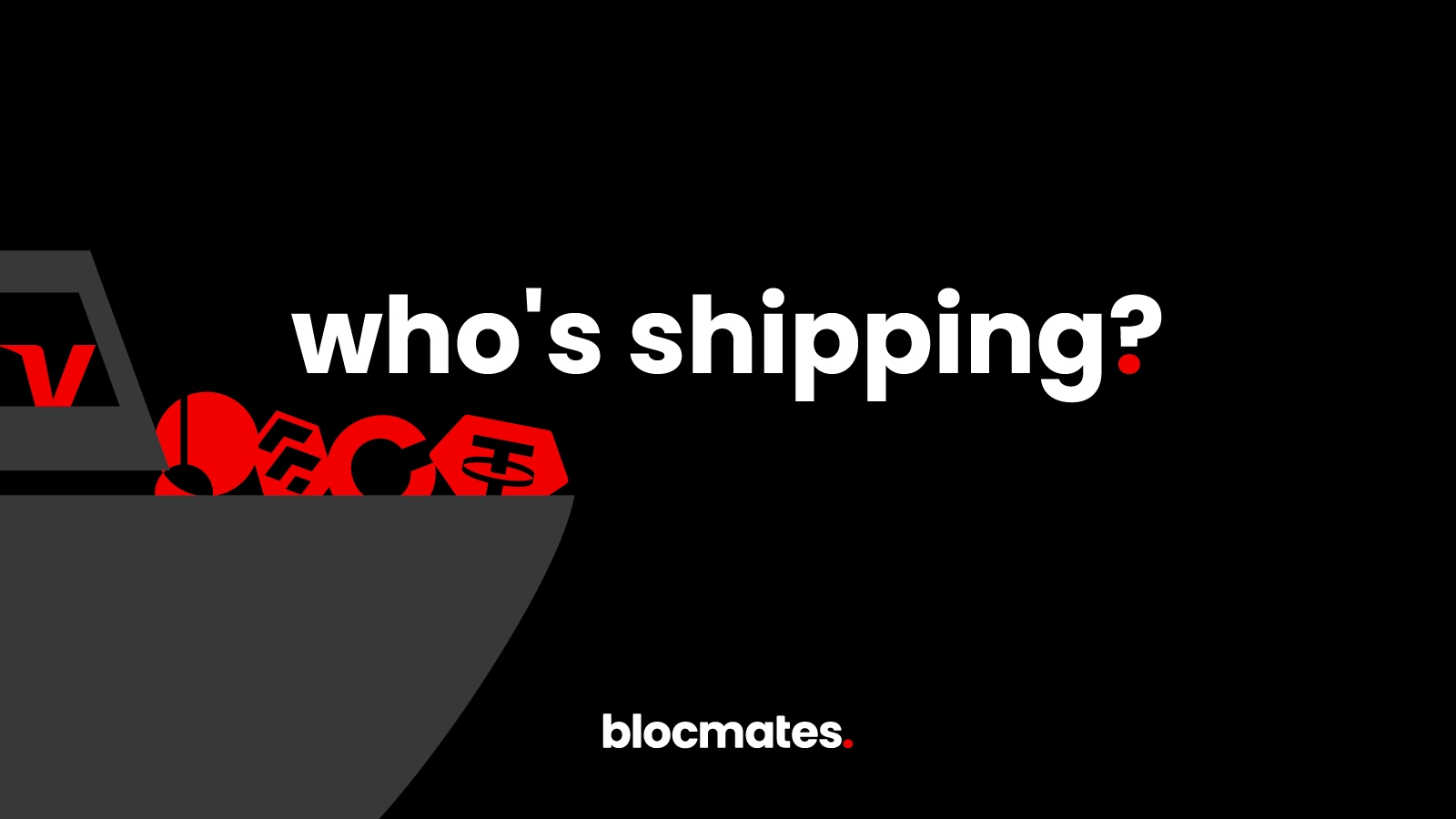
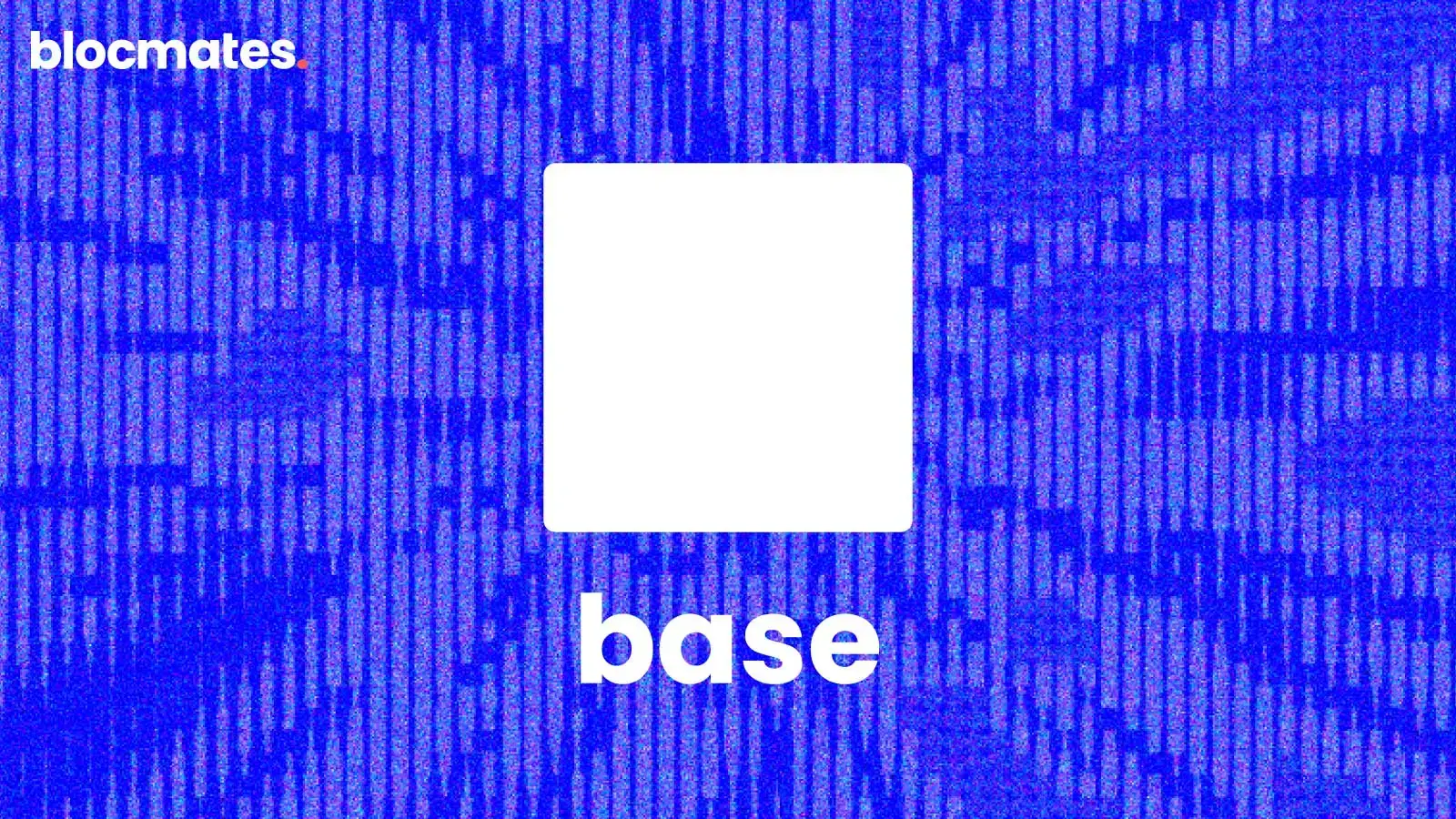
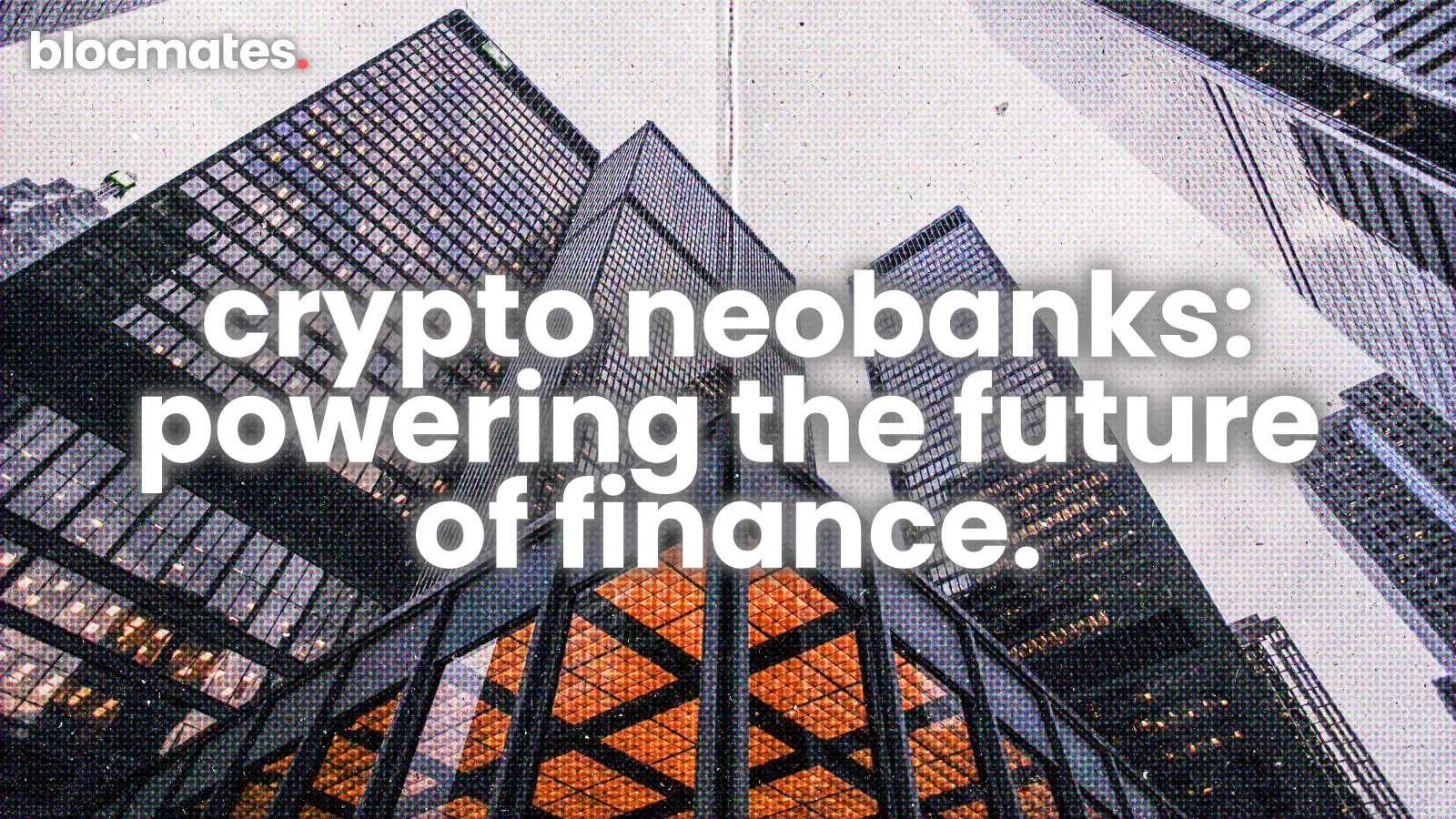


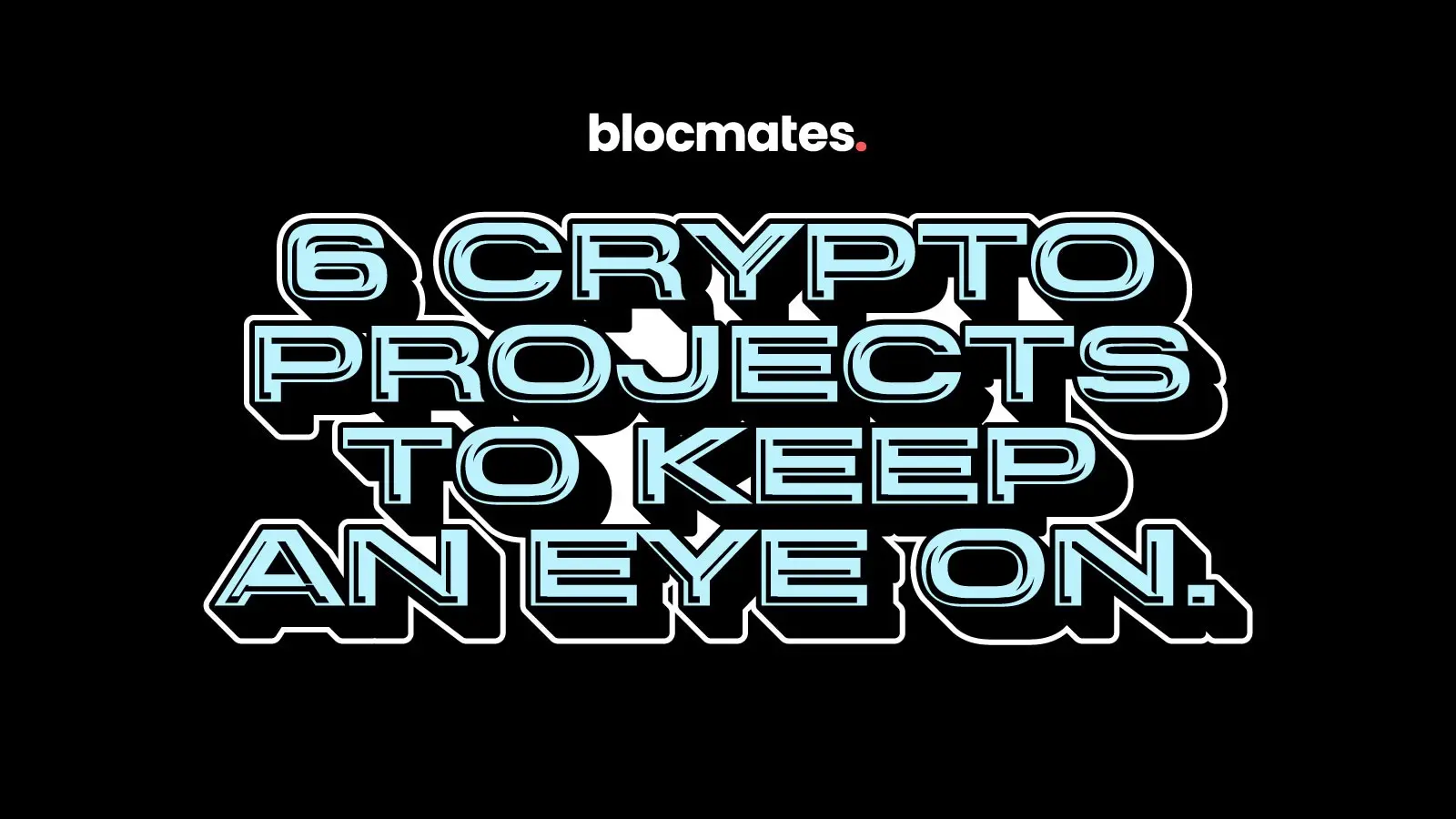
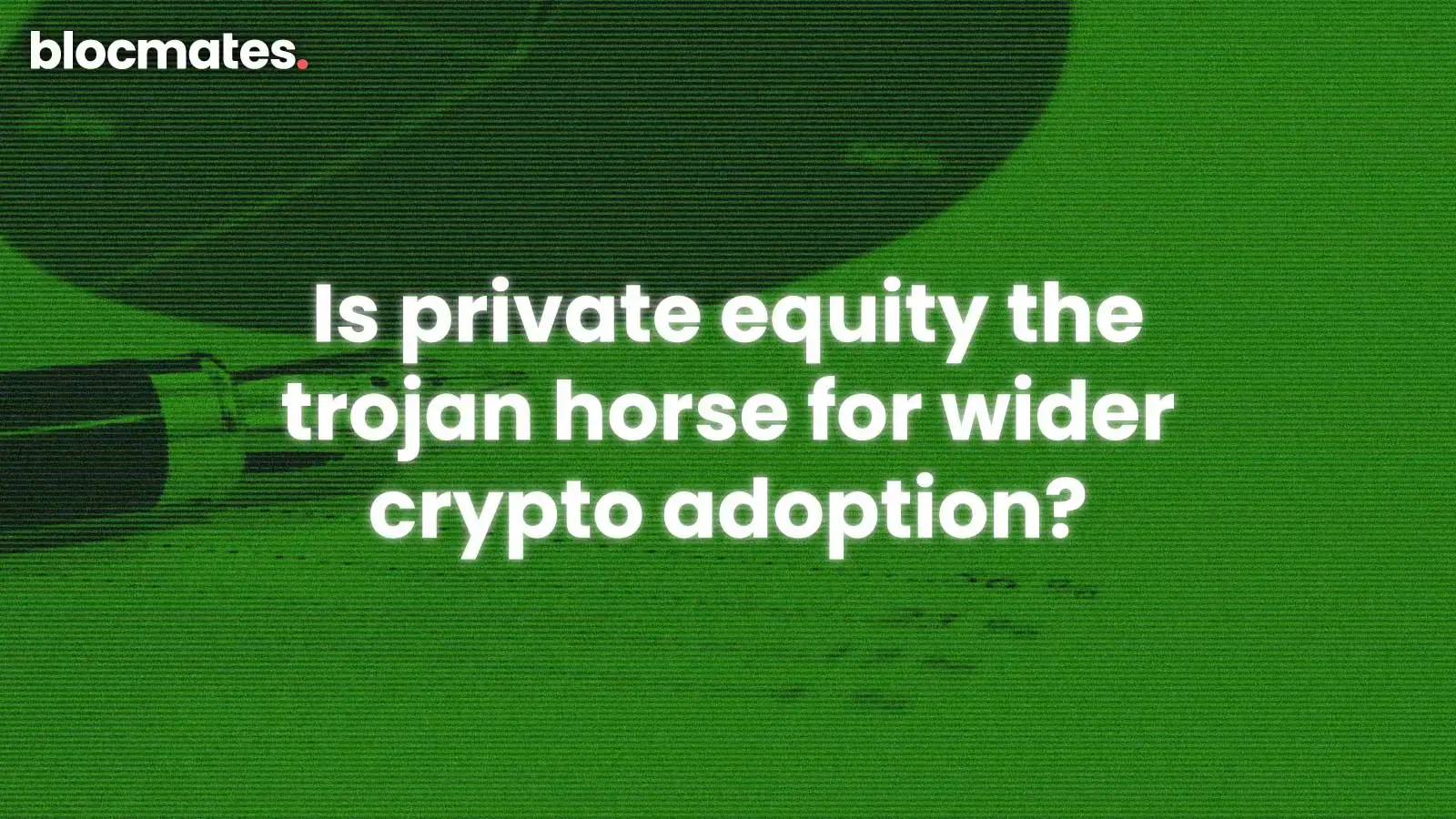
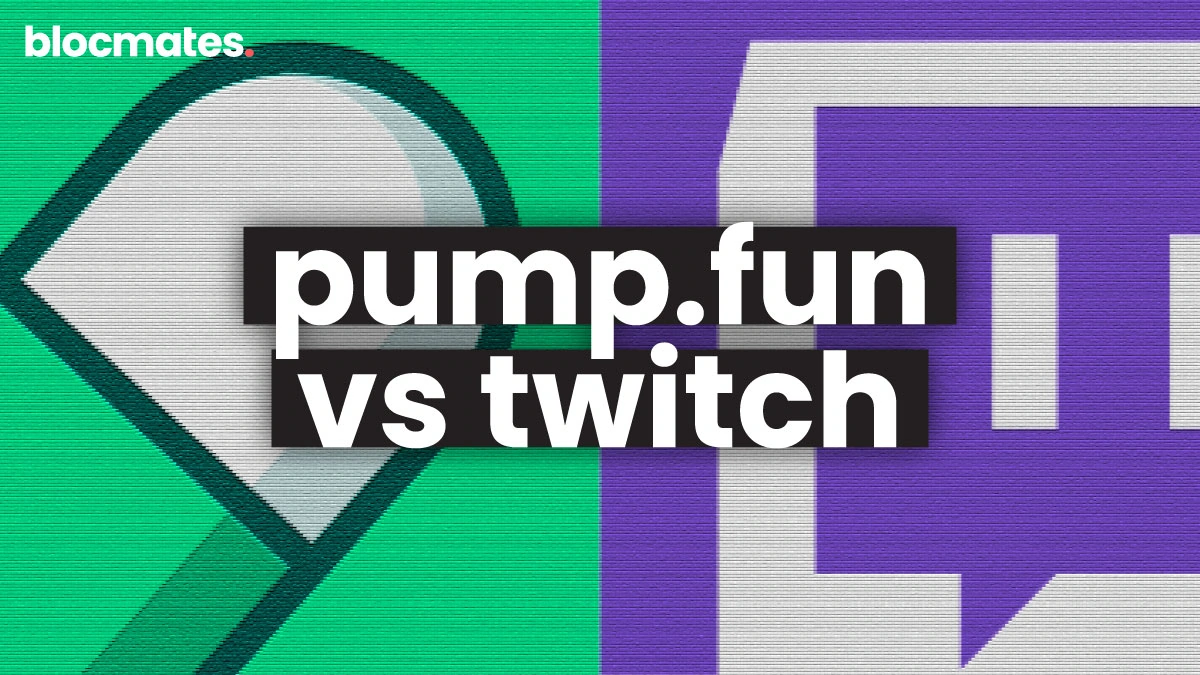

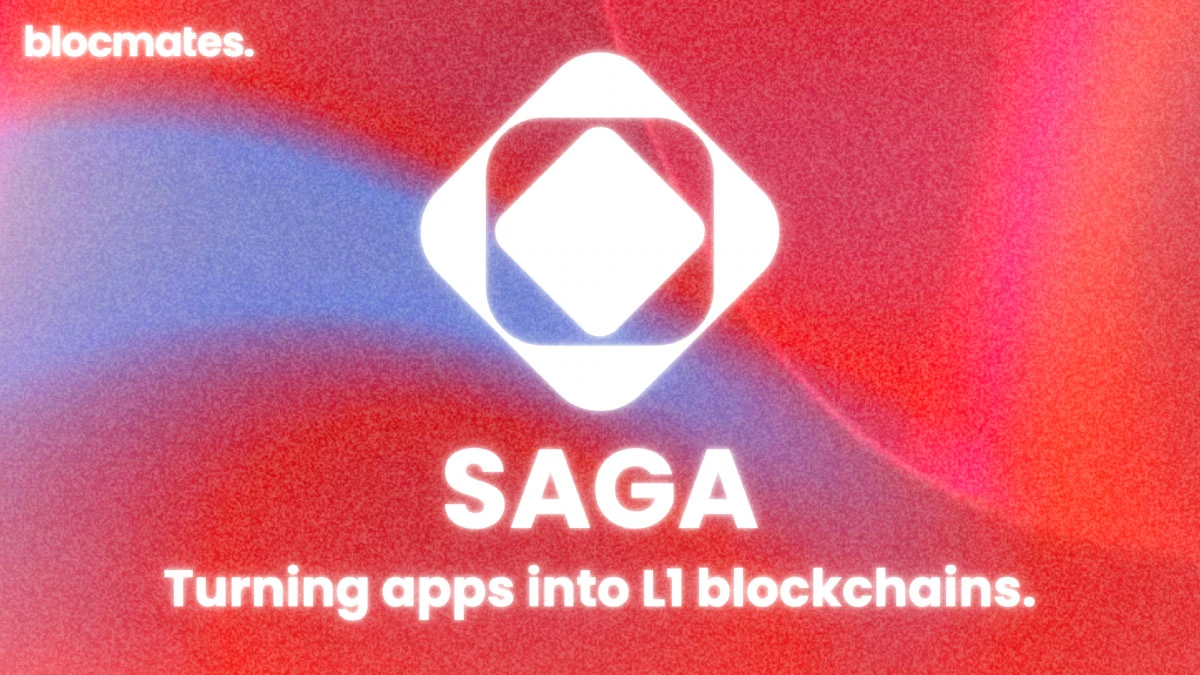
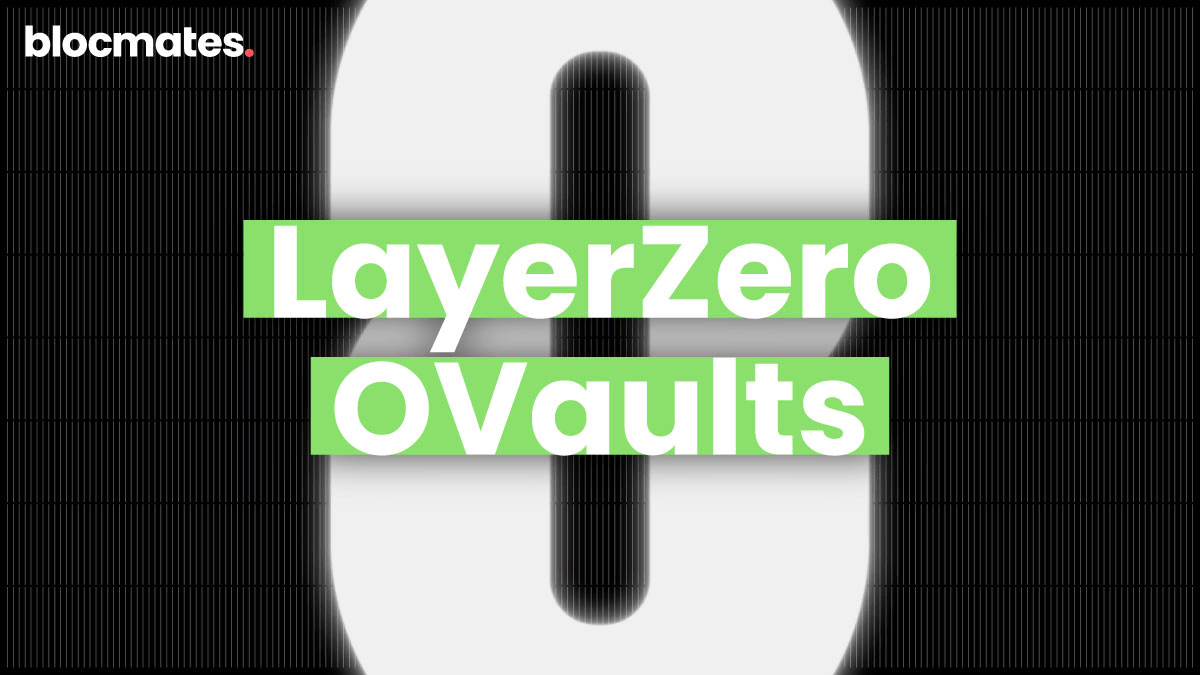
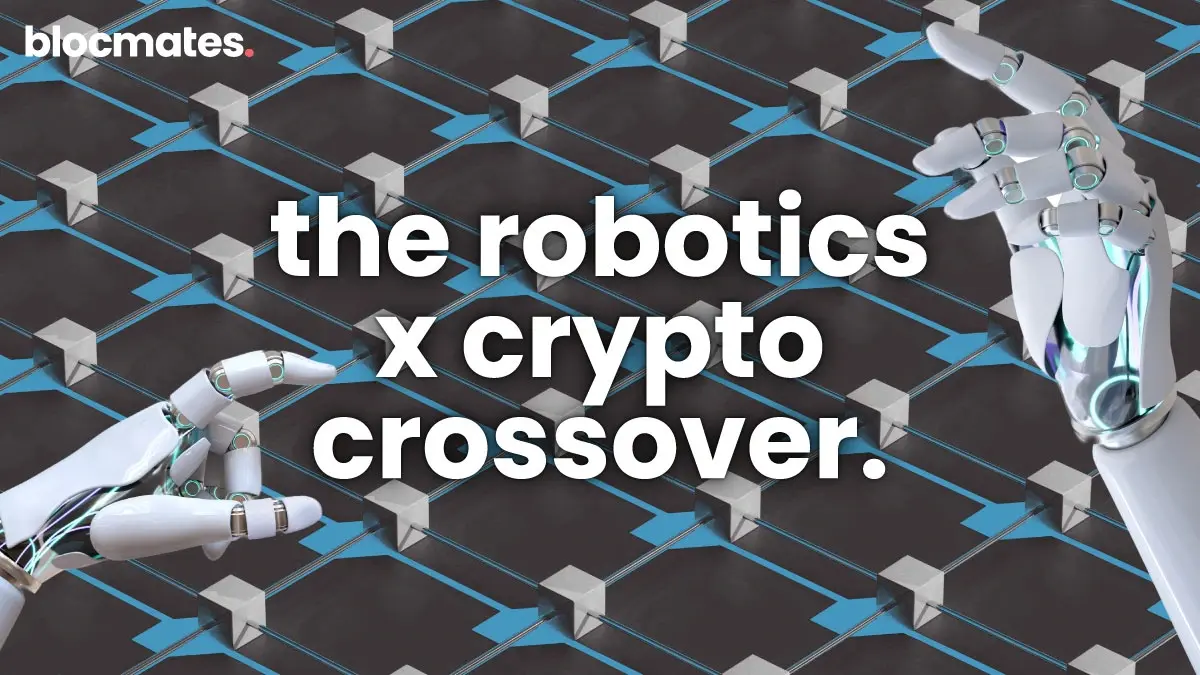
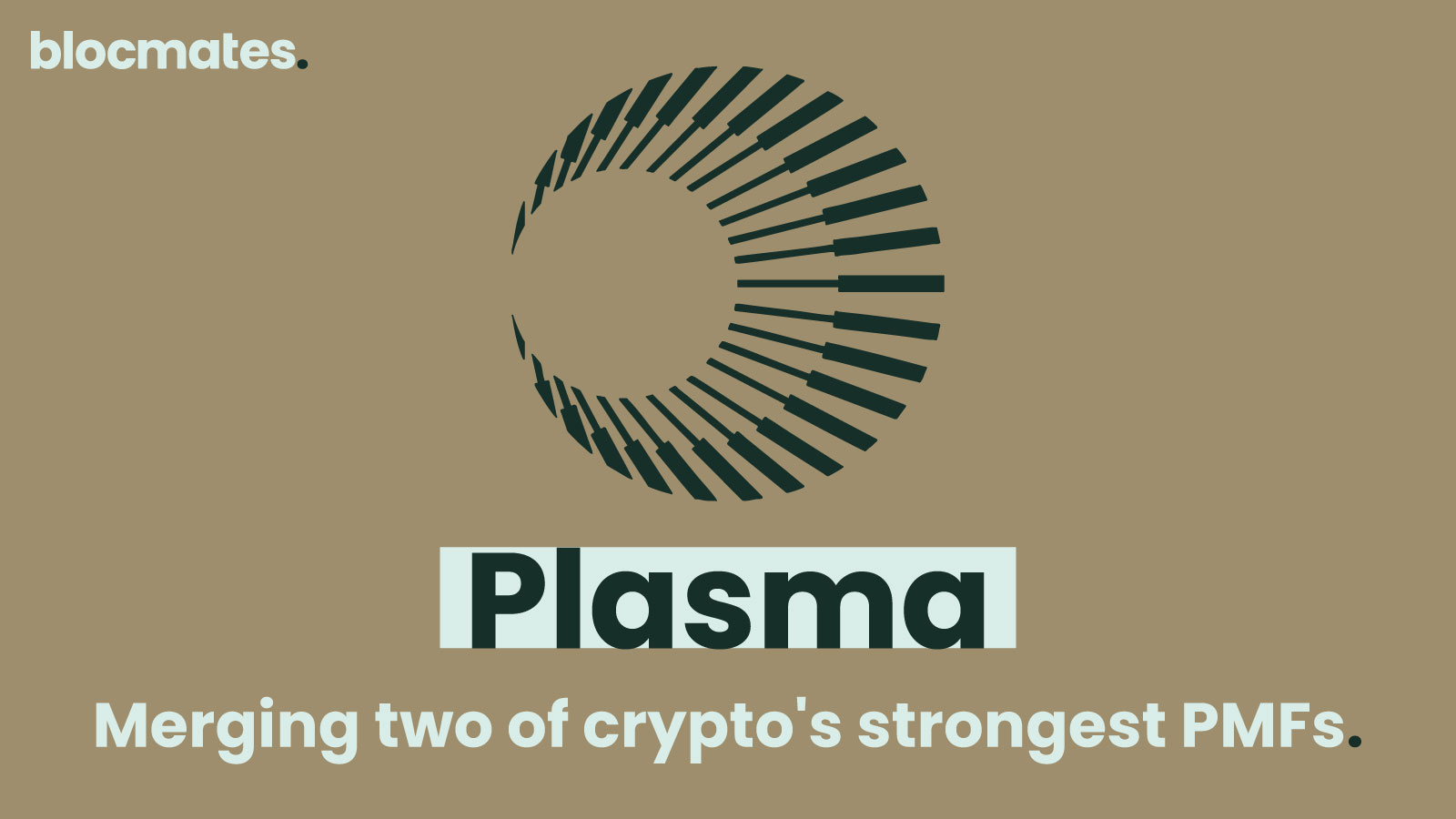
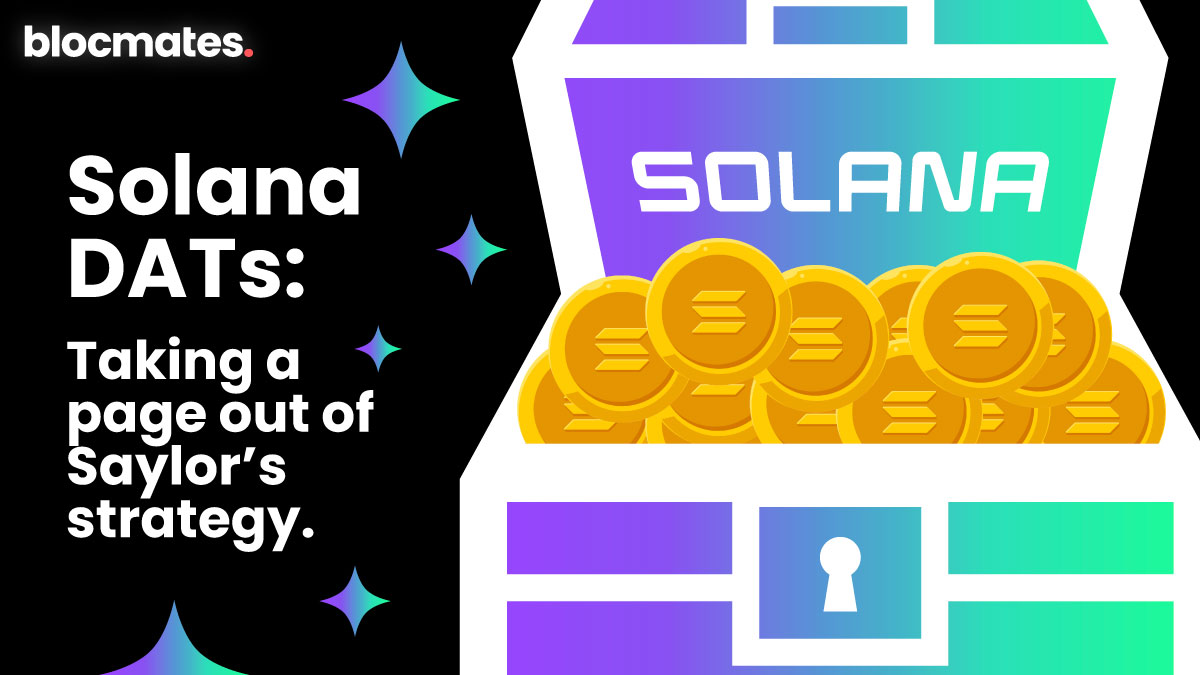
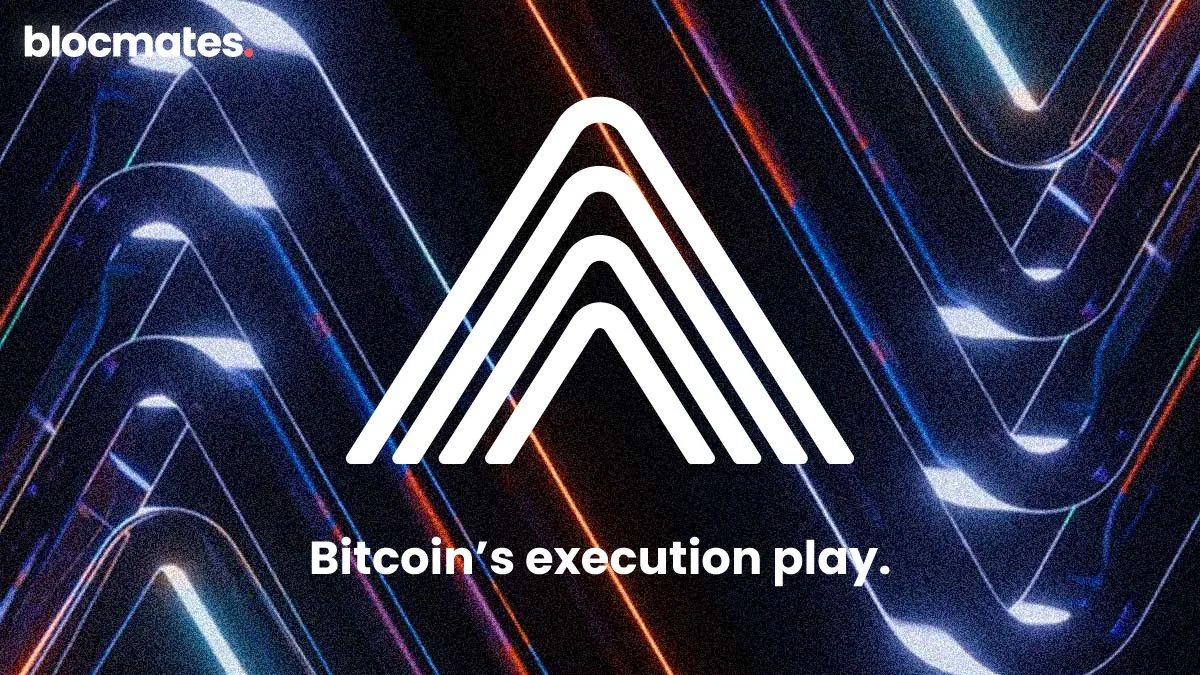
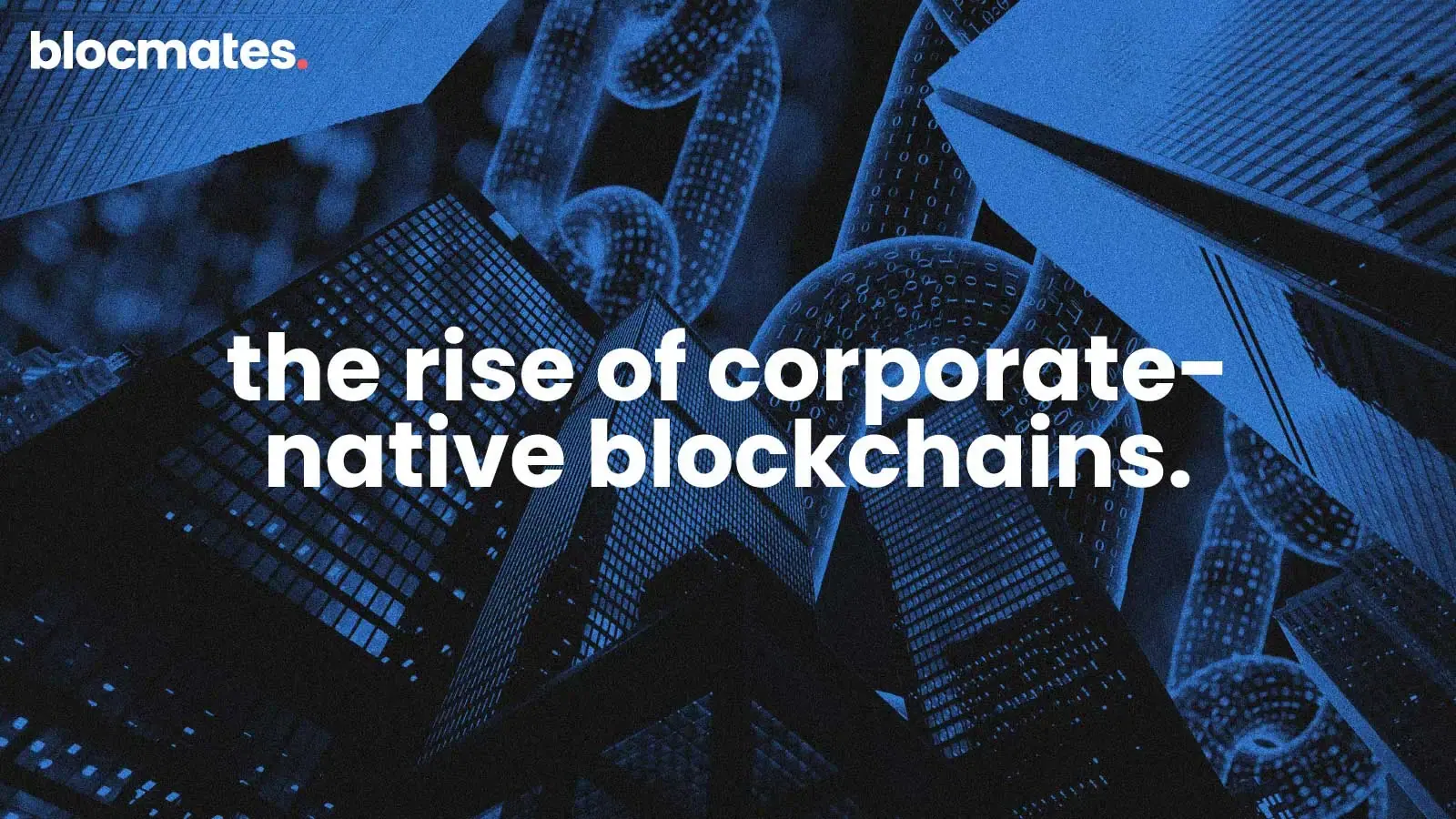
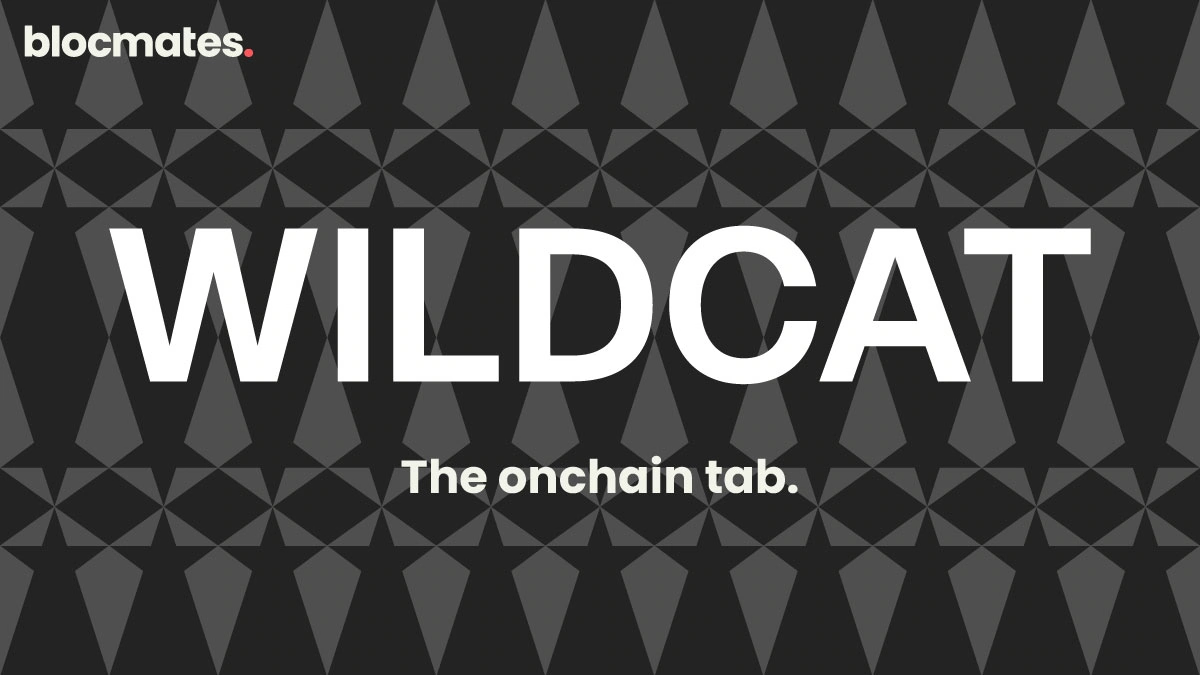
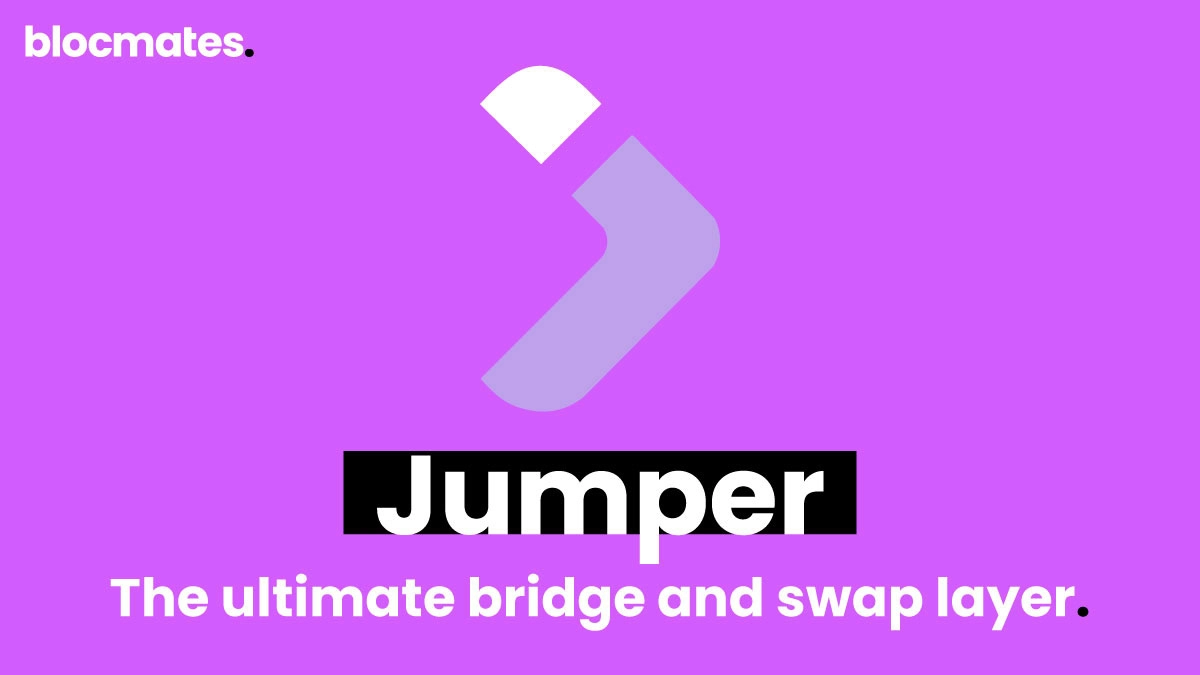
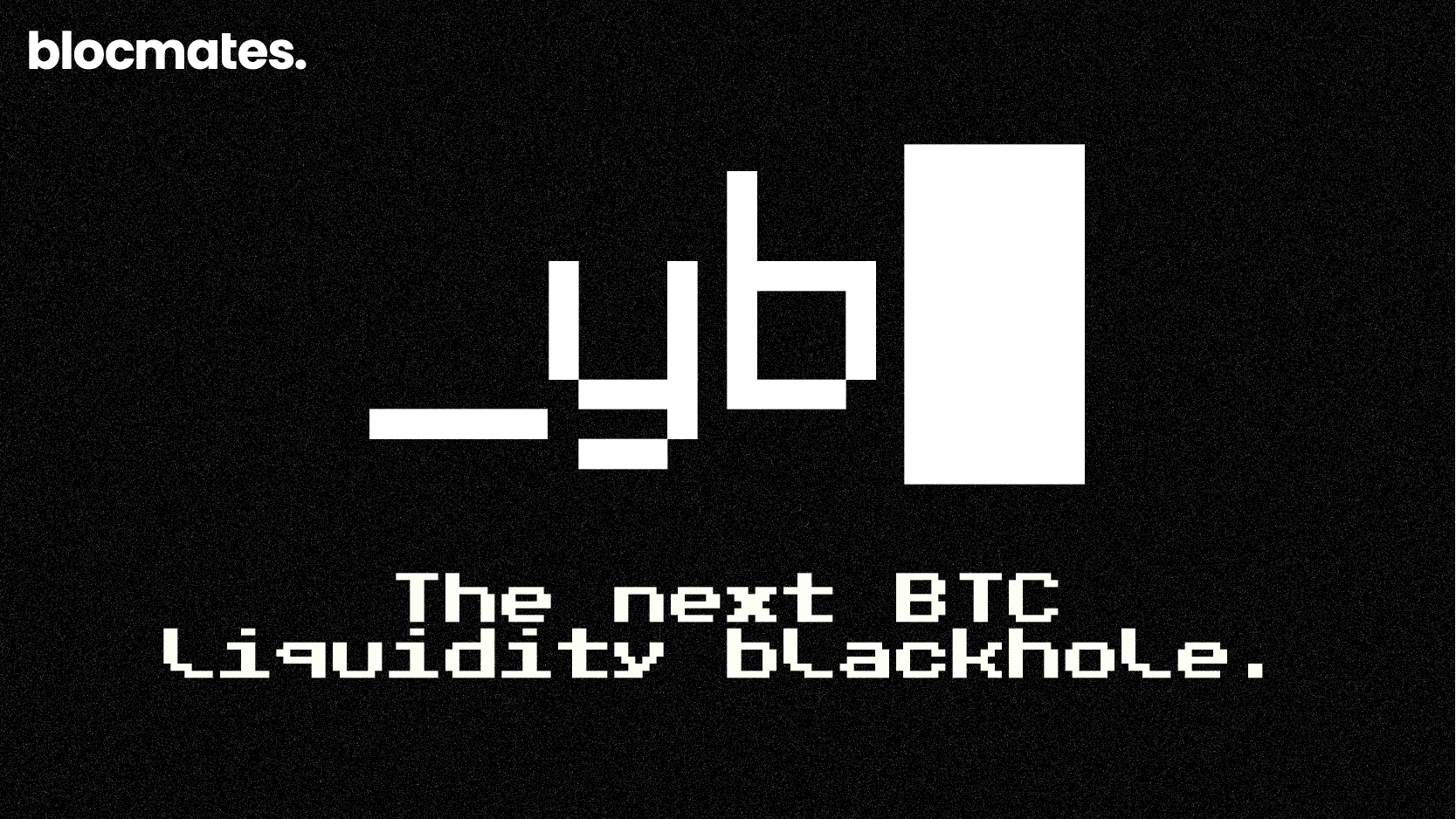
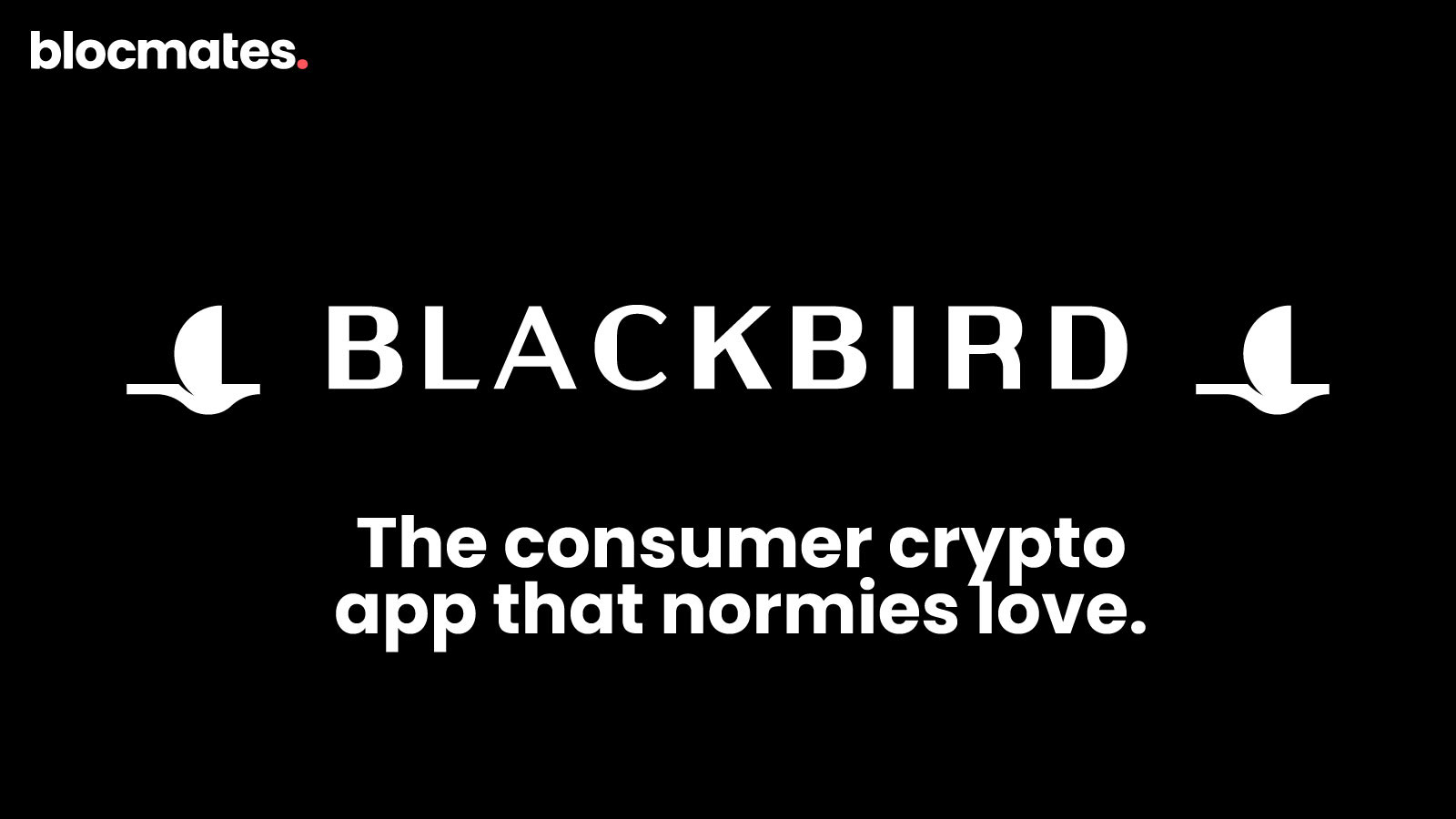
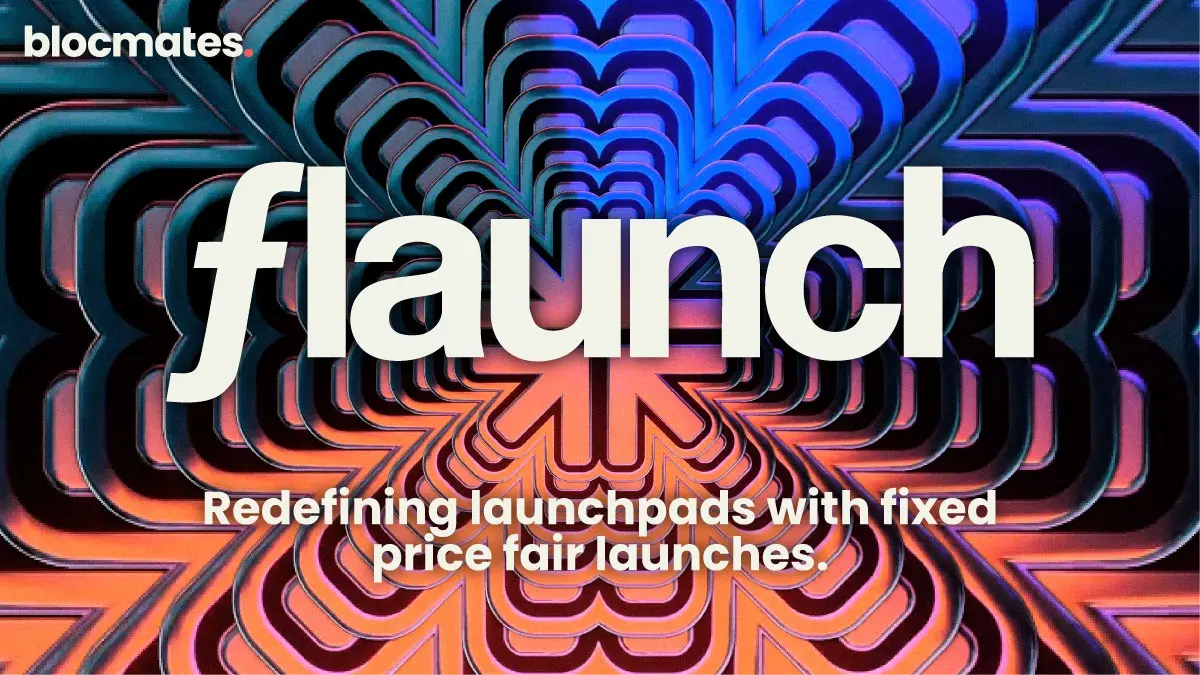
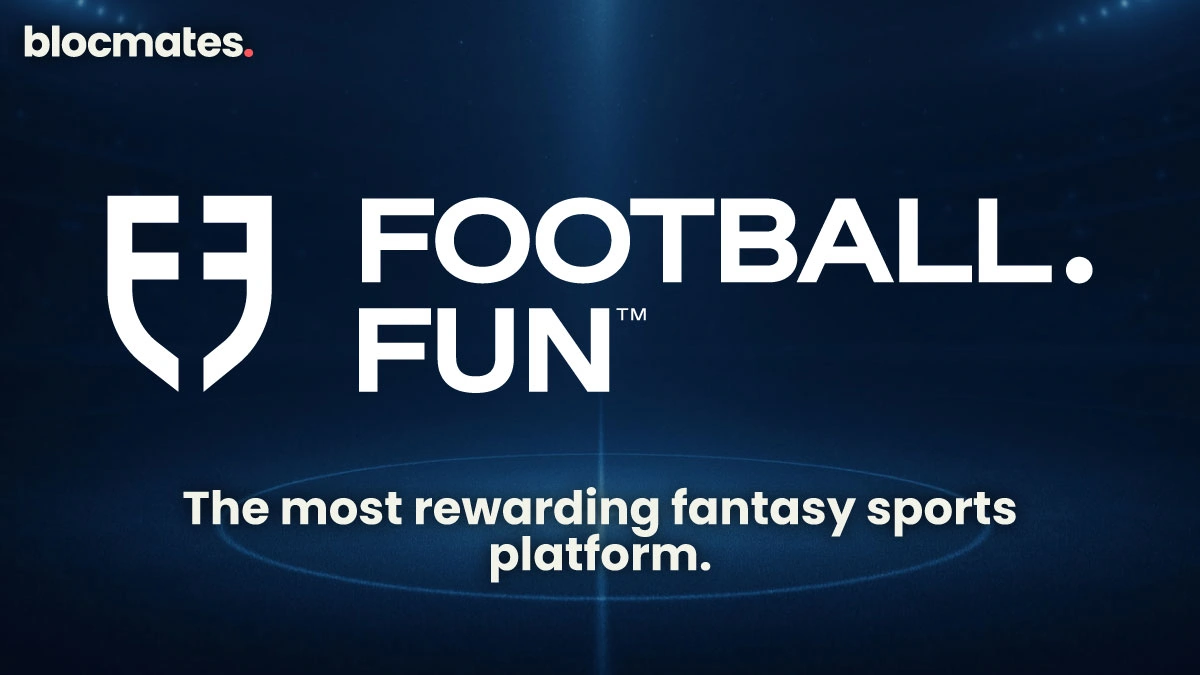
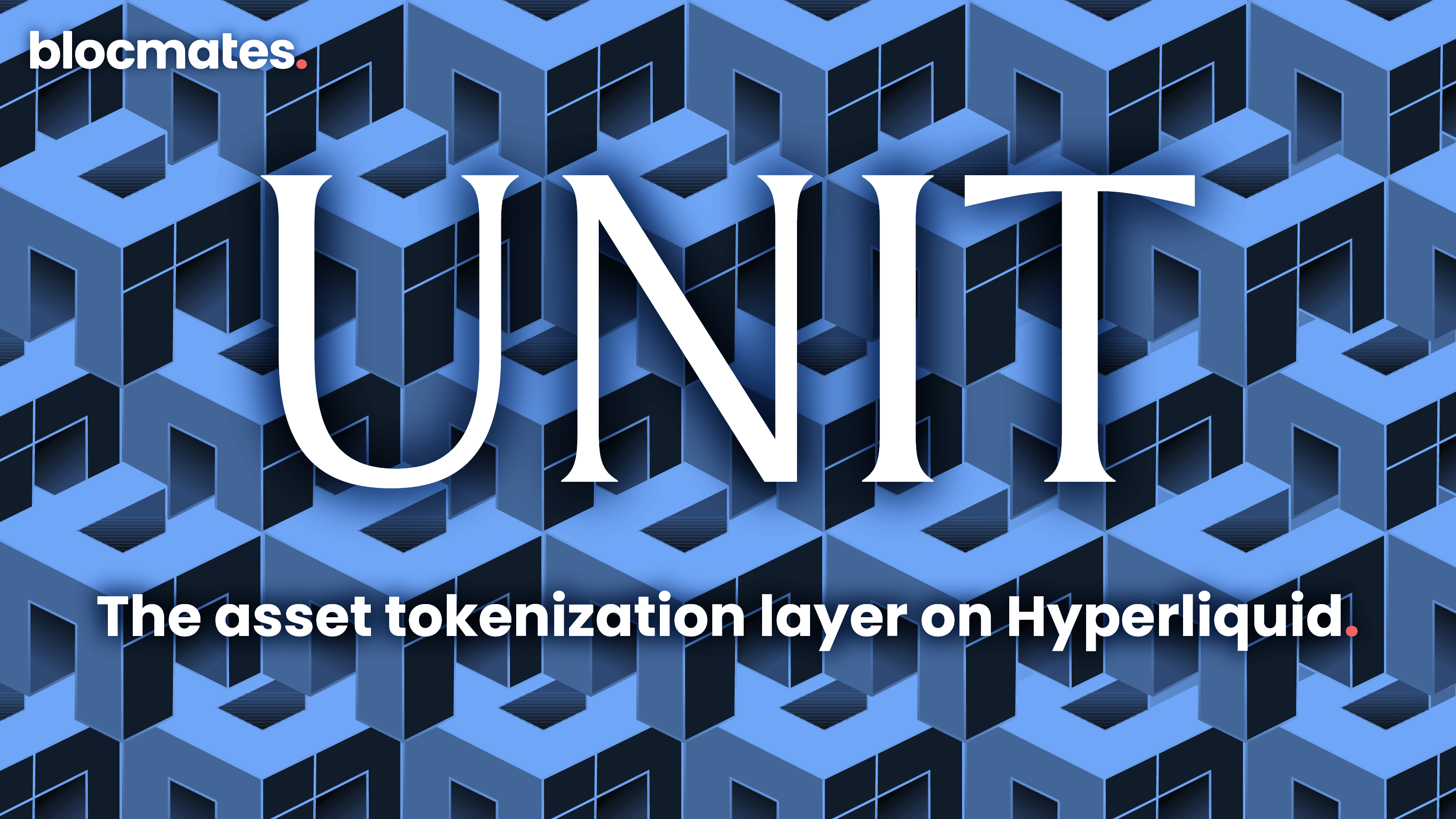
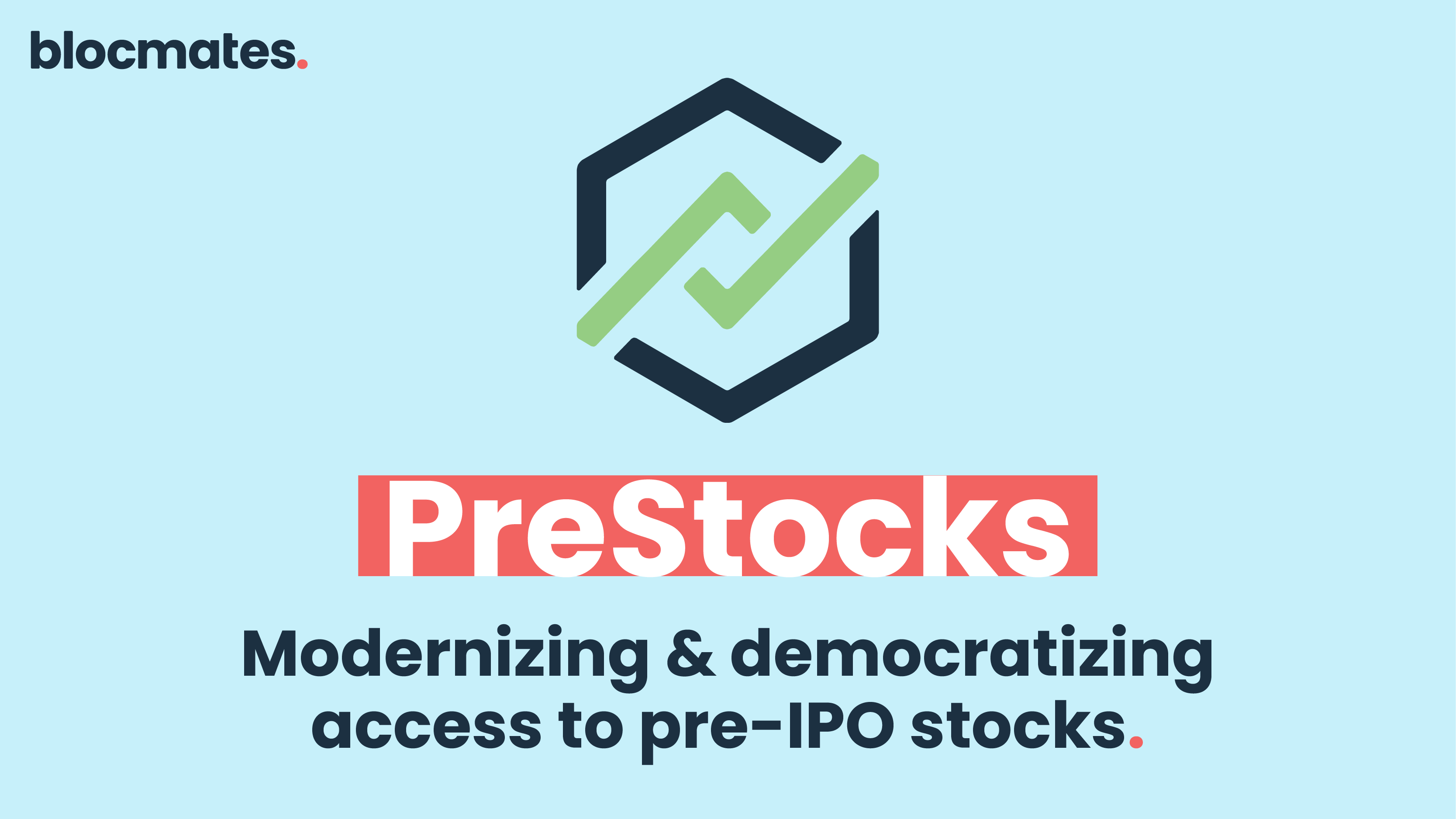

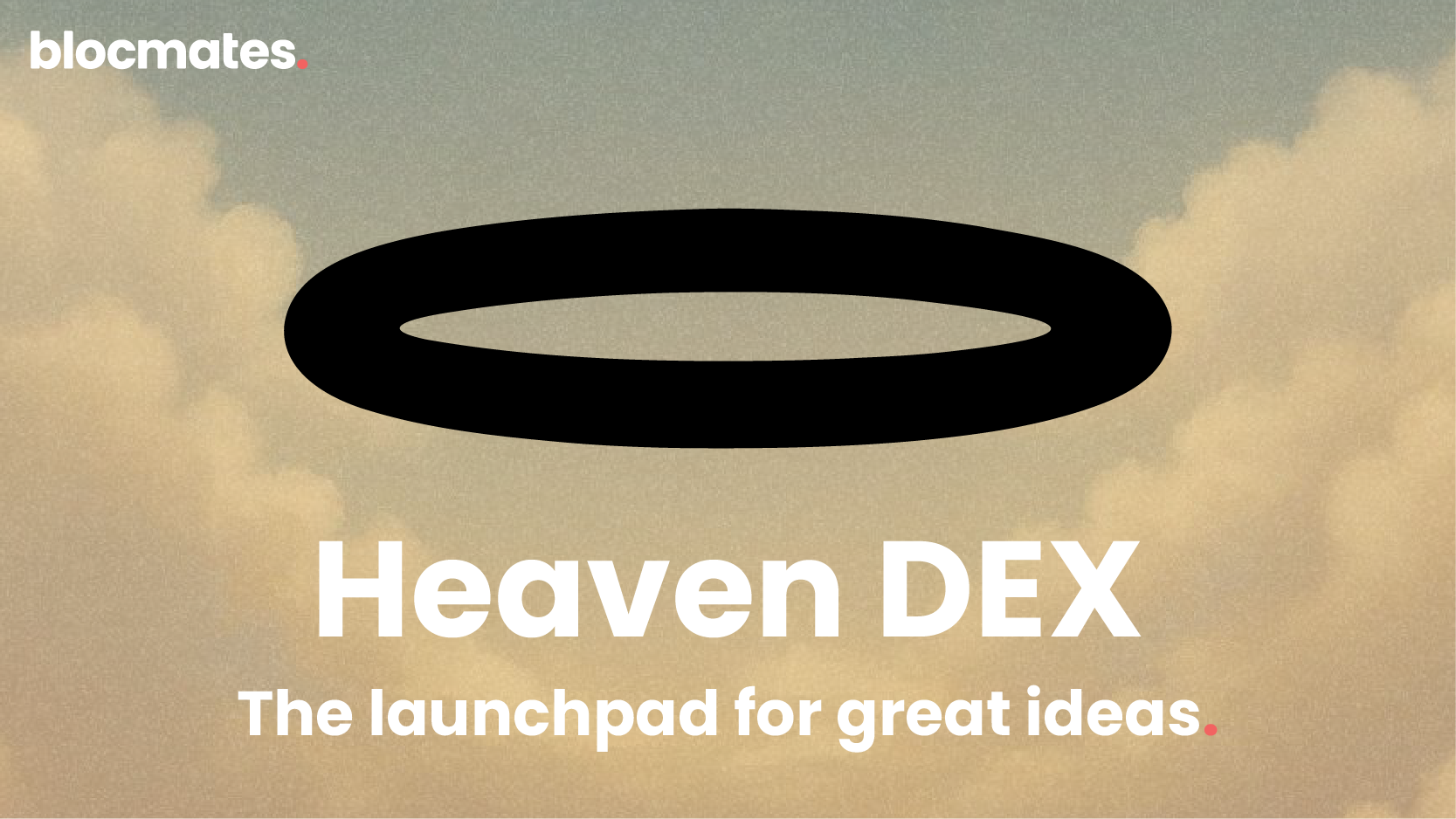
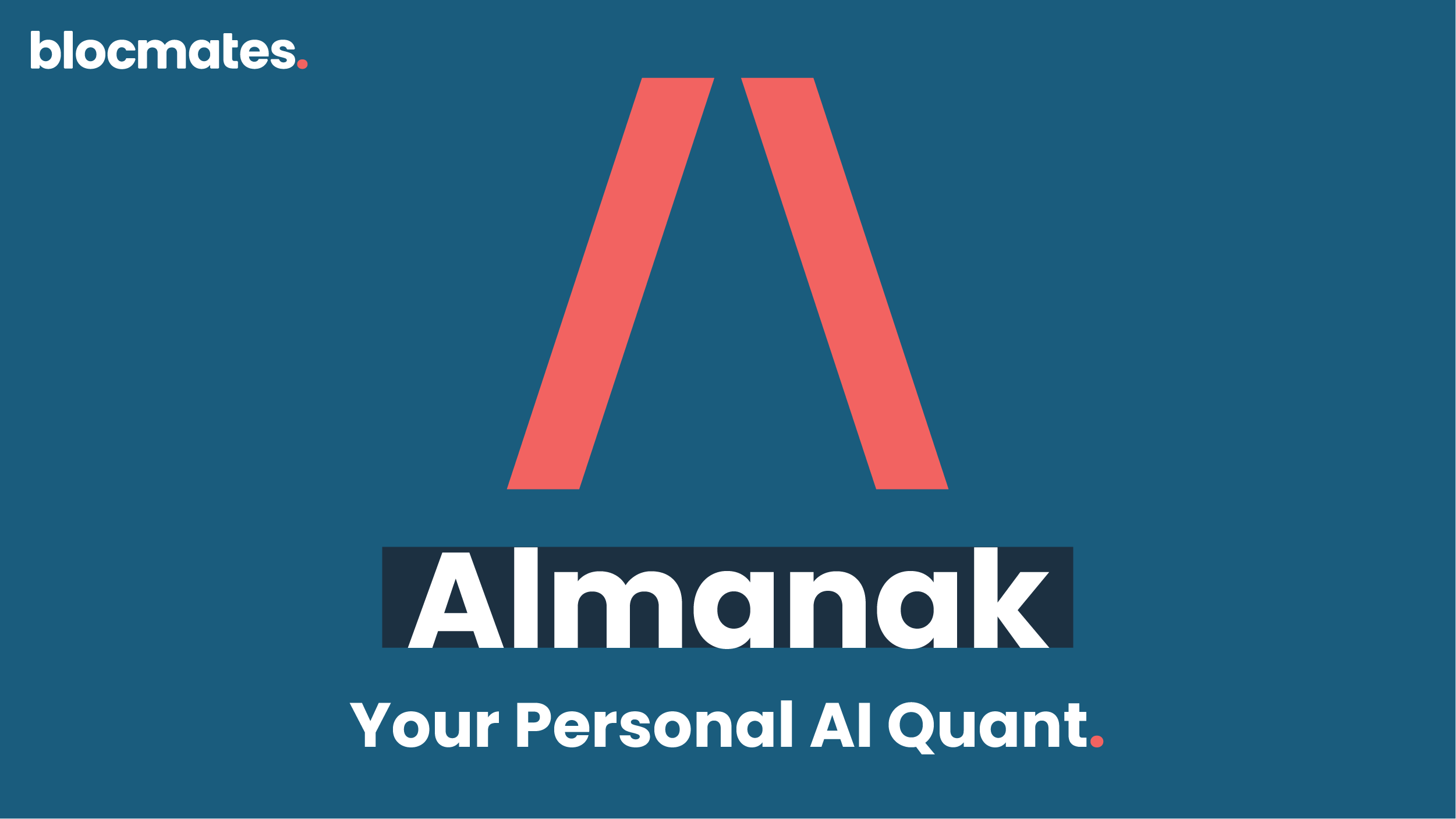
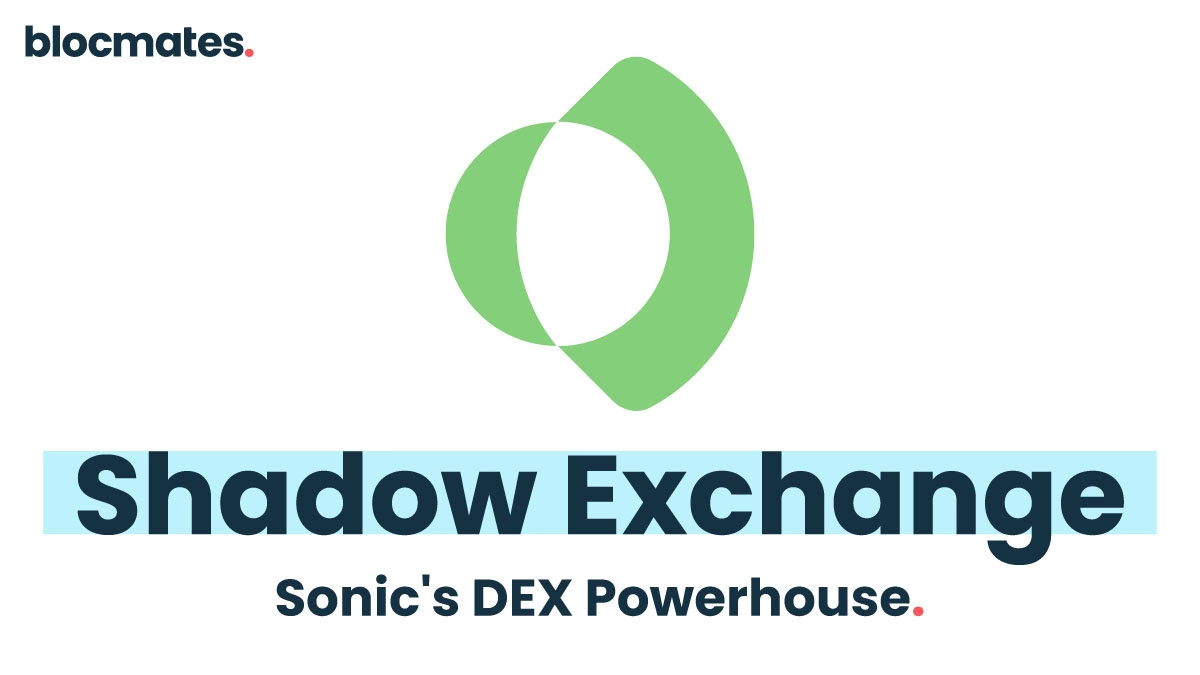
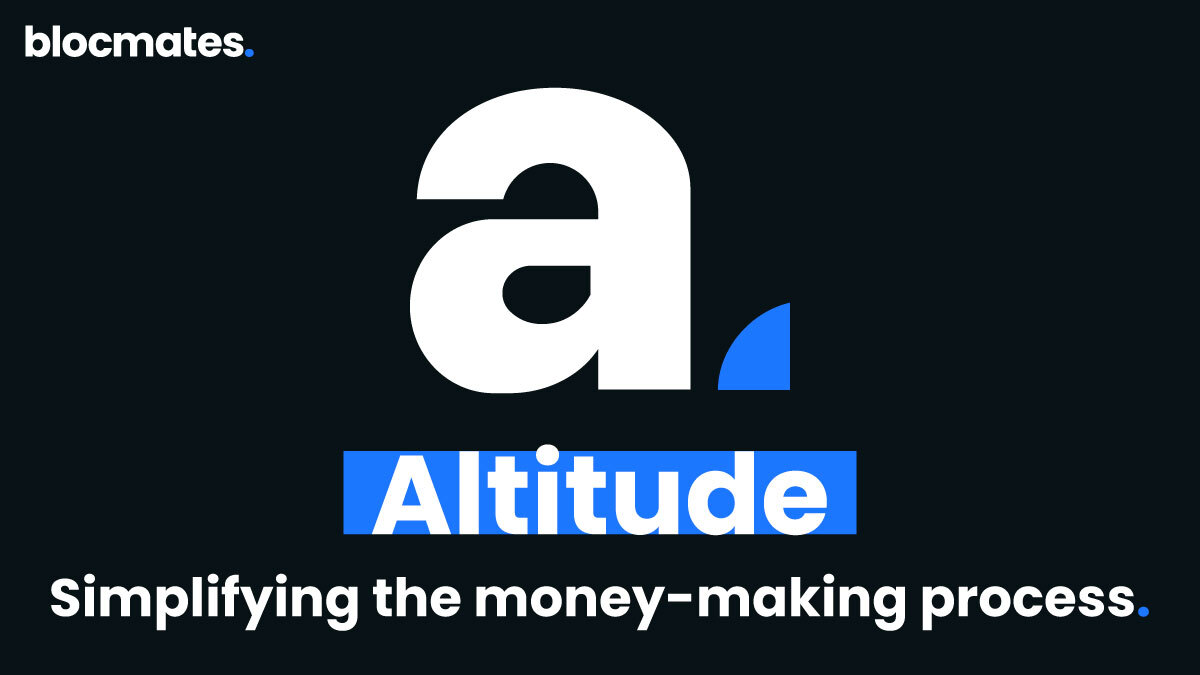
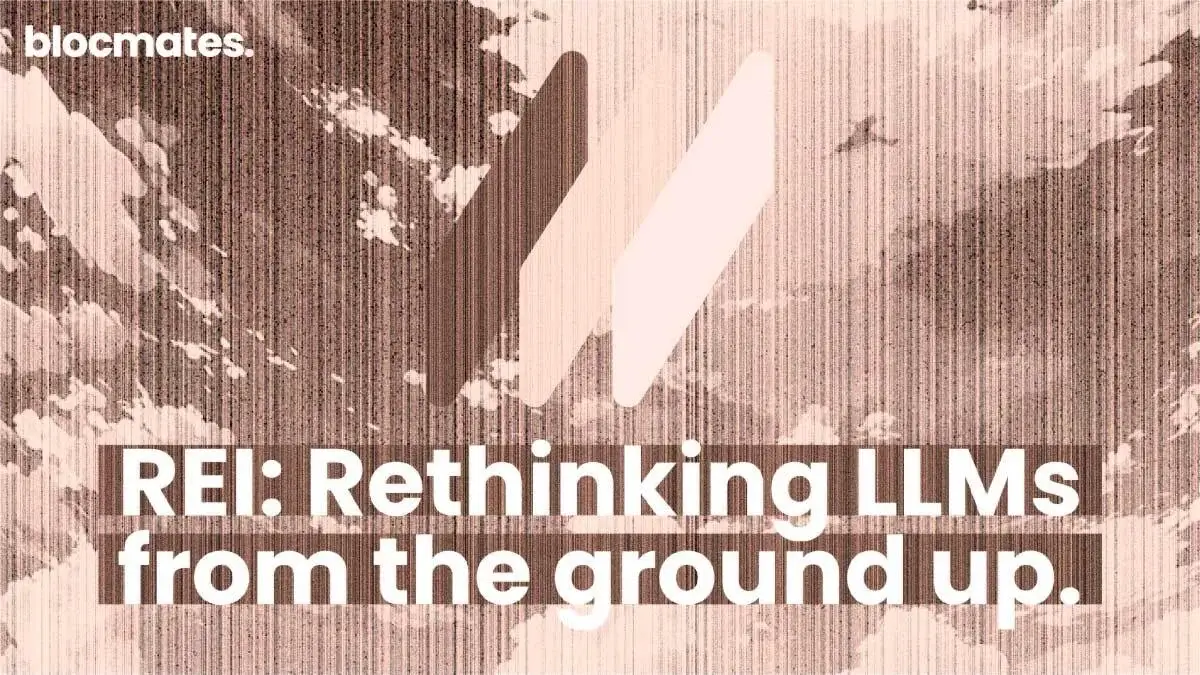
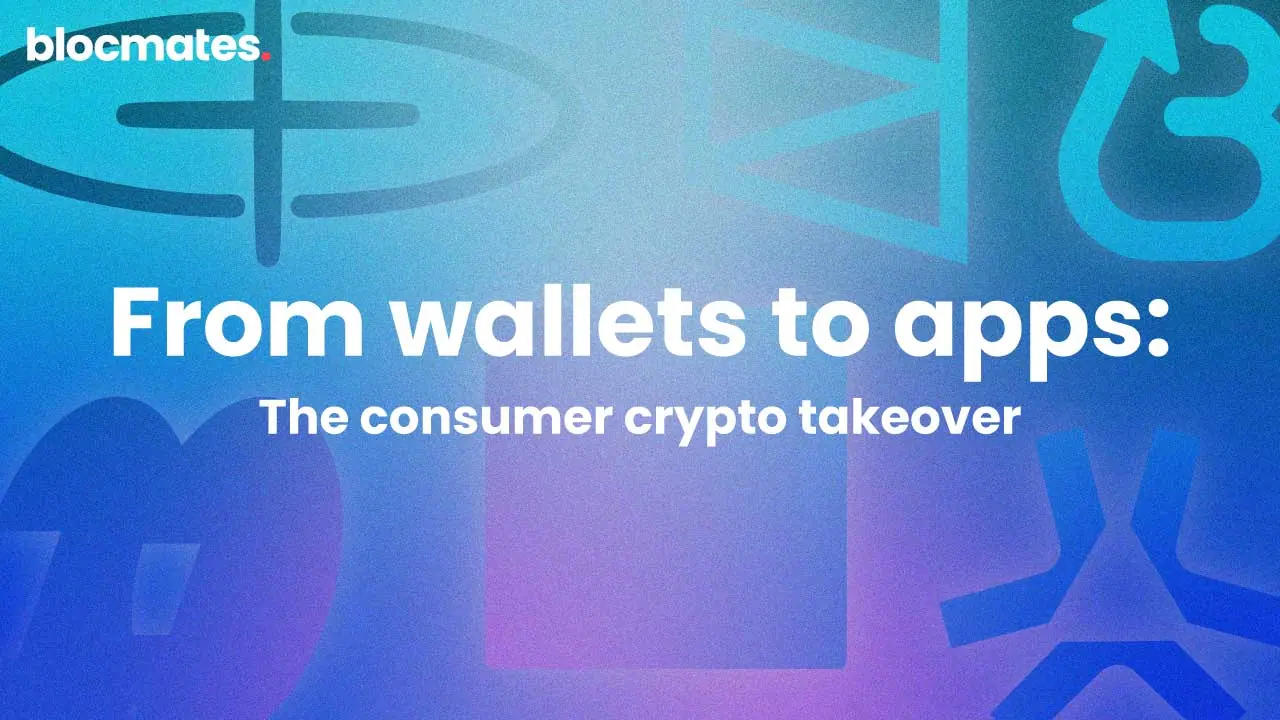
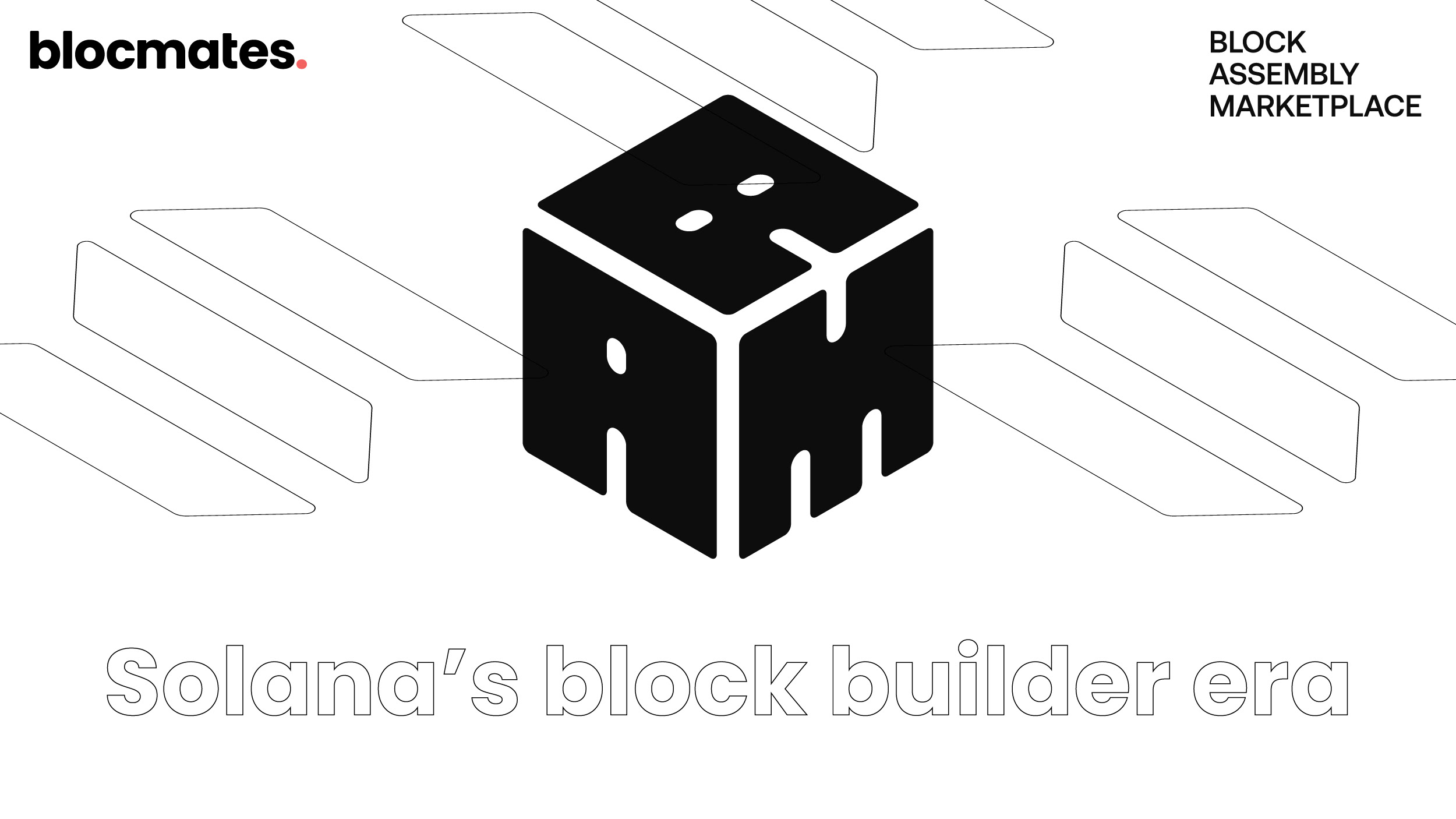

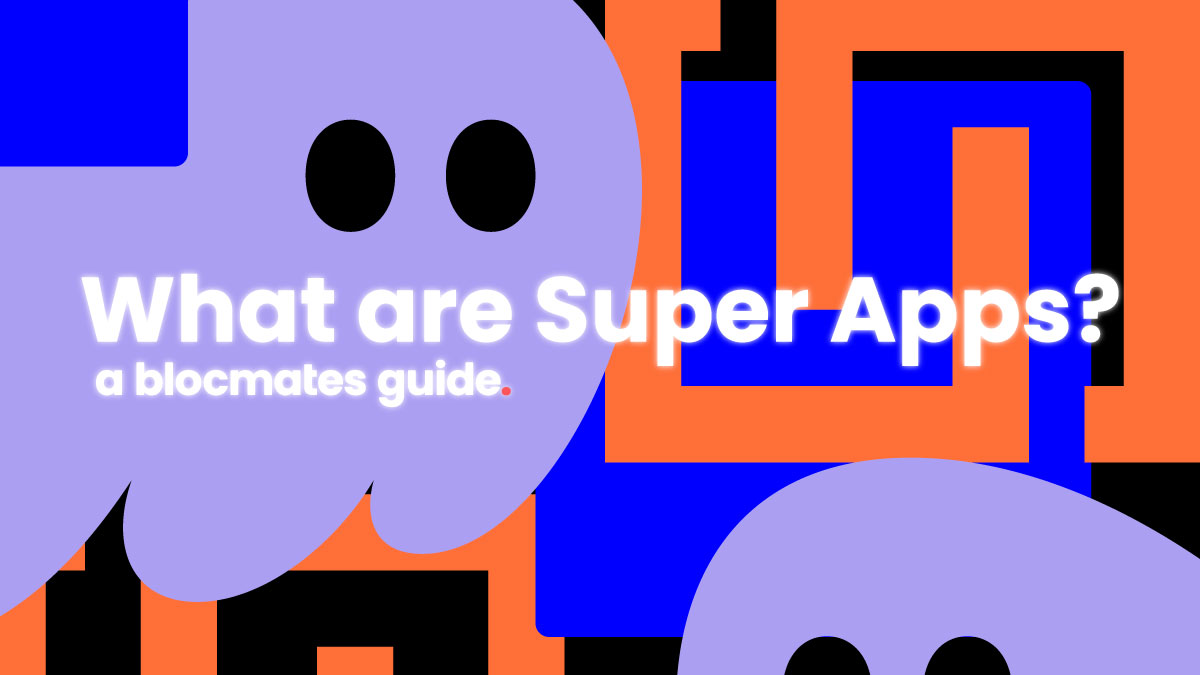
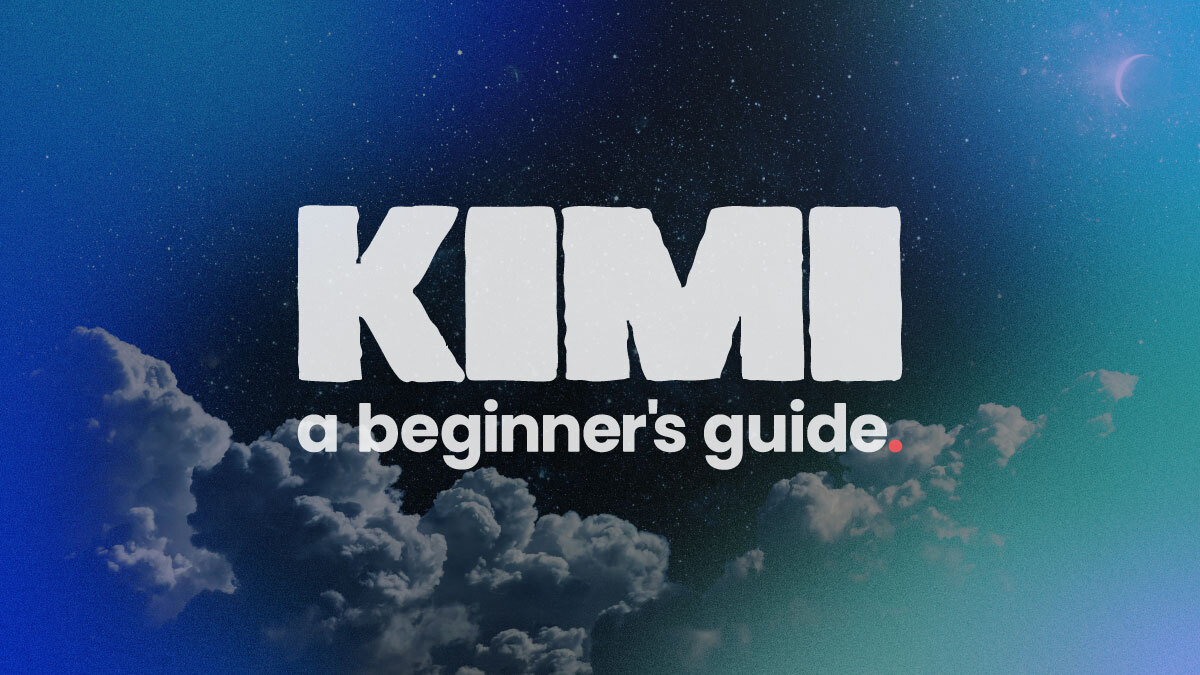
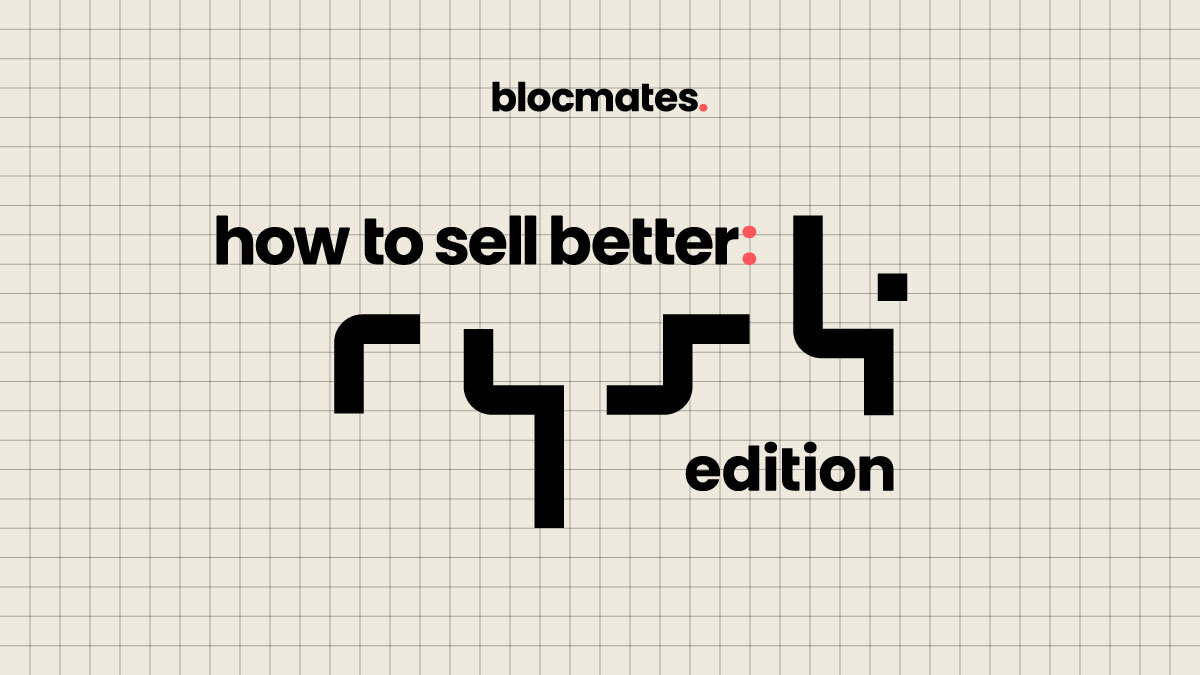
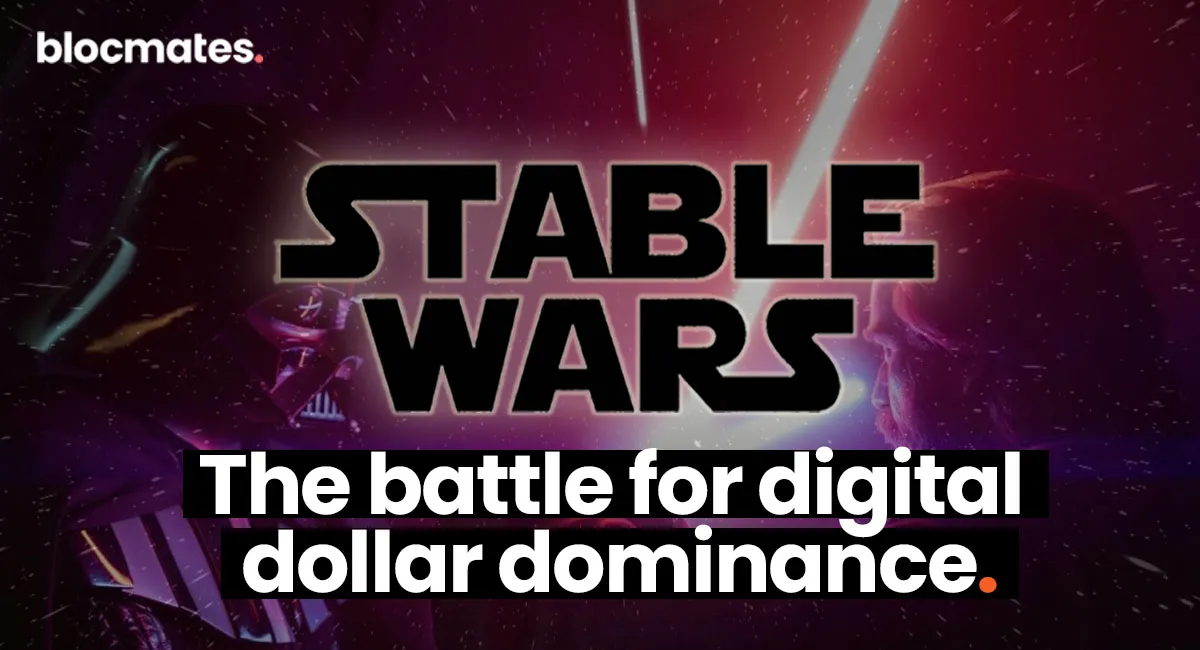

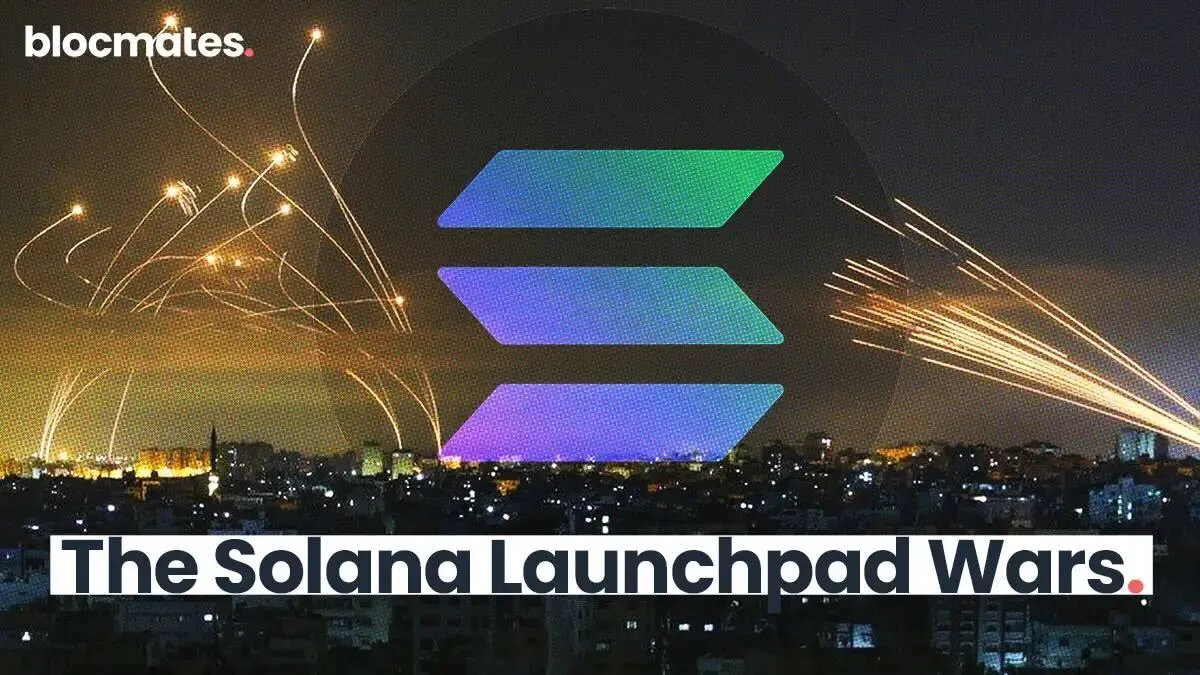




















%202.webp)


.webp)

.webp)
.webp)
.webp)


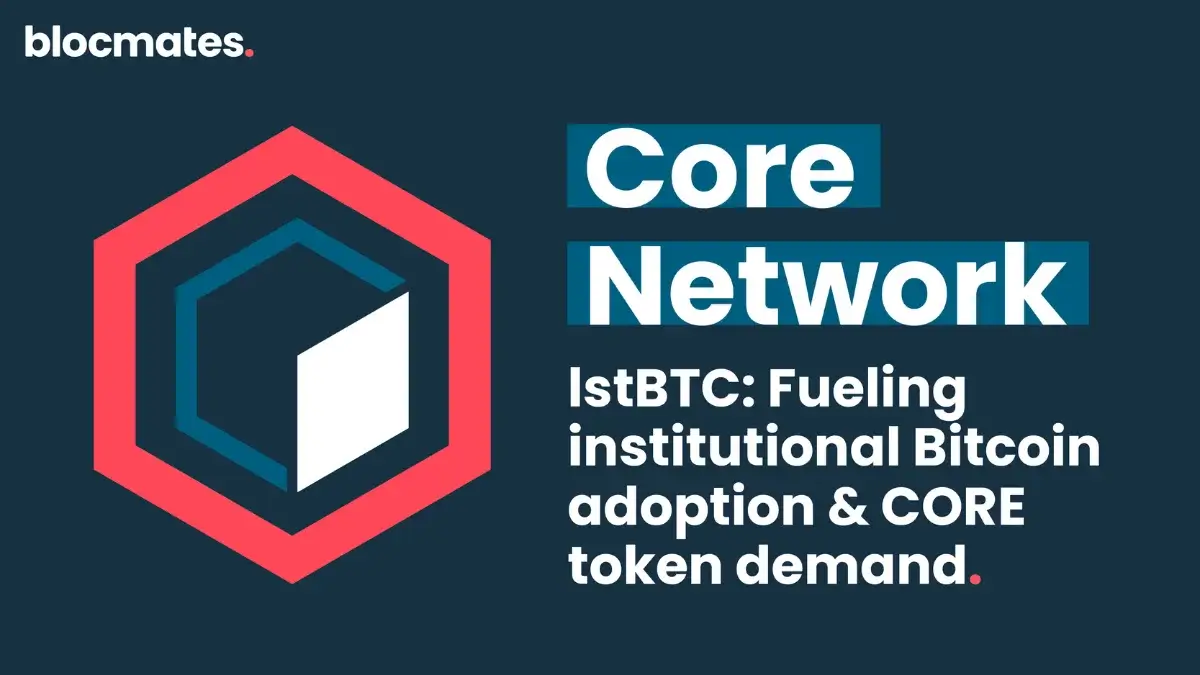
.webp)

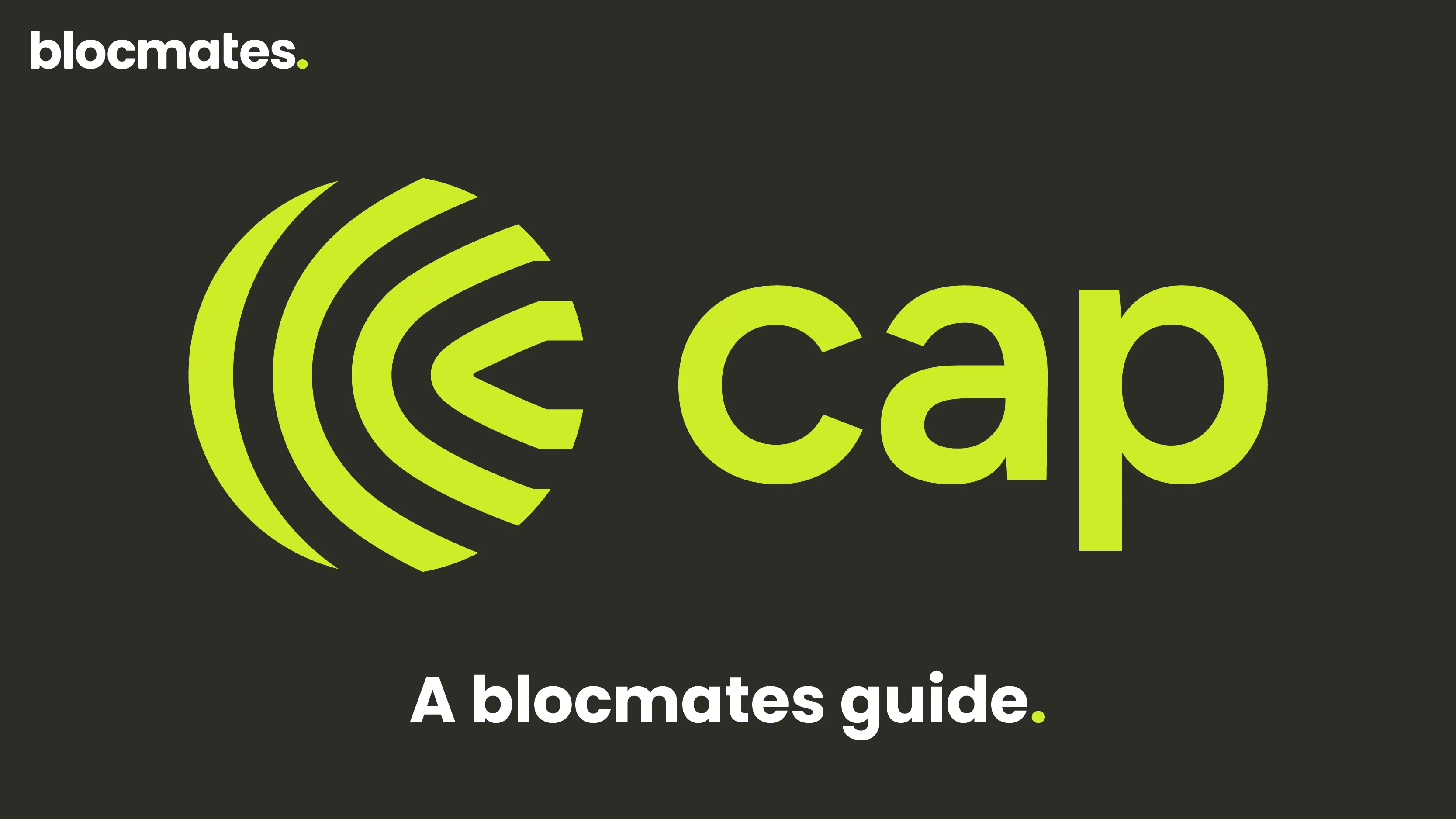










%20the%20Next%20Big%20Unlock%20in%20AI.webp)








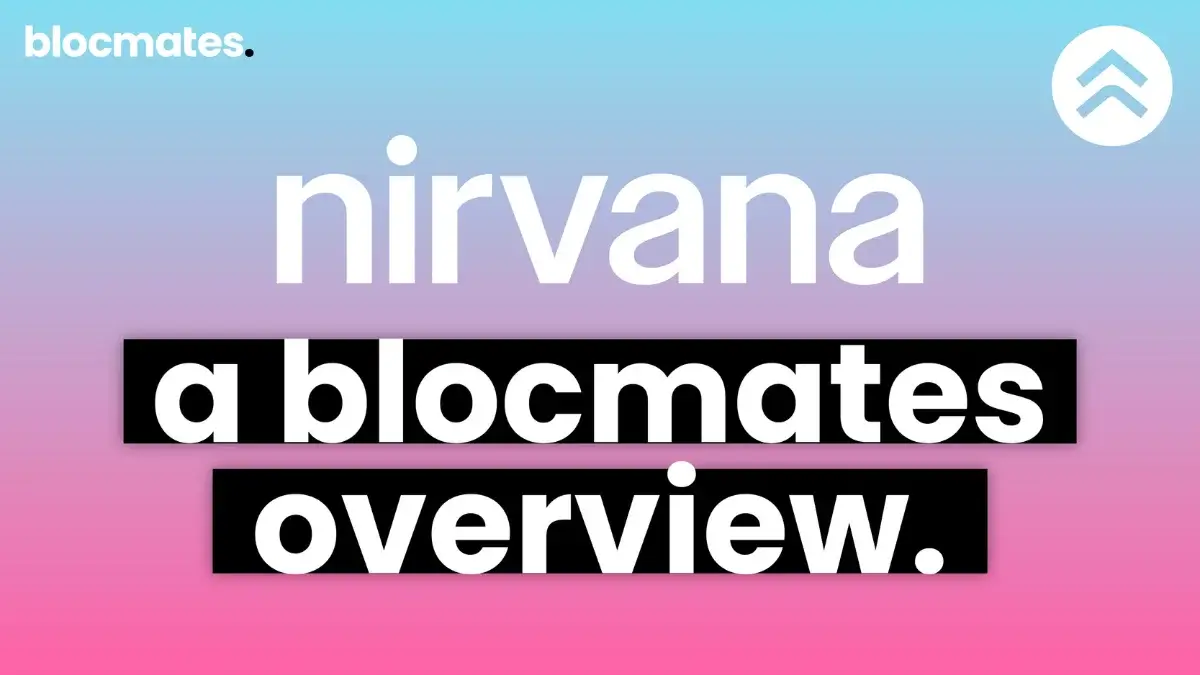




.webp)
.webp)
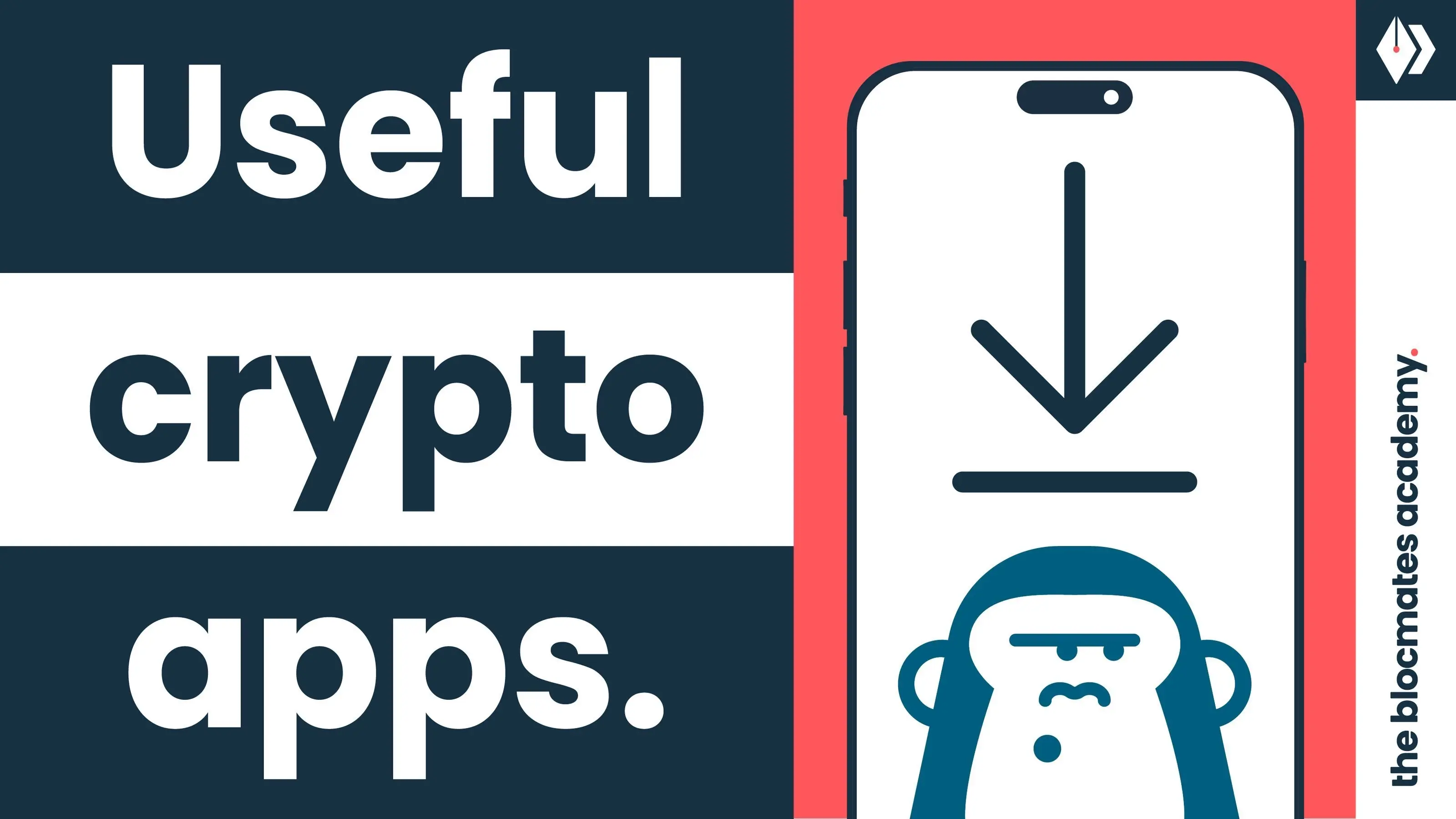
.webp)
.webp)
.webp)


.webp)
.webp)










.webp)


.webp)






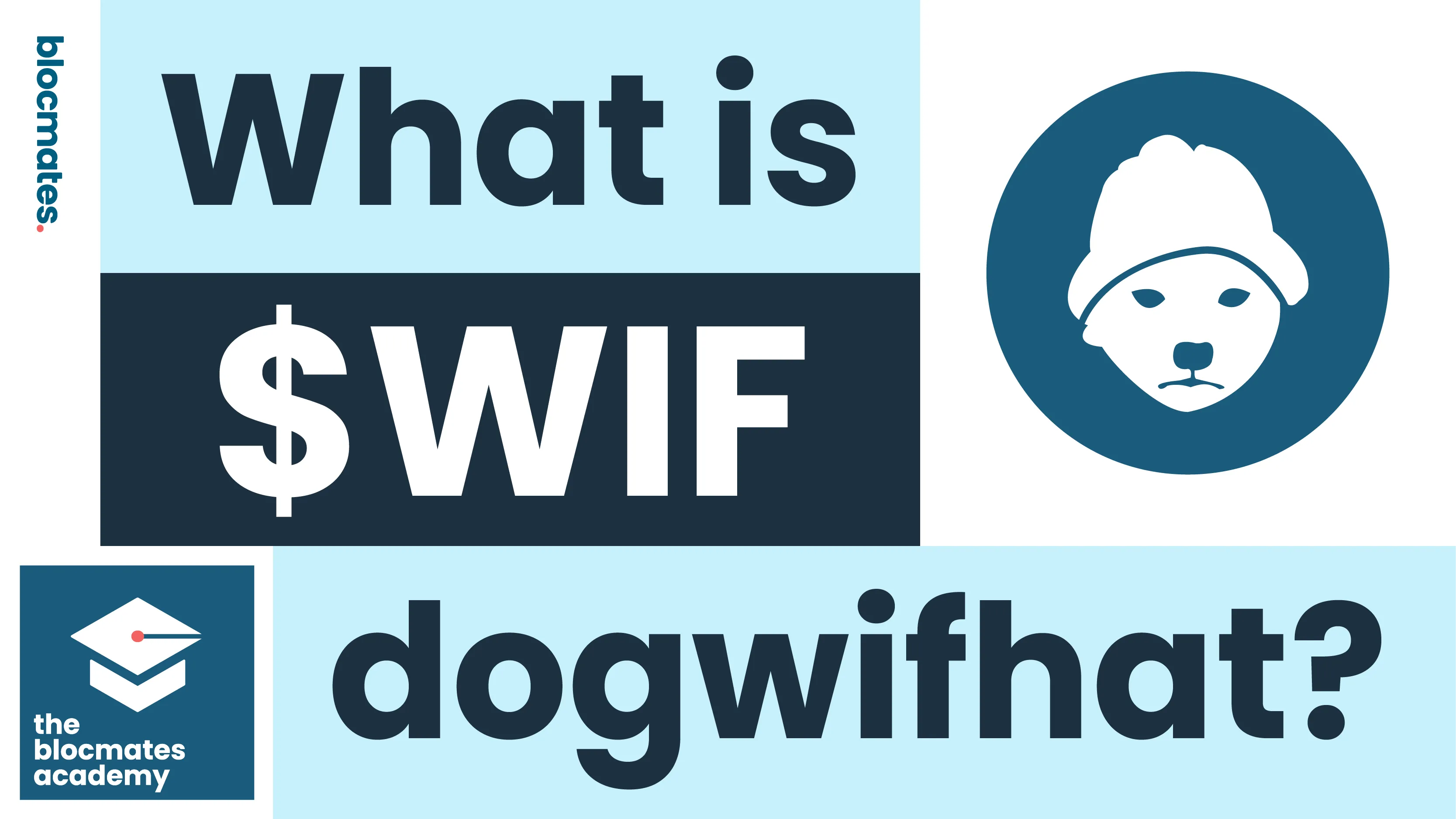


.webp)







.webp)
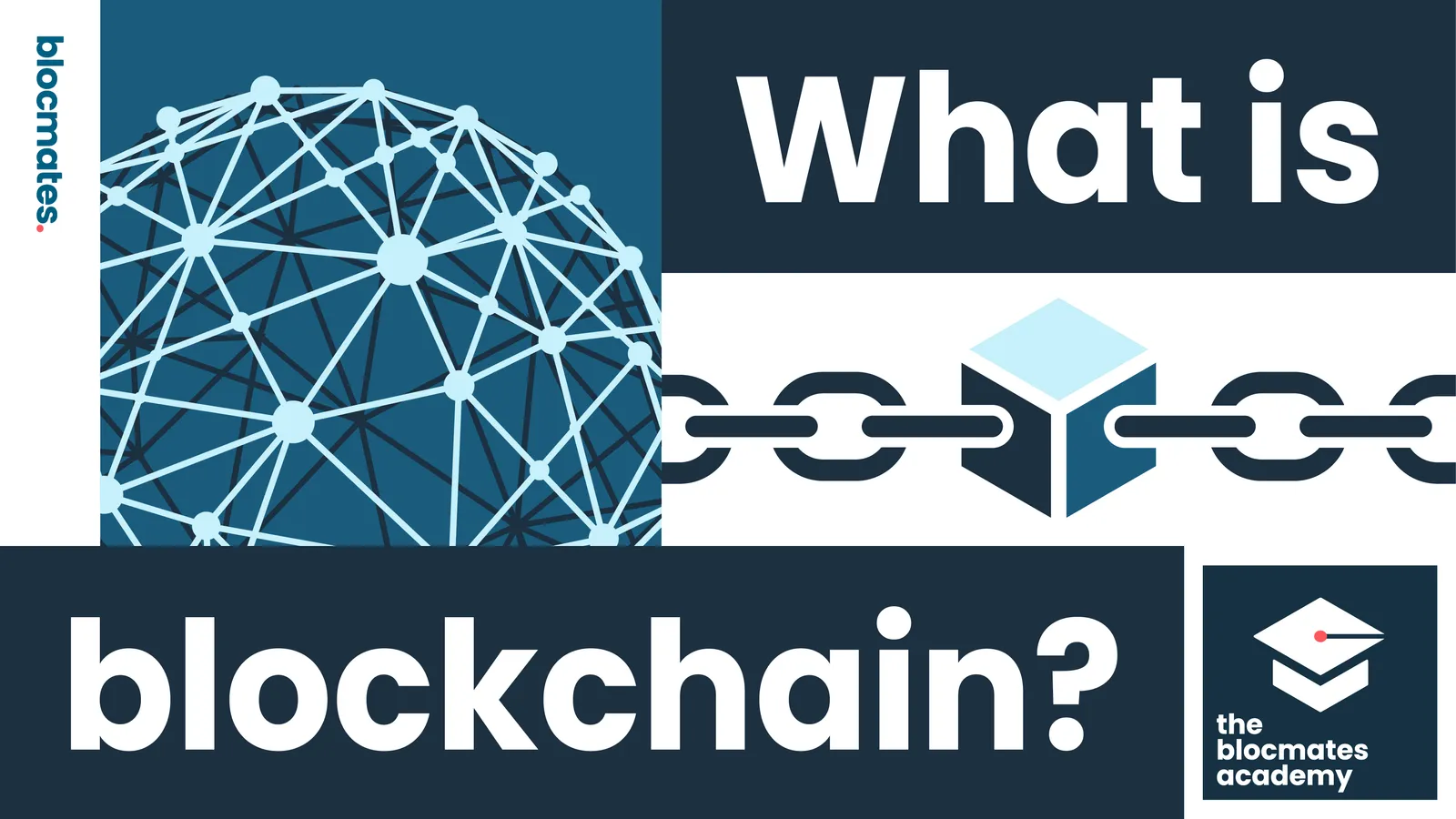



.webp)






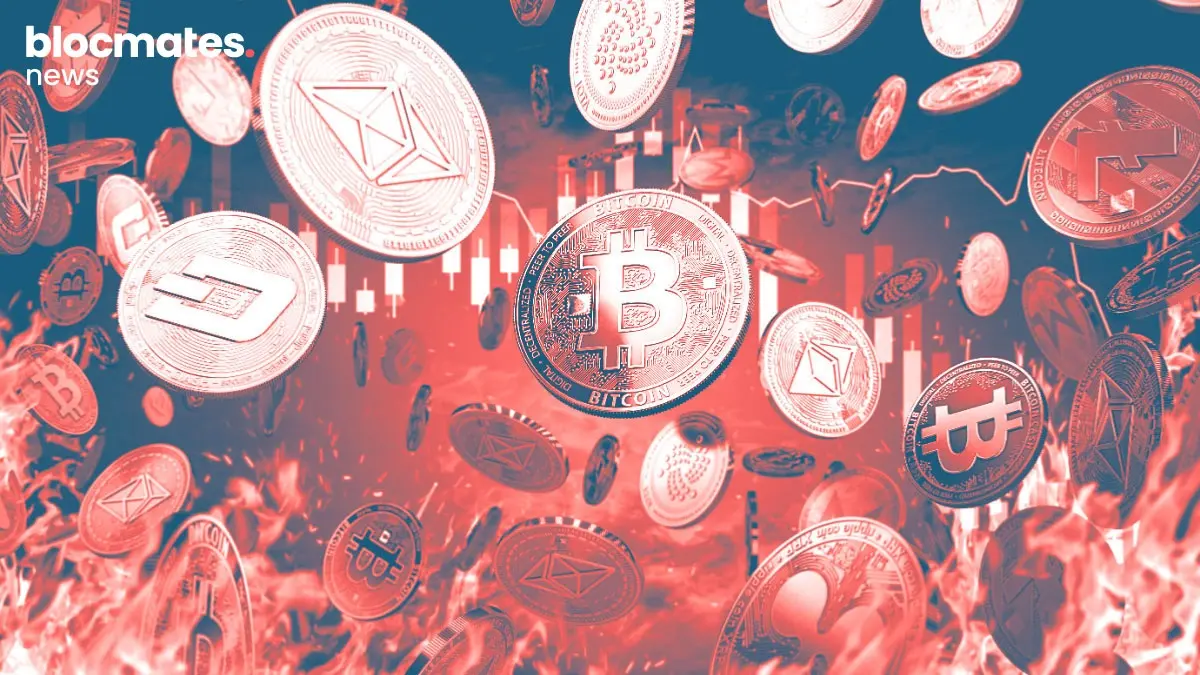

.webp)
.webp)
.webp)

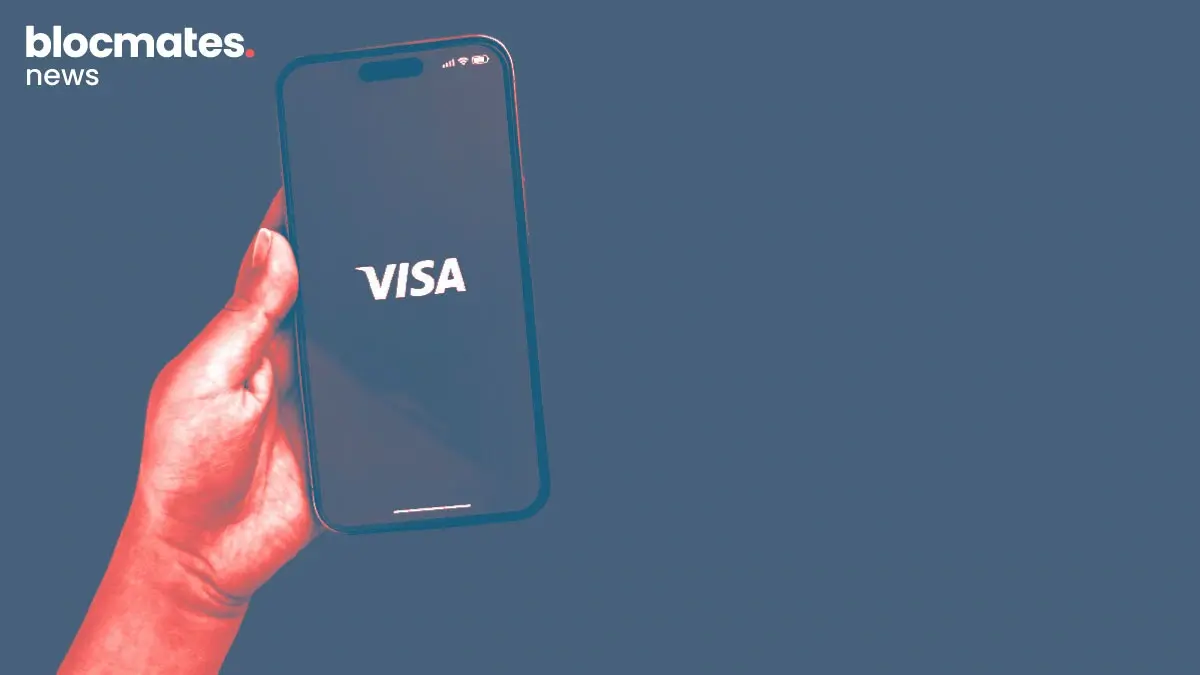

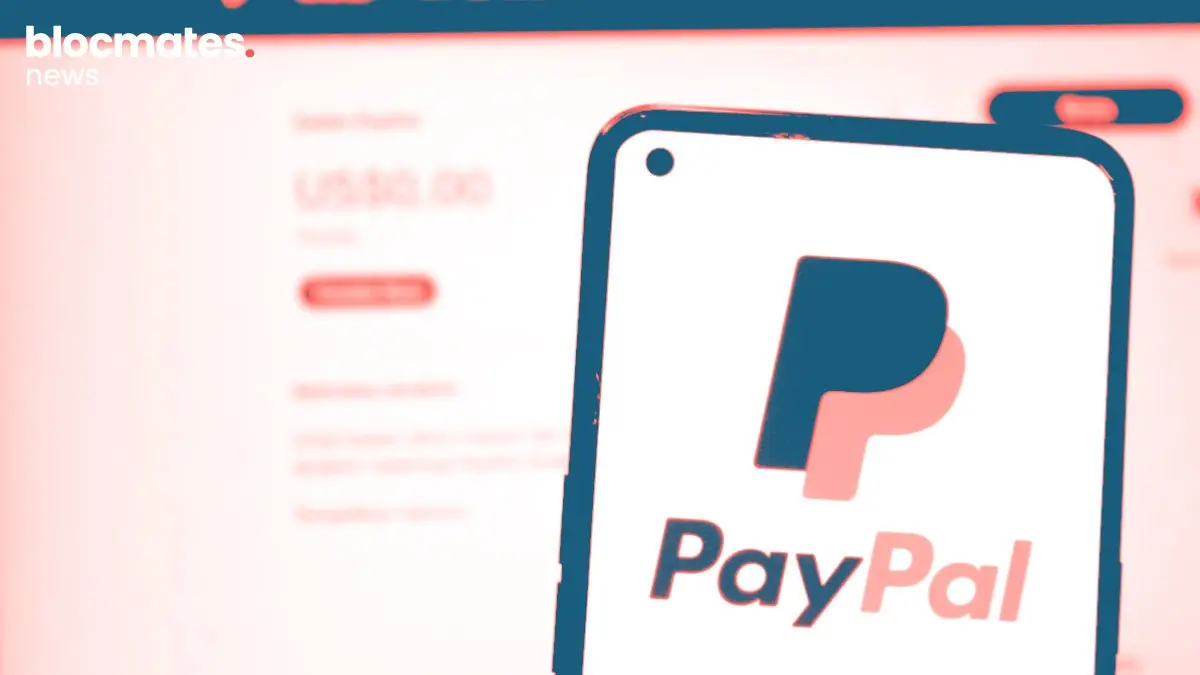
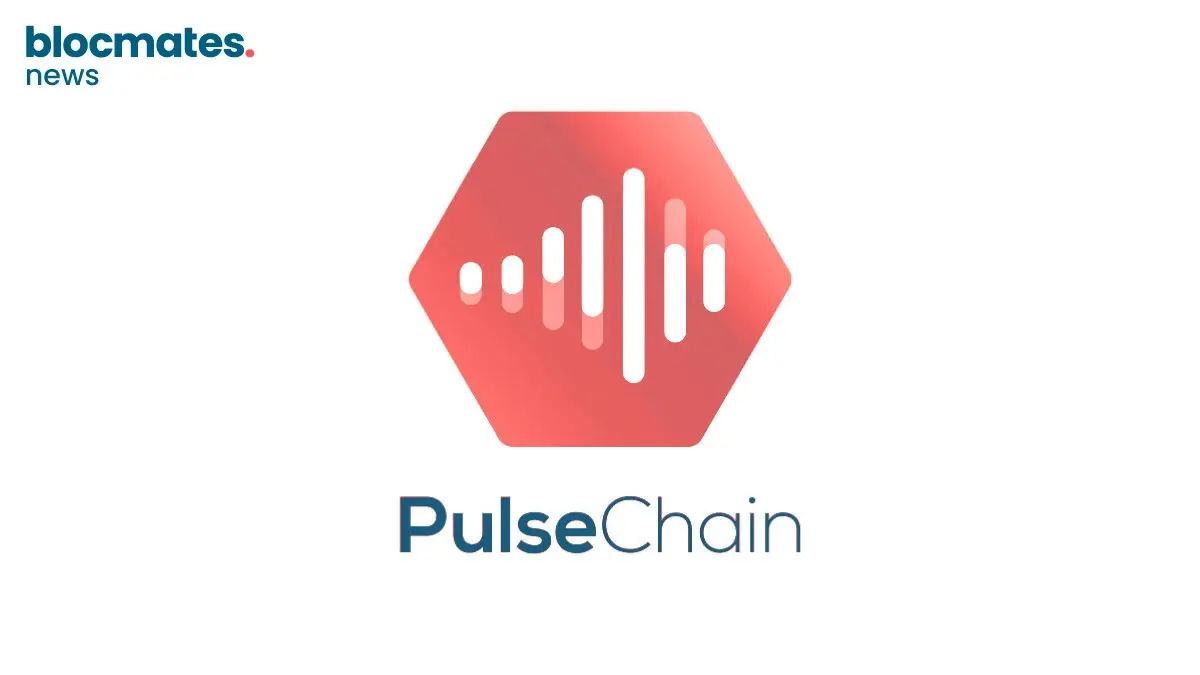
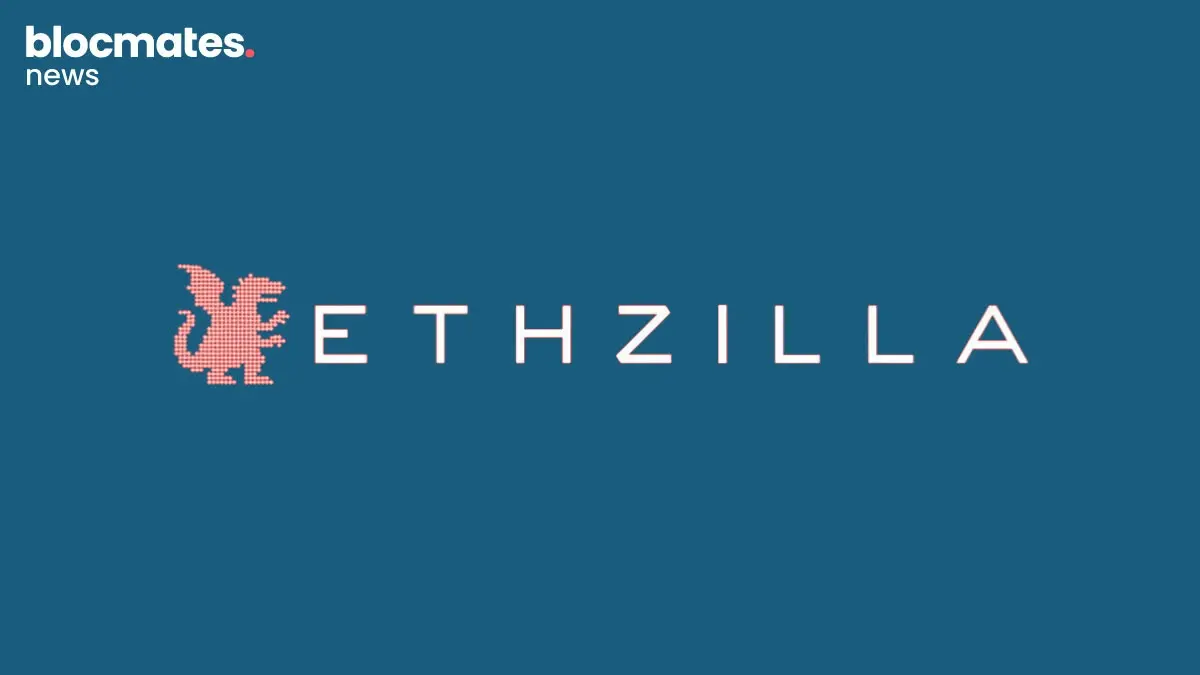
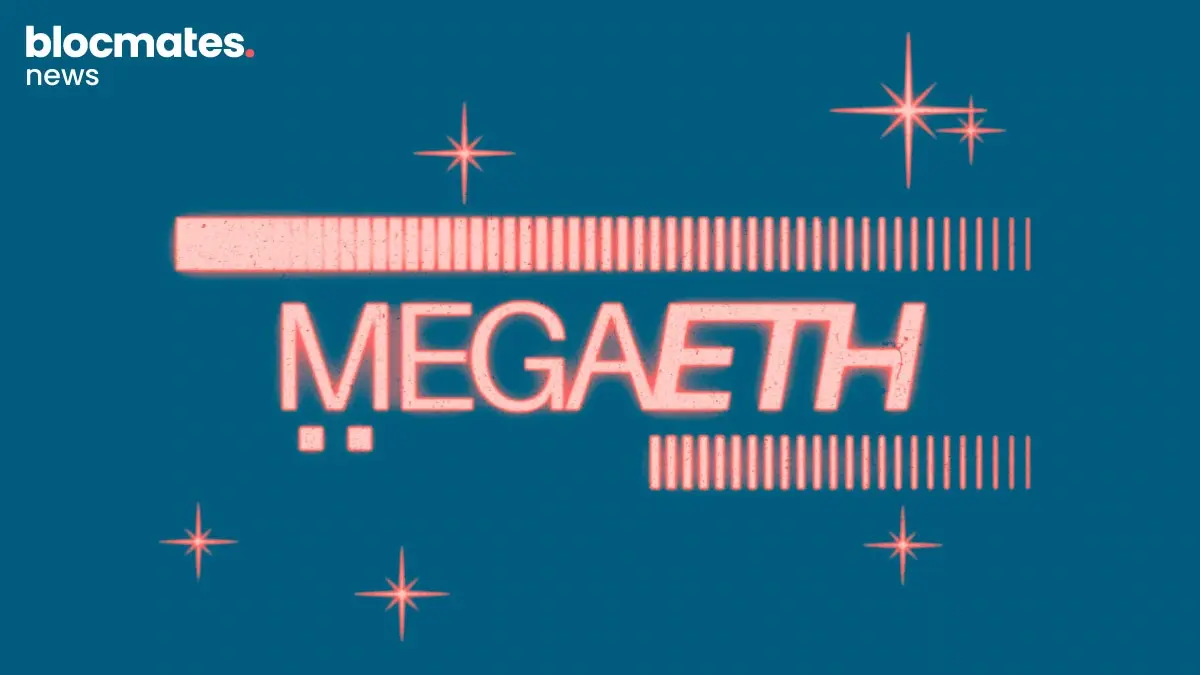
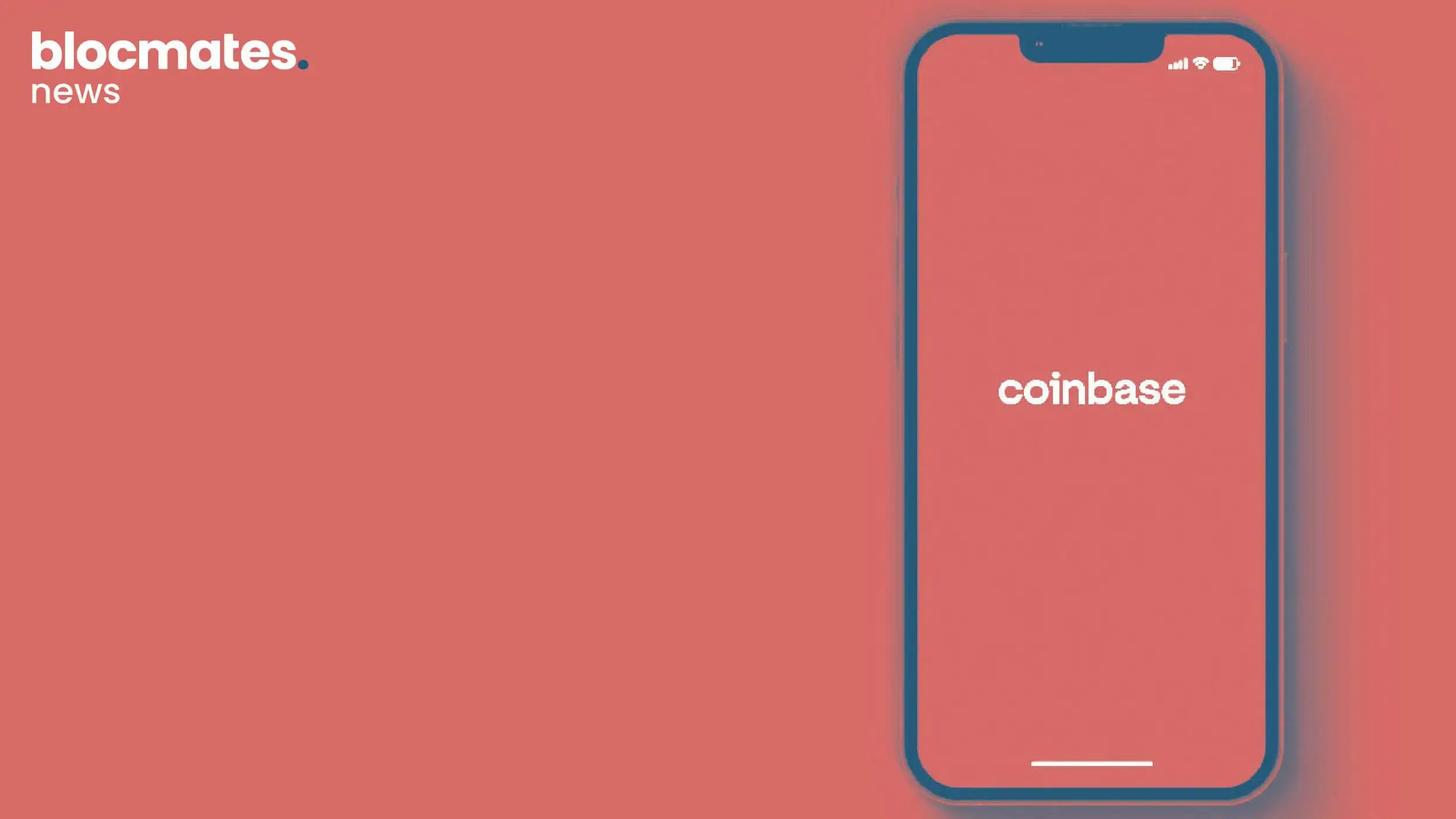
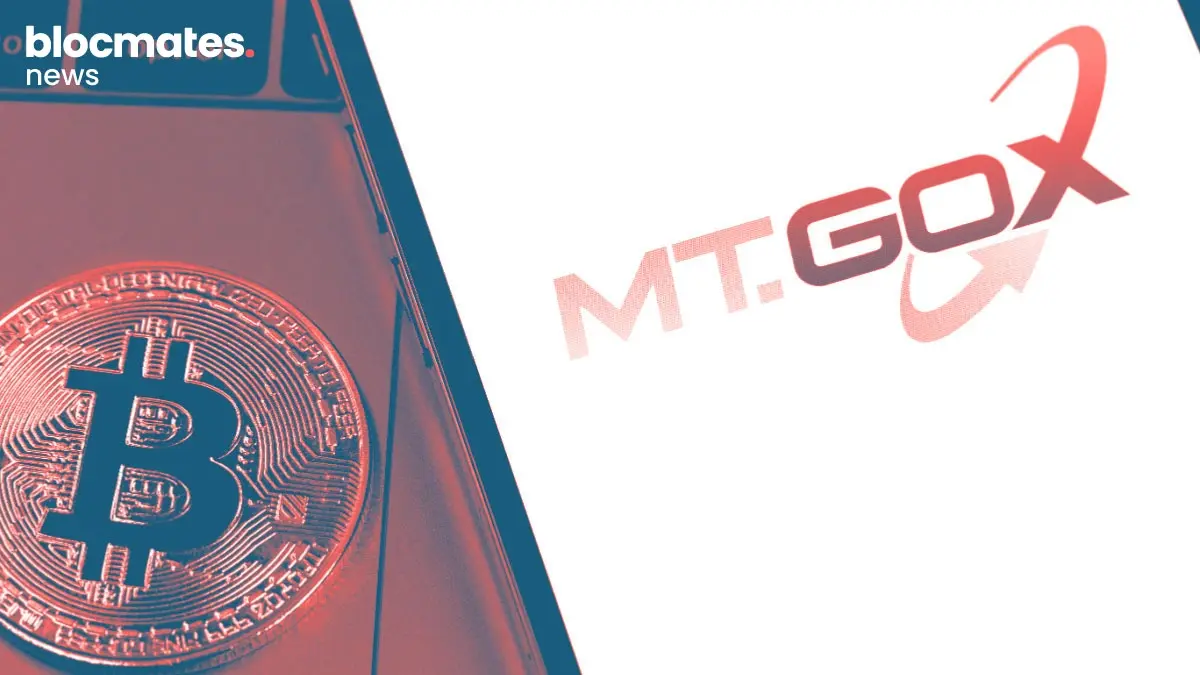
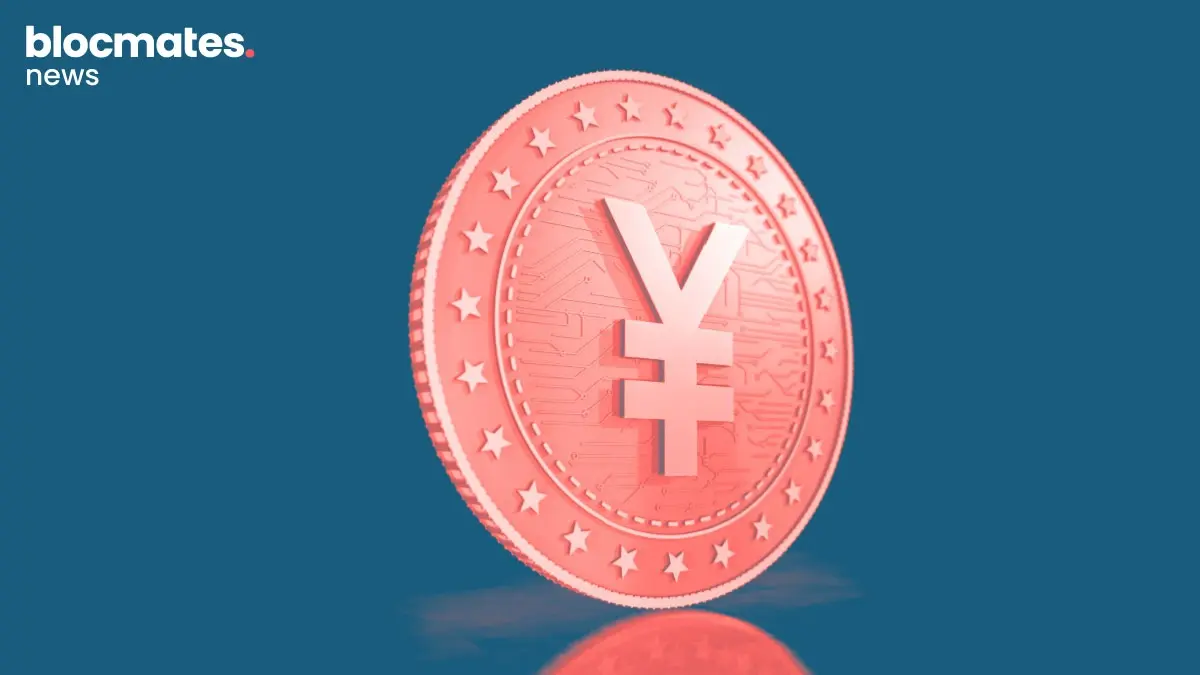
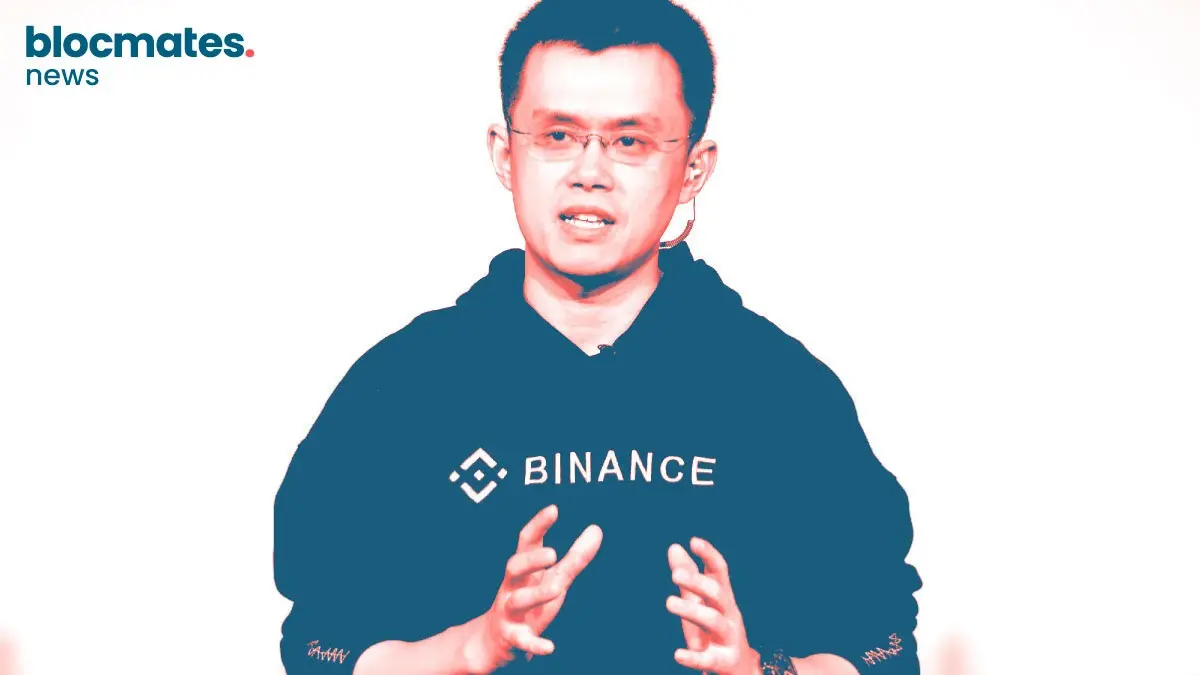


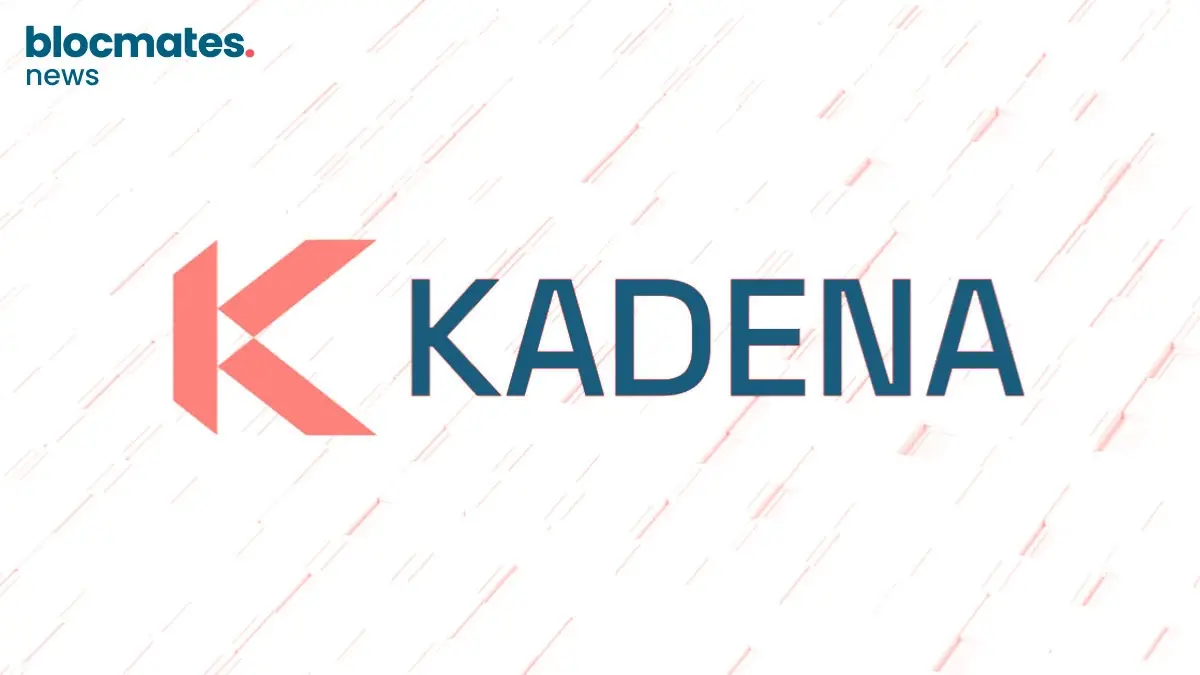
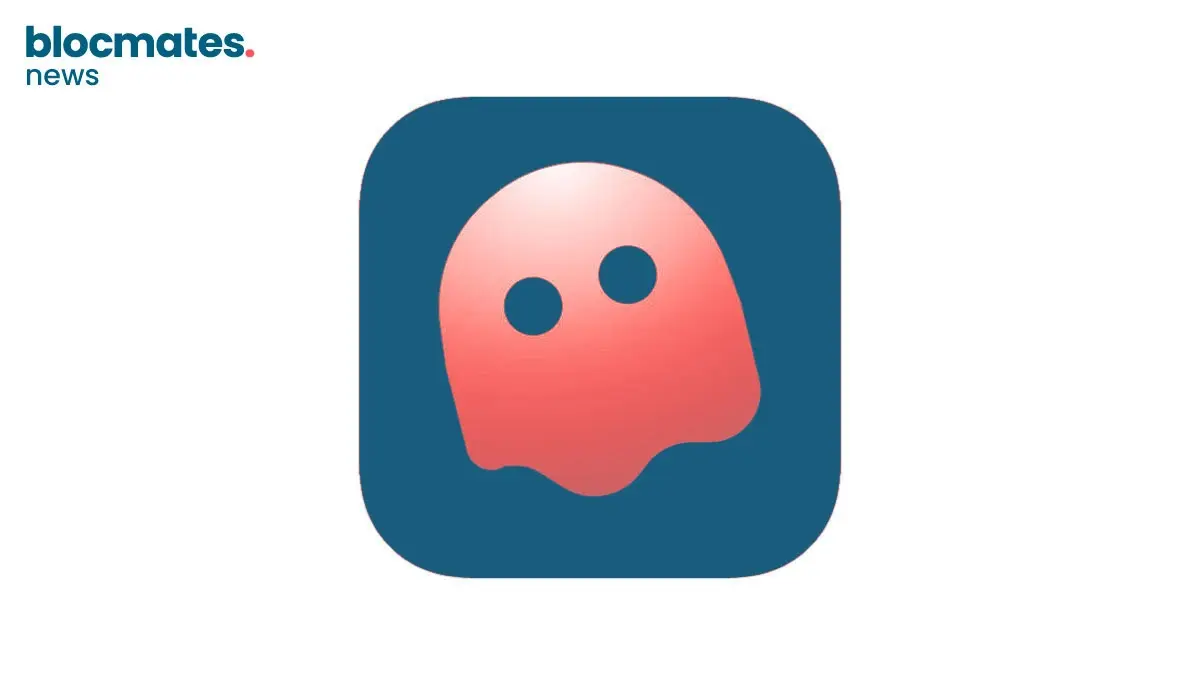
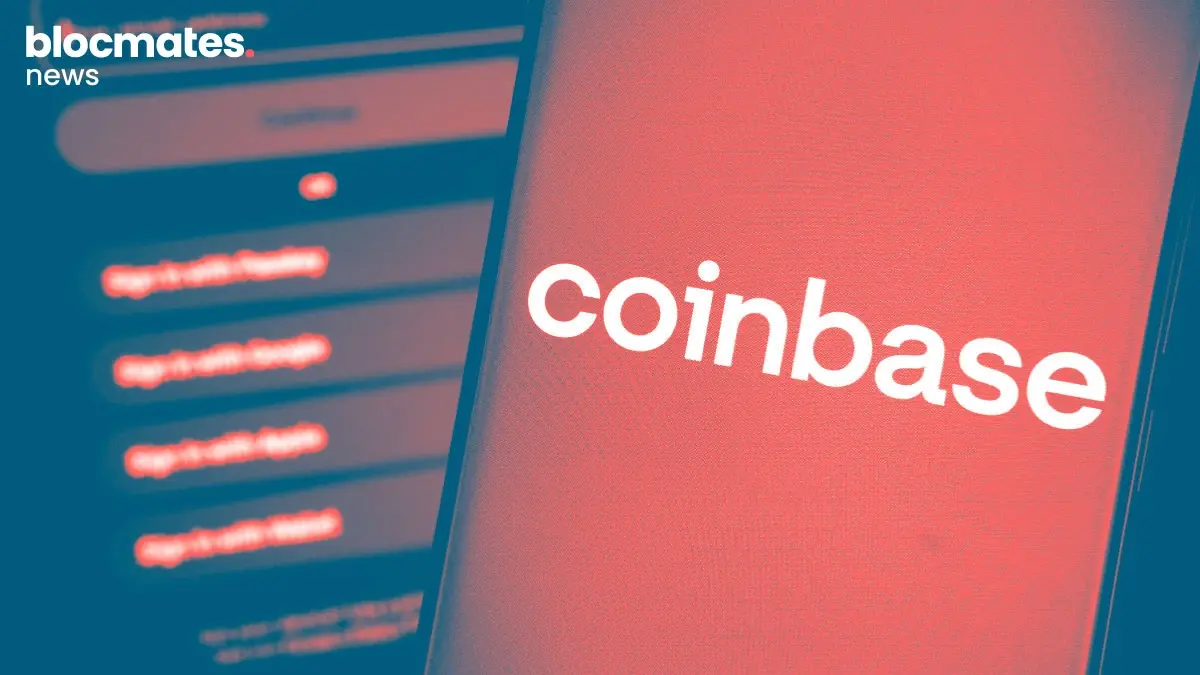
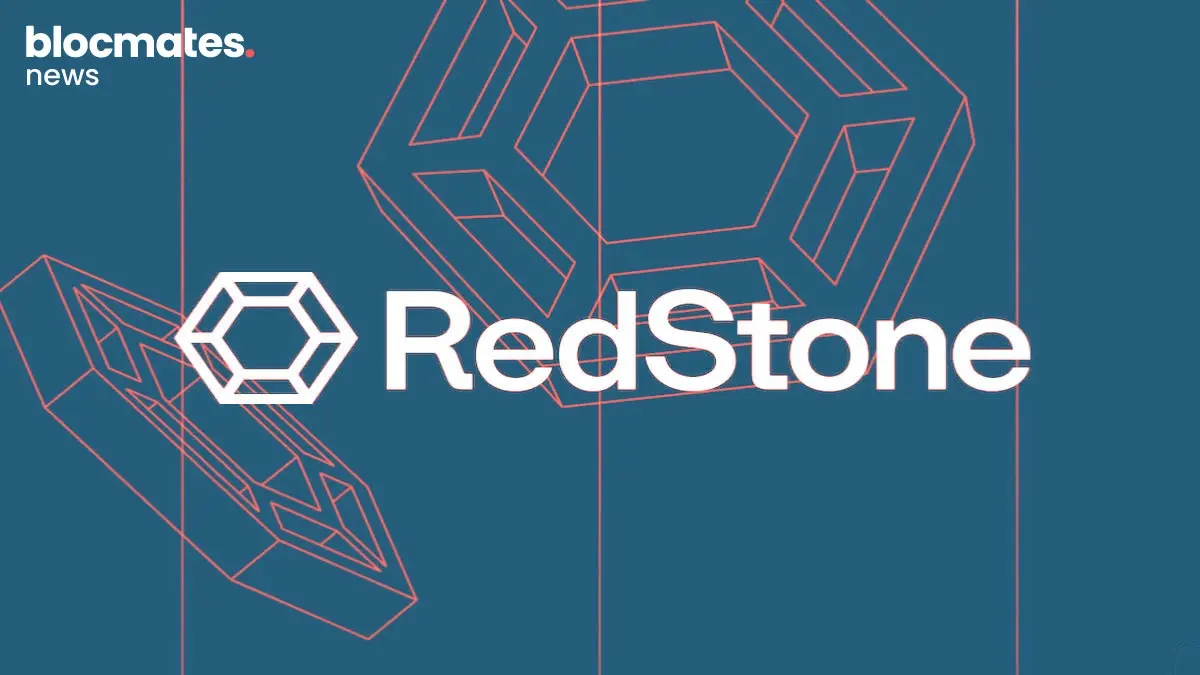
.webp)
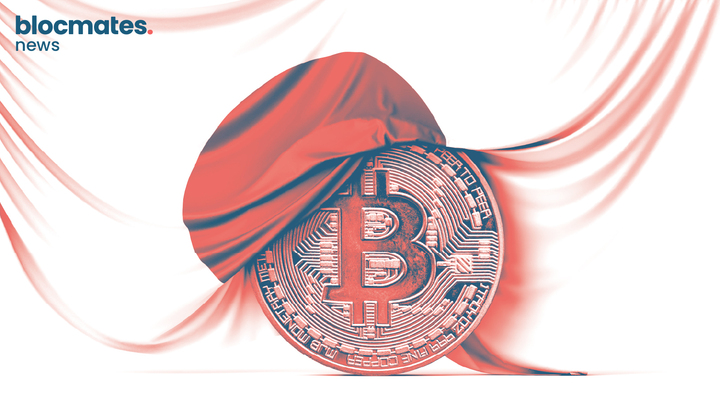
.webp)
.webp)

.webp)

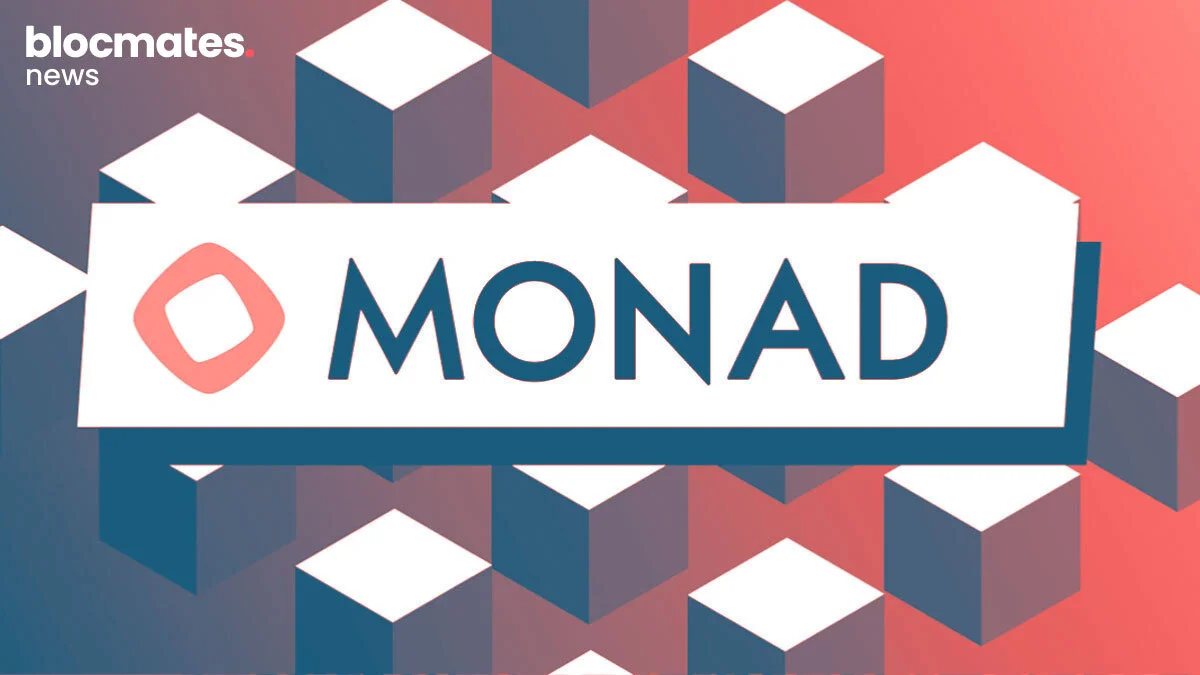

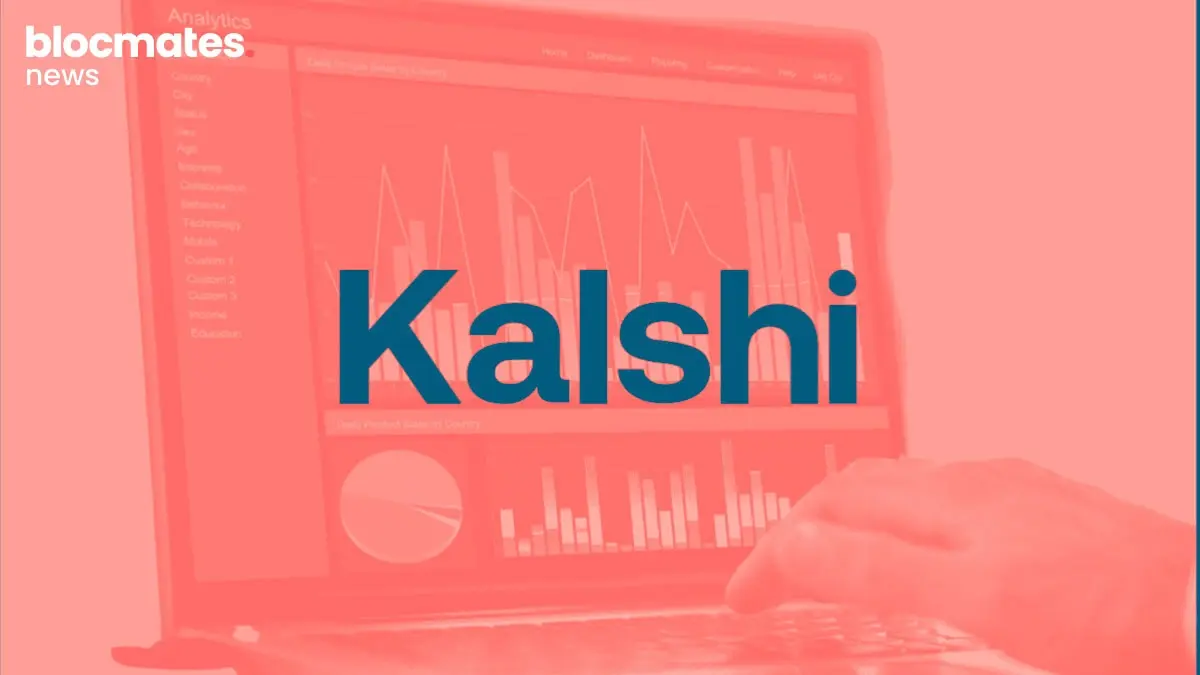
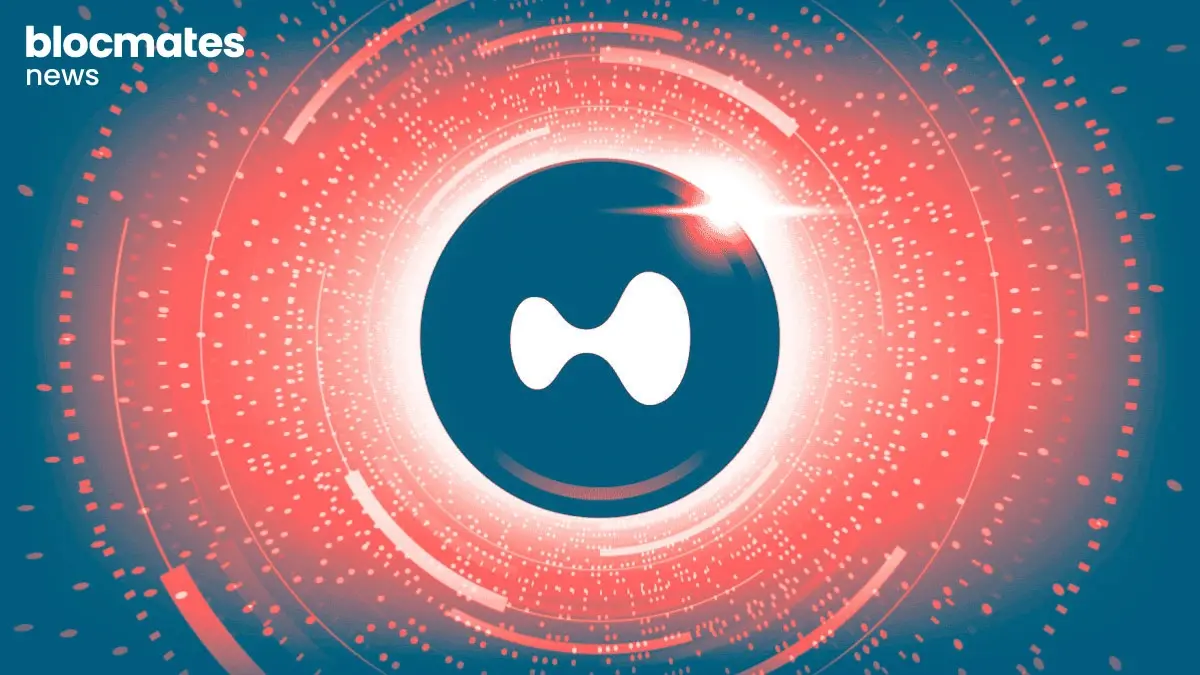



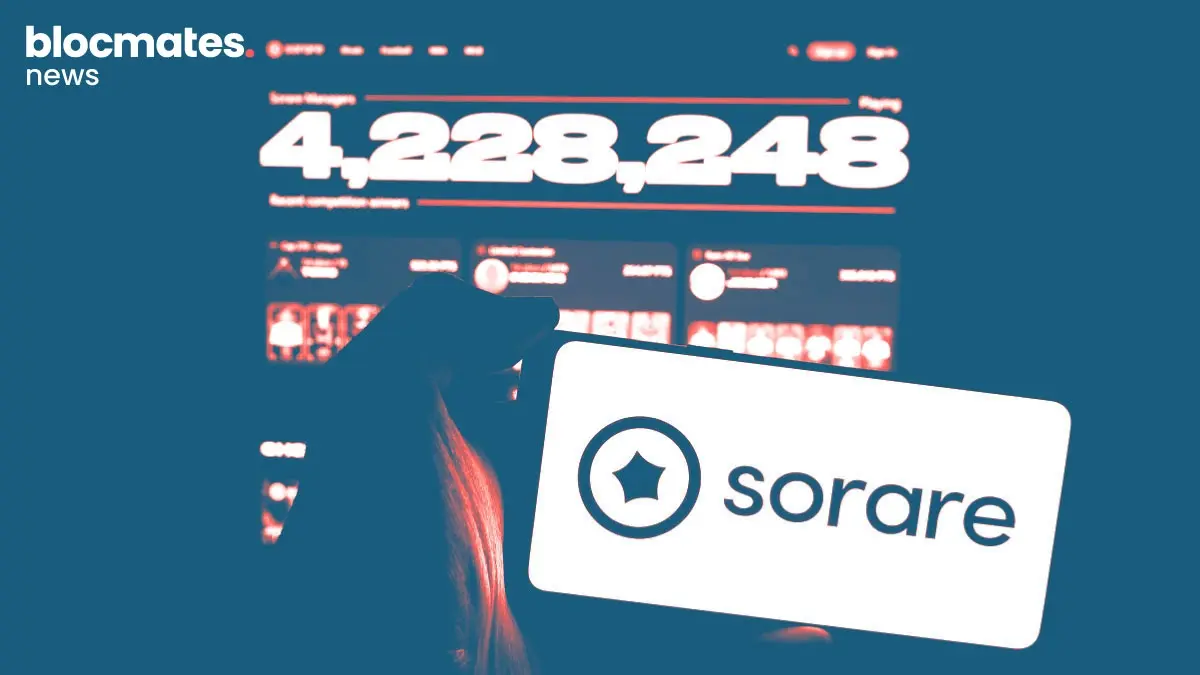
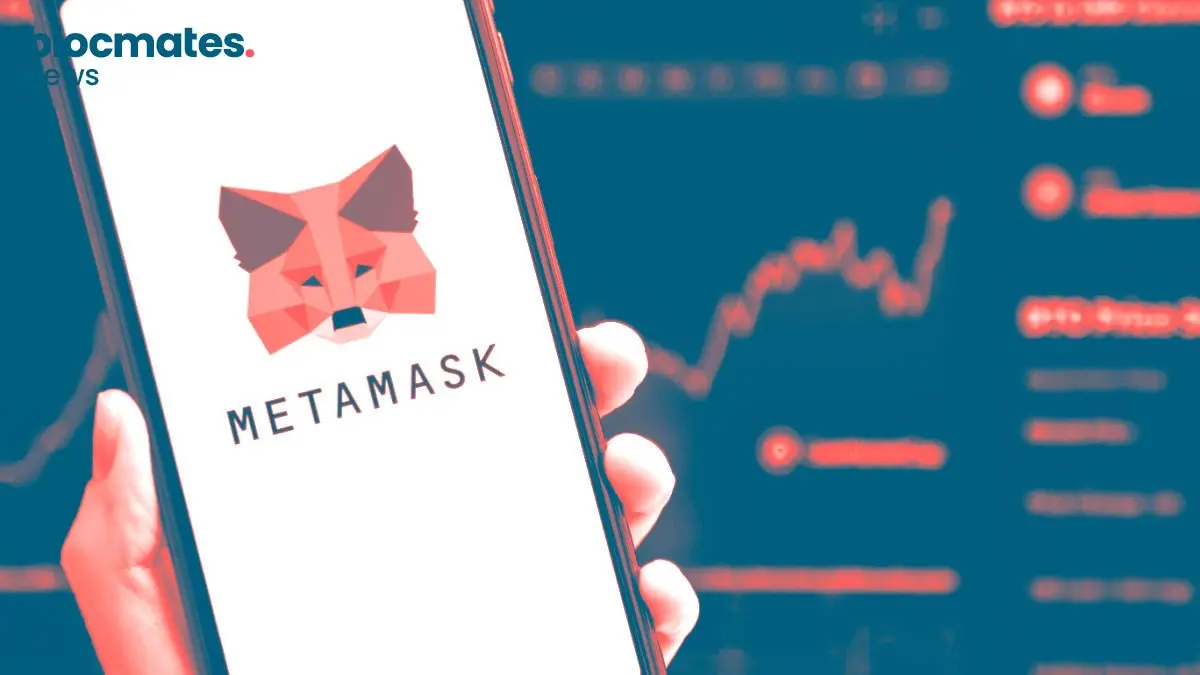
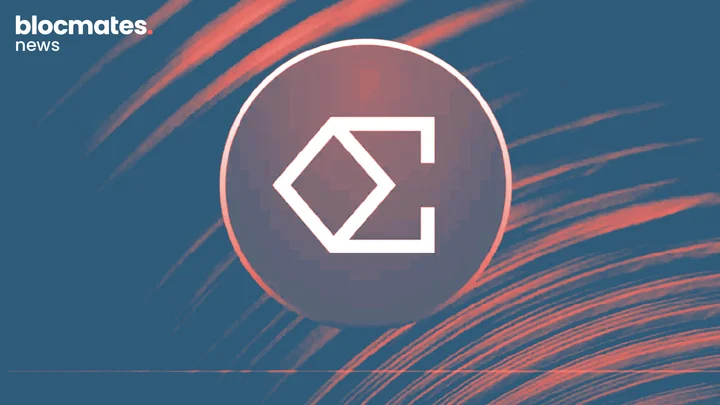

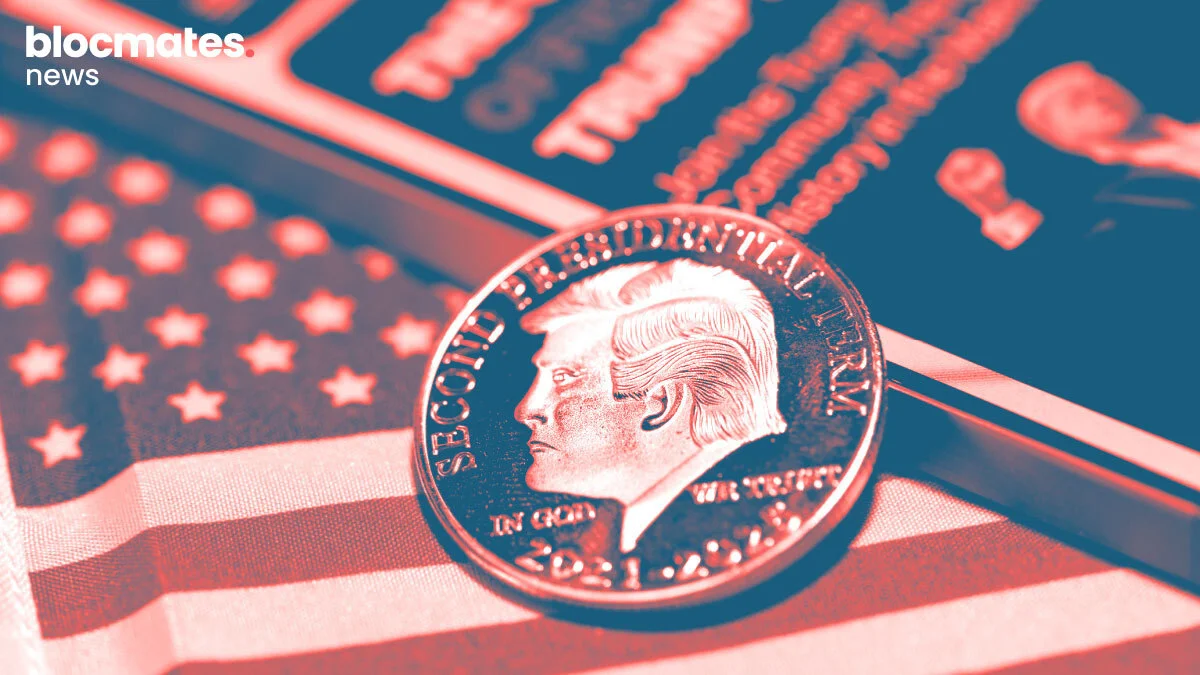
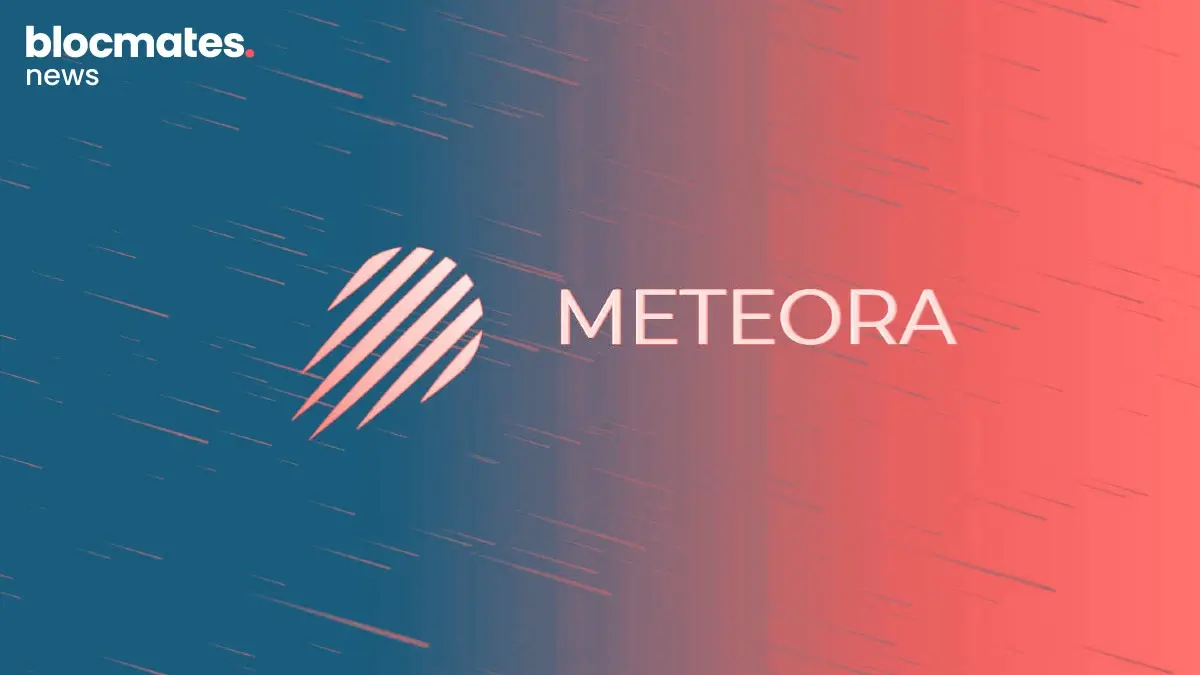


.webp)

.webp)


.webp)



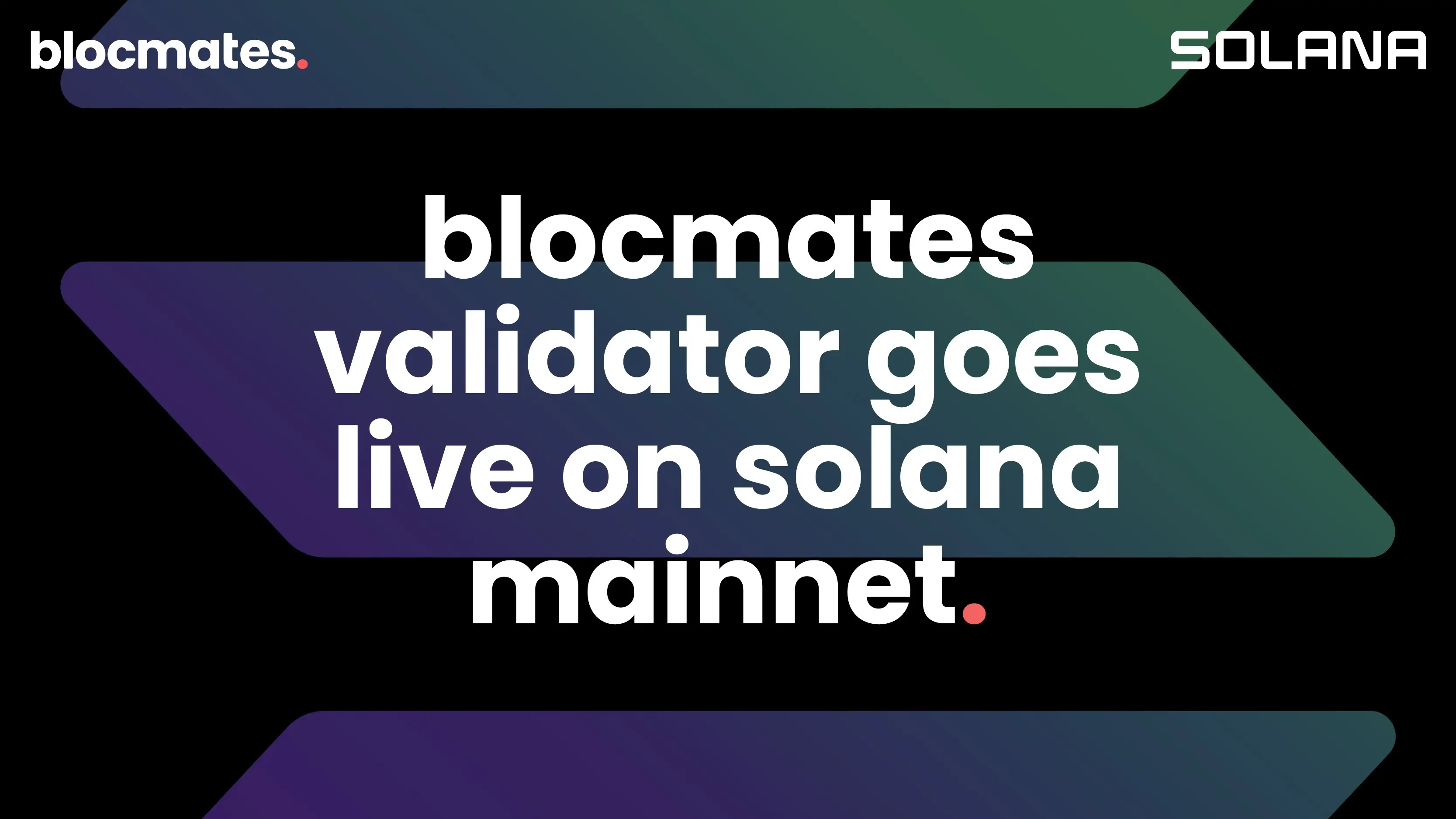
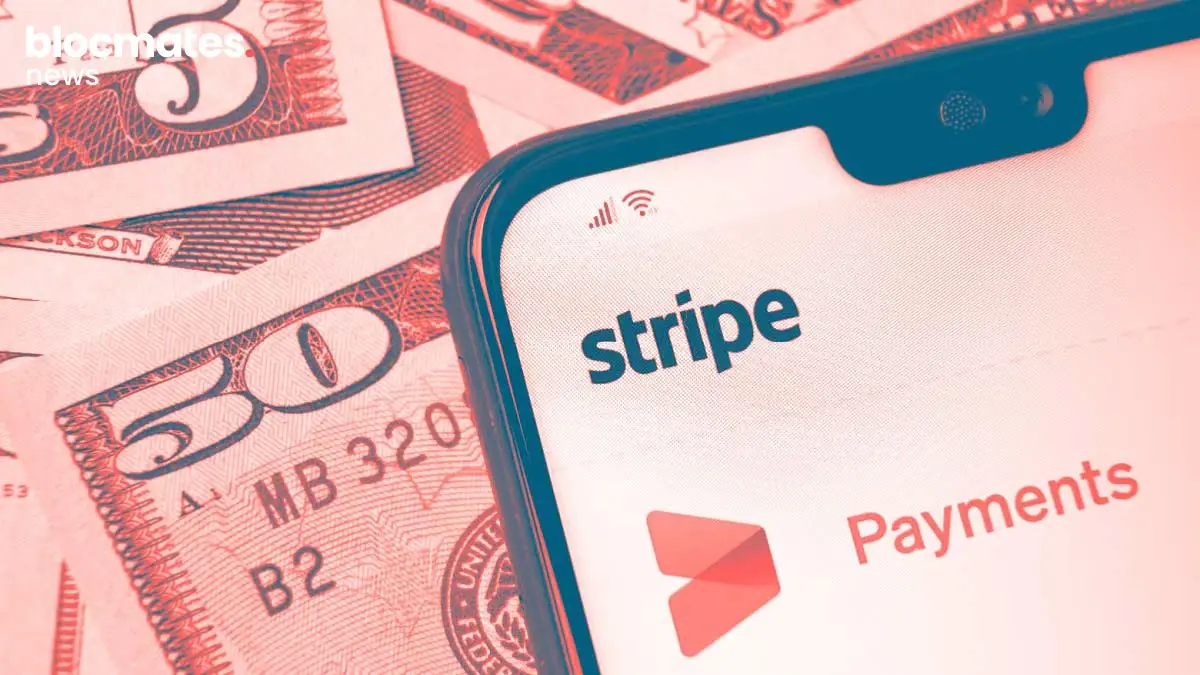
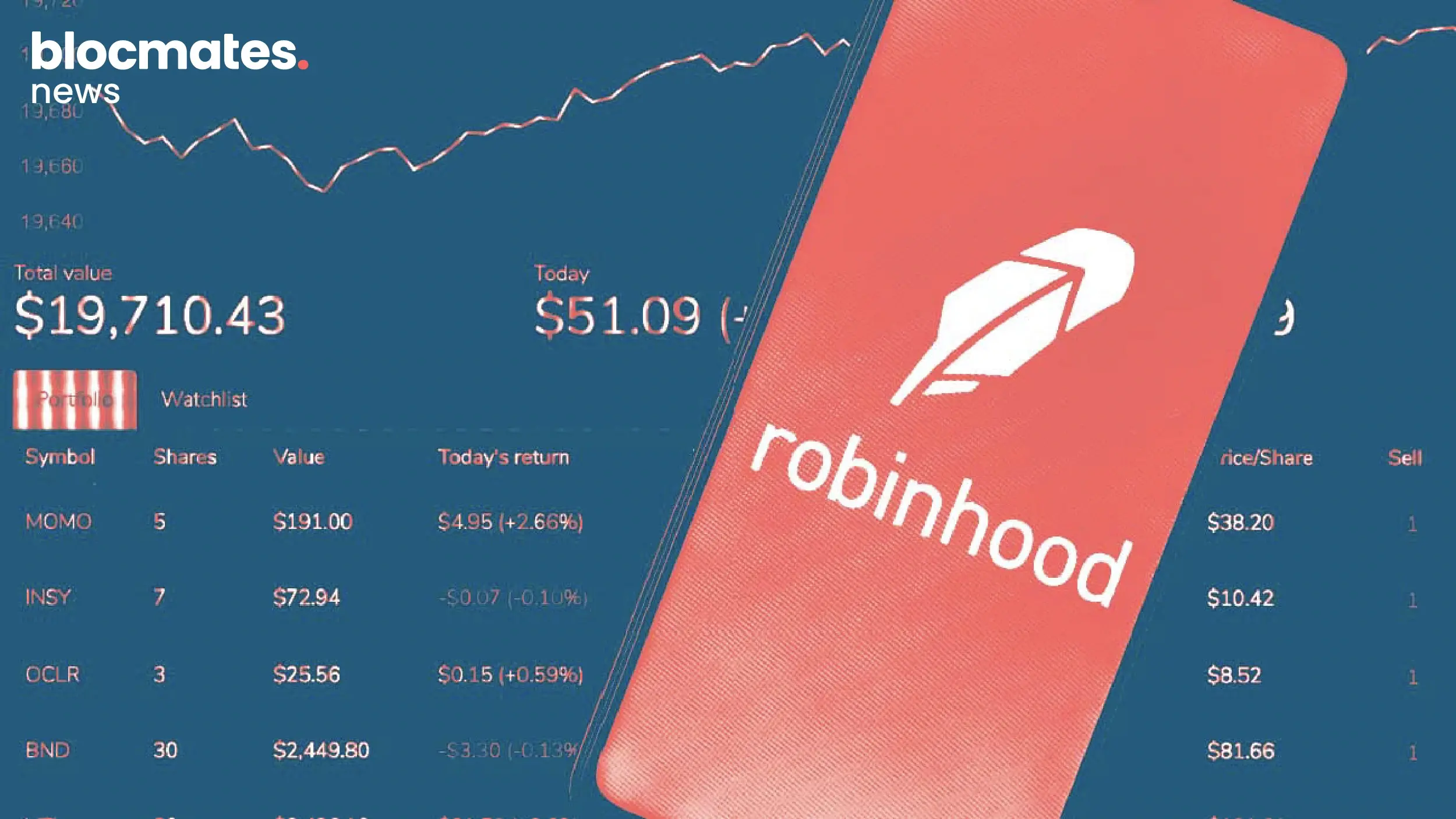

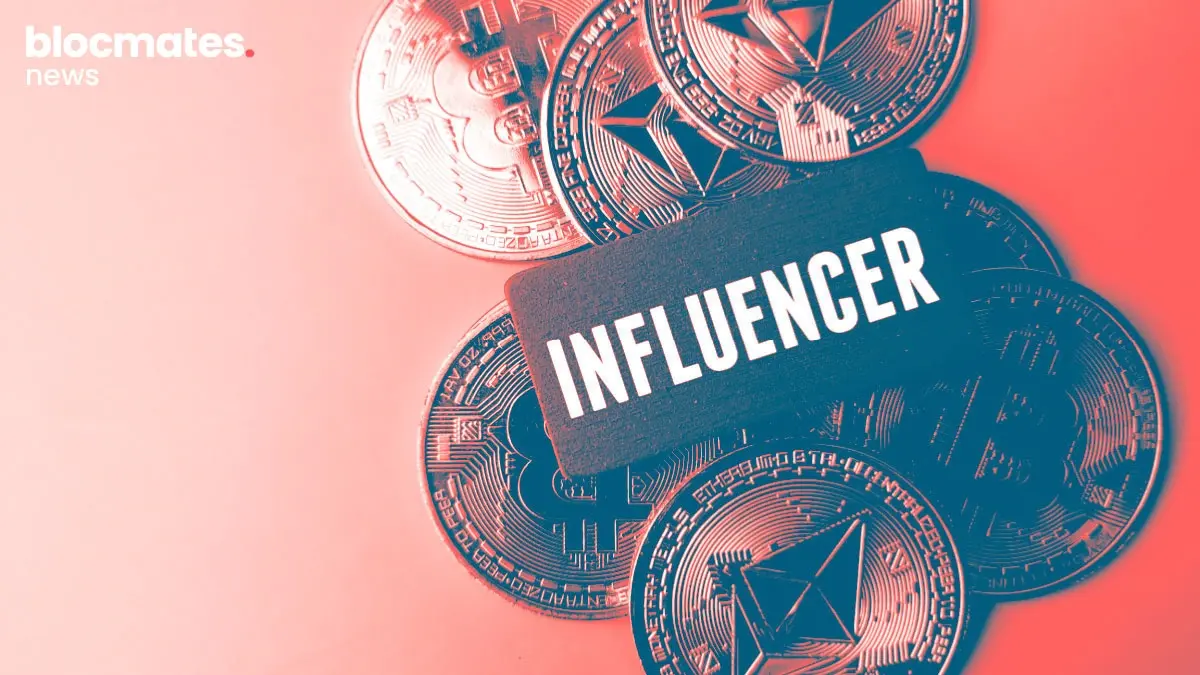
.webp)
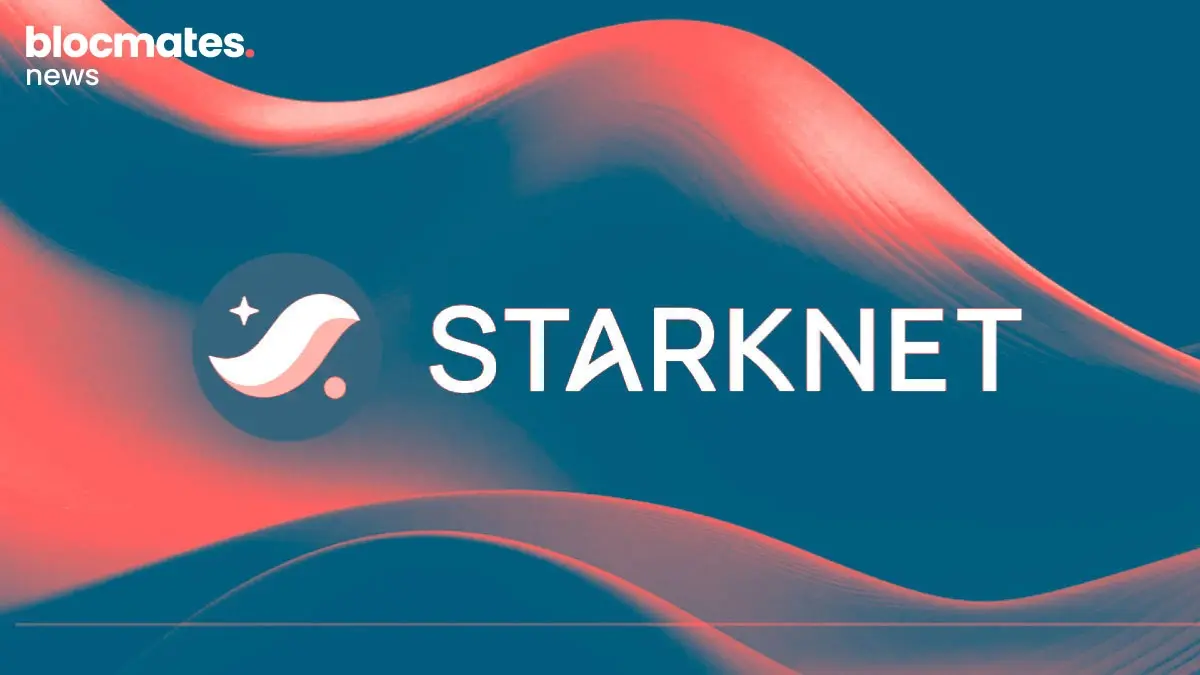




.webp)

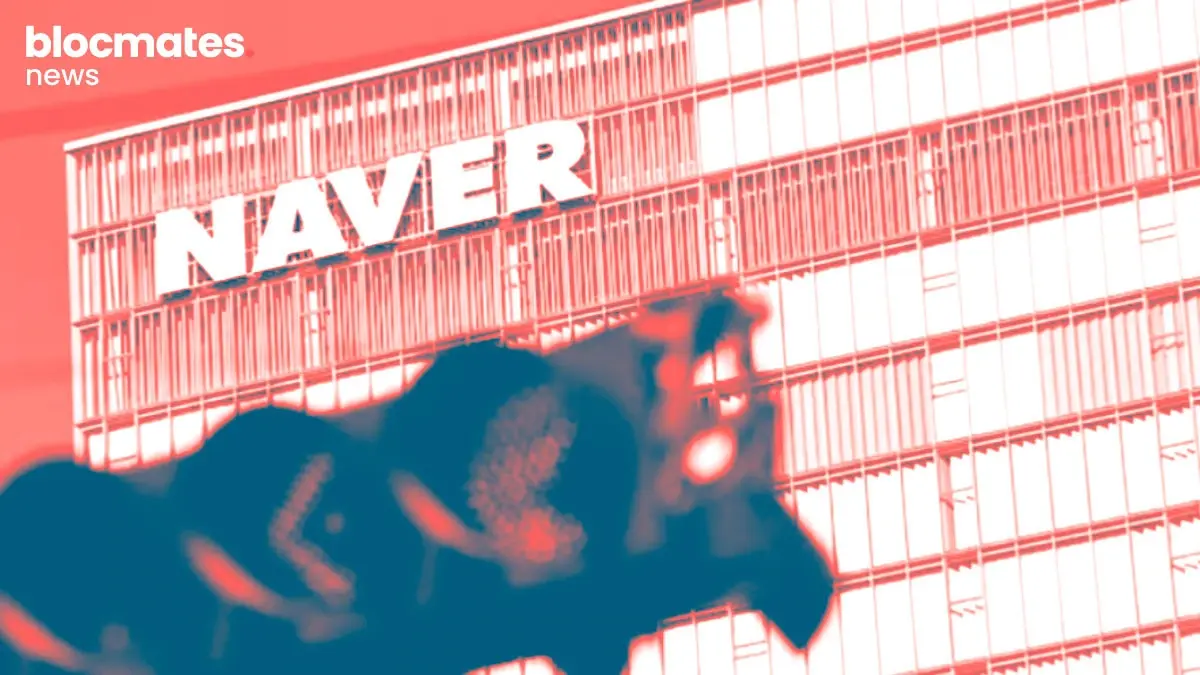
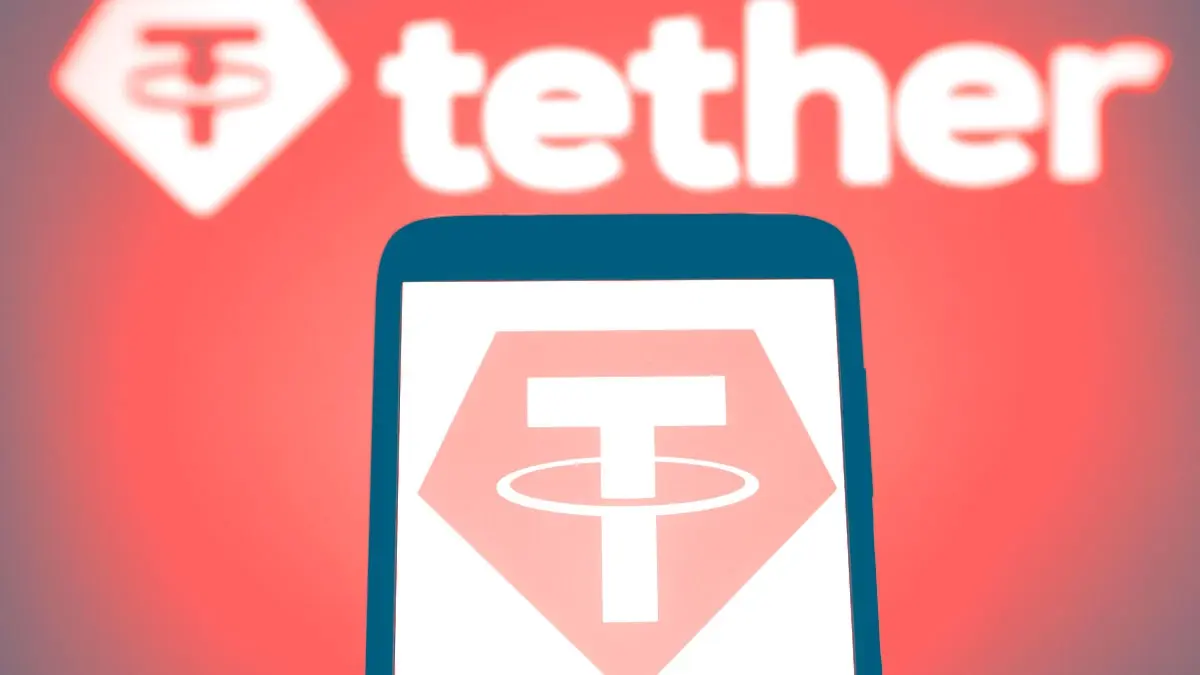

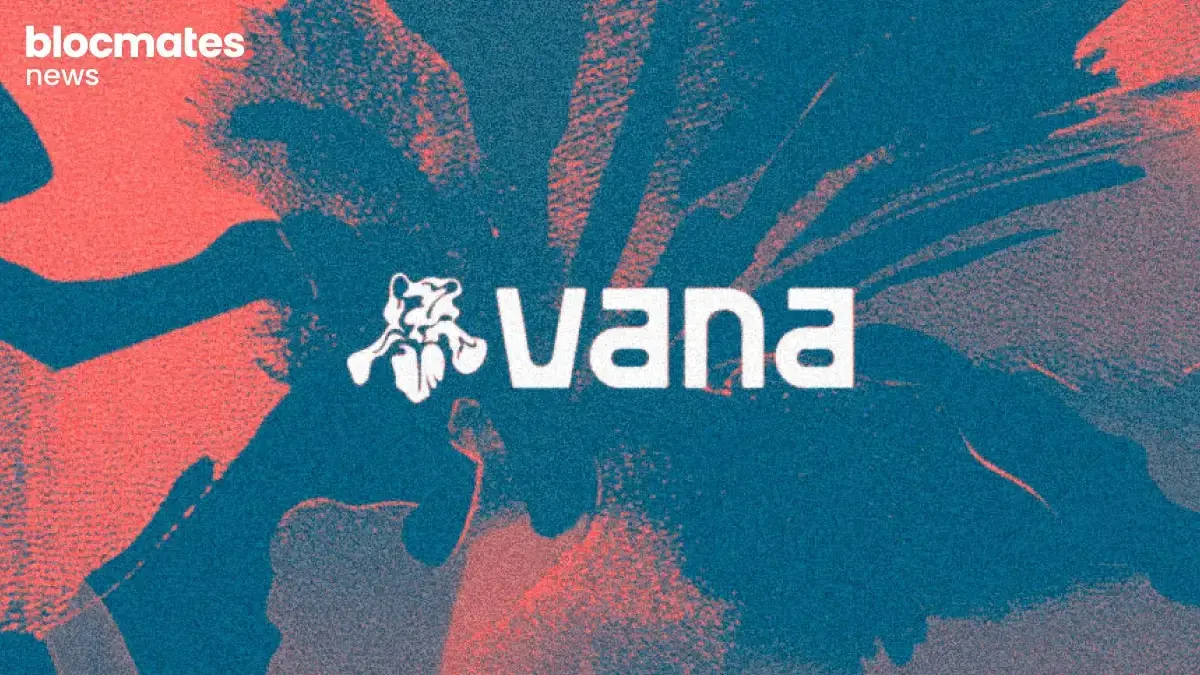
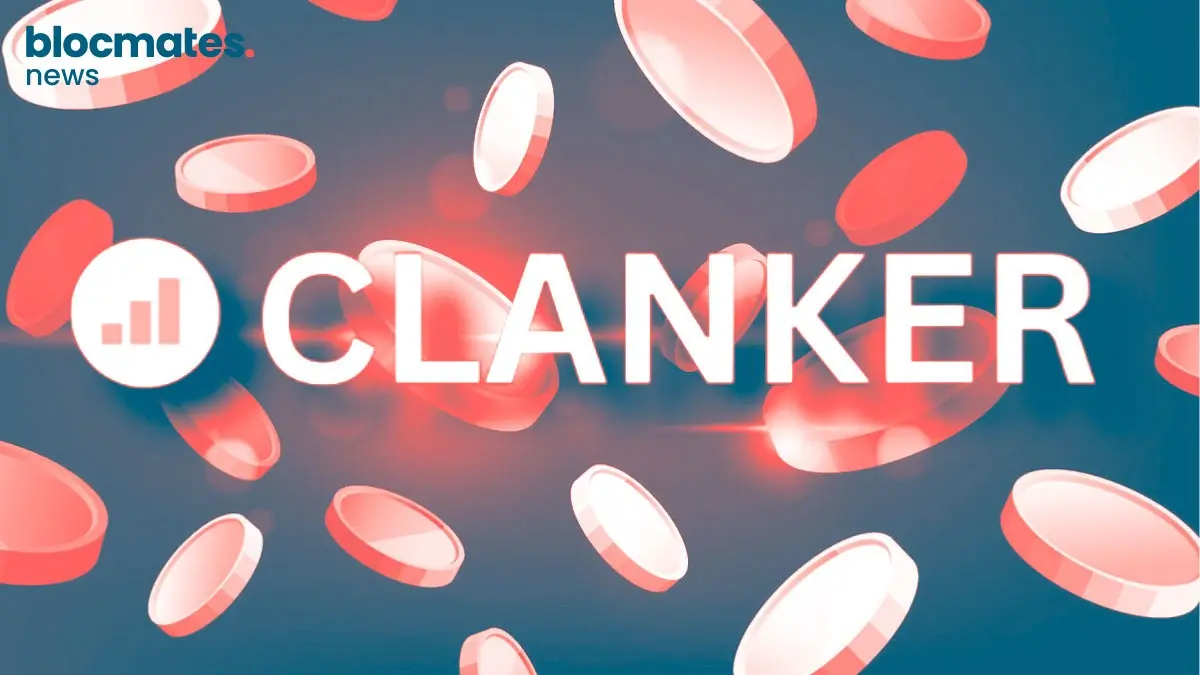
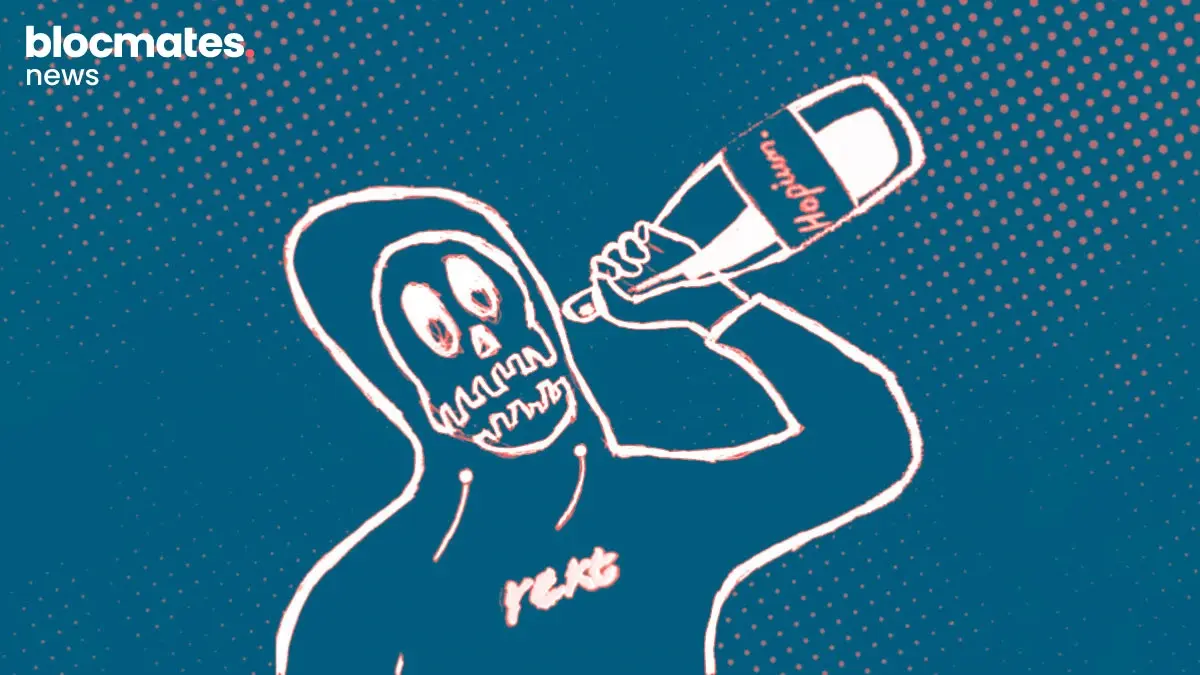

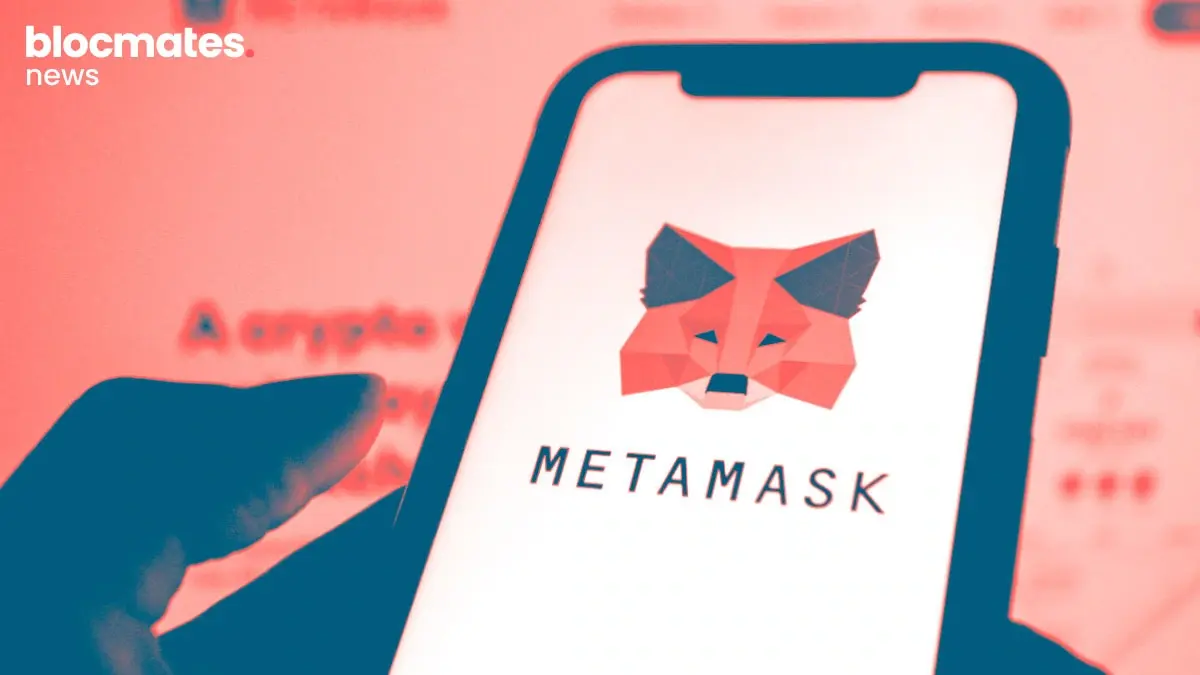
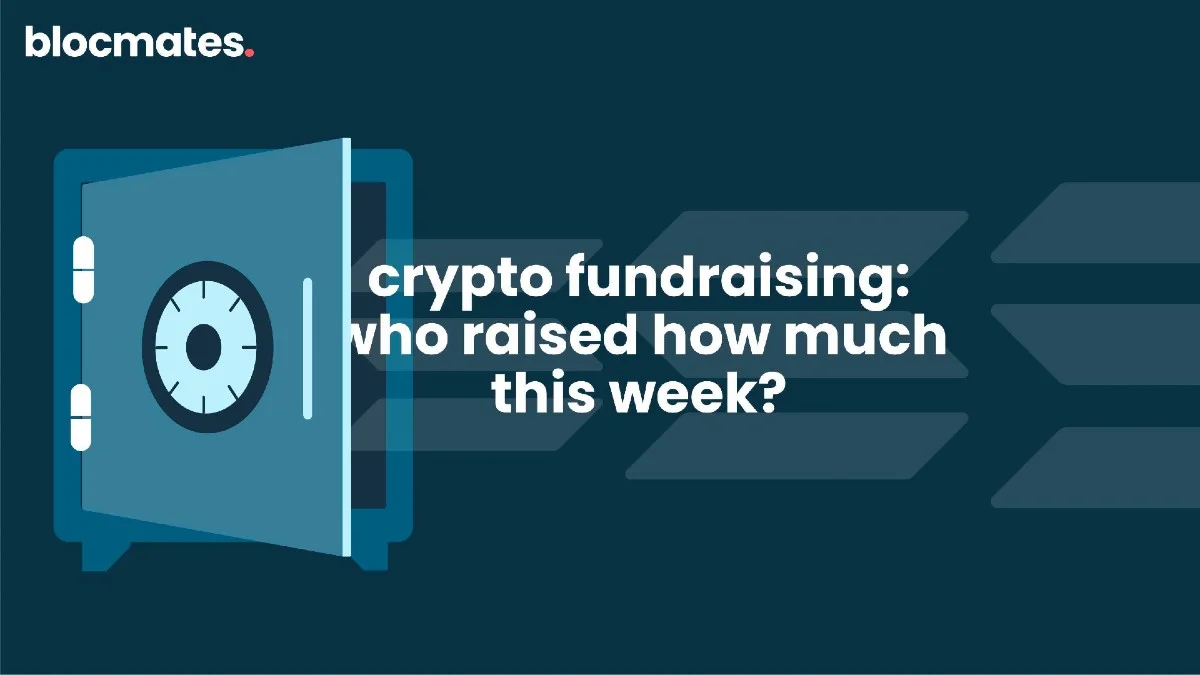
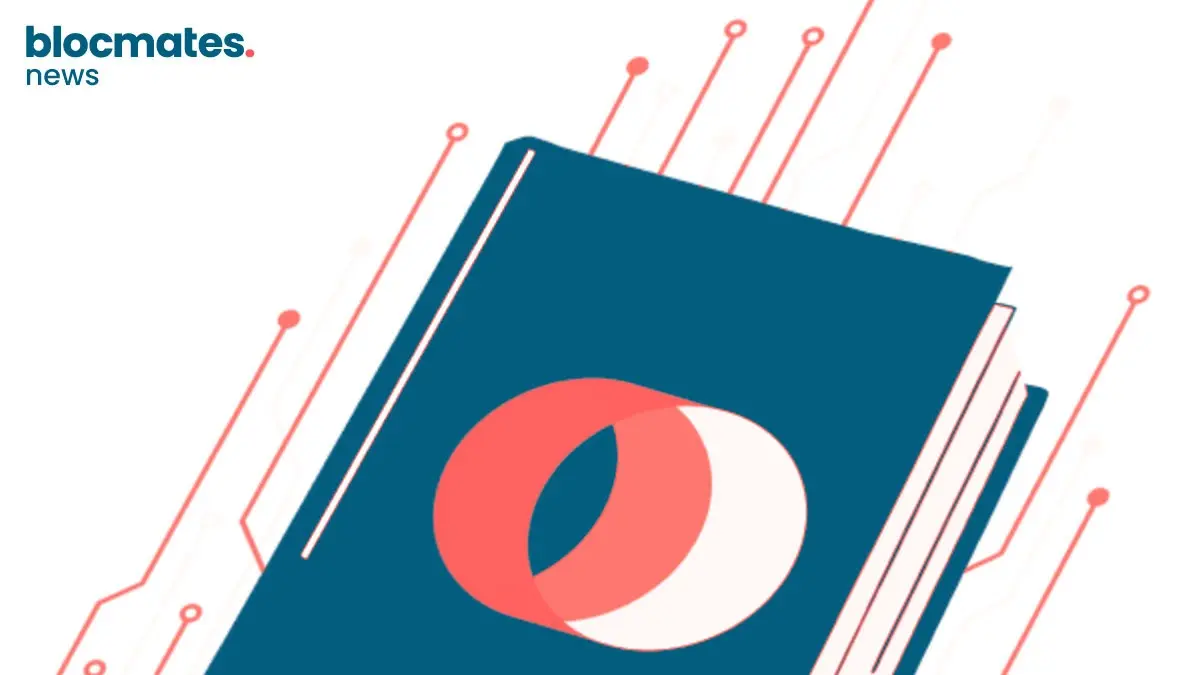

.webp)


